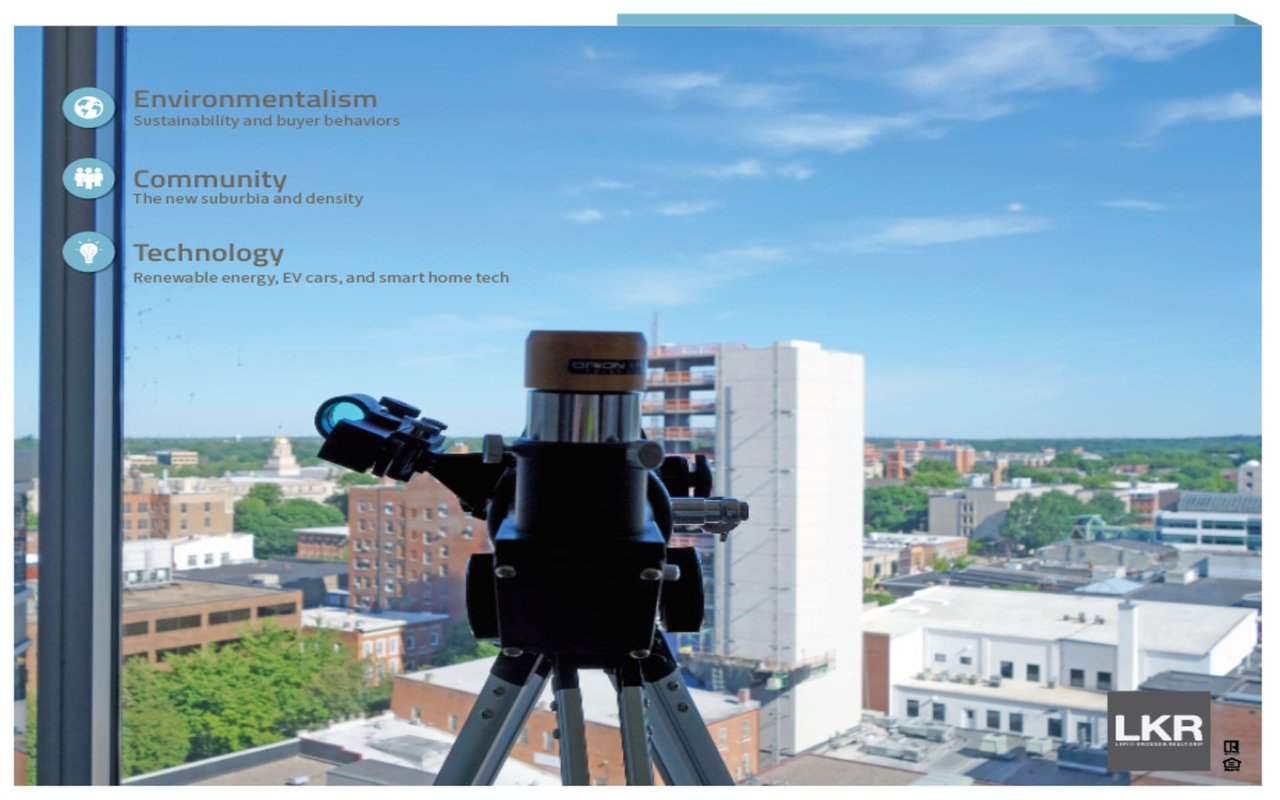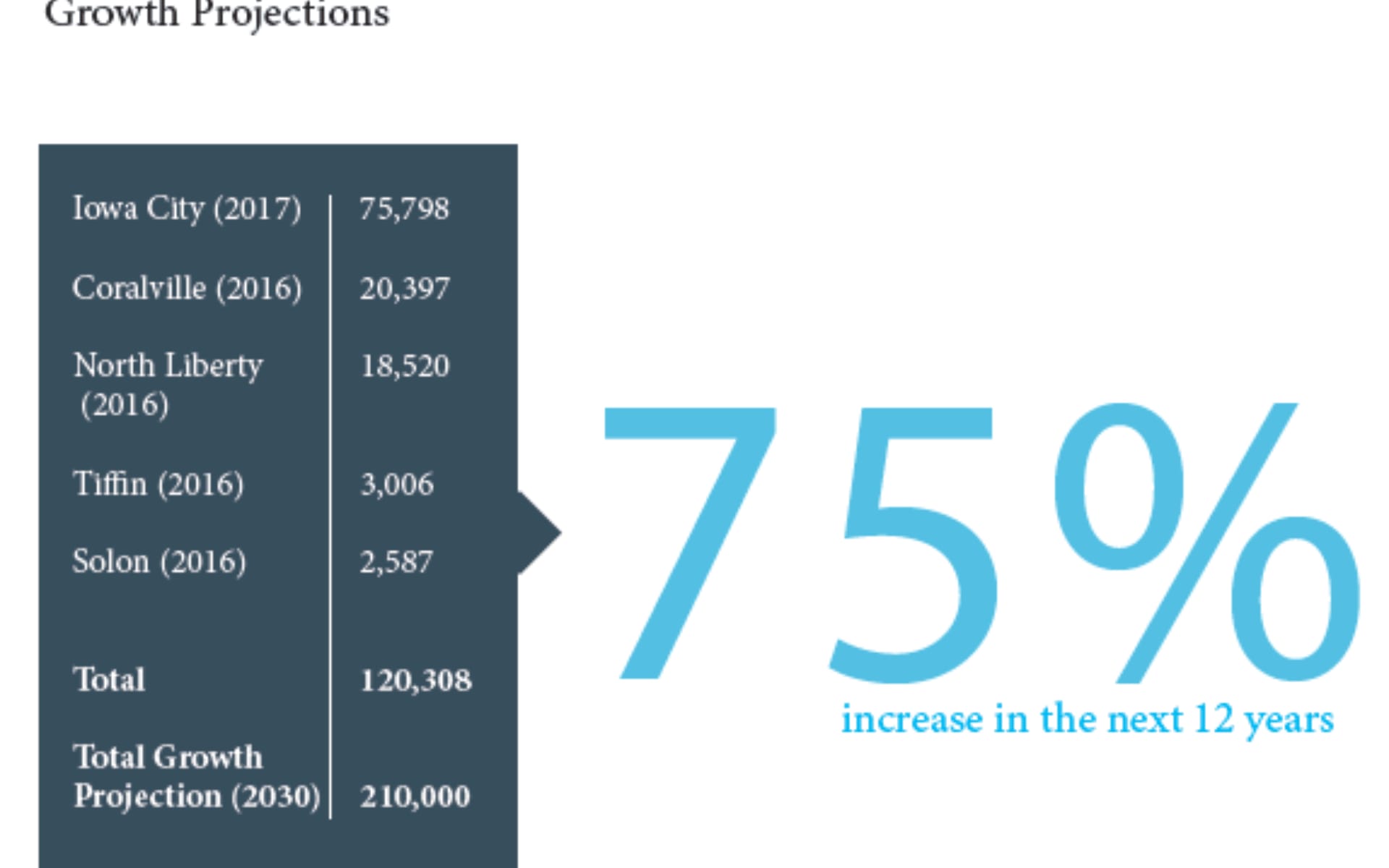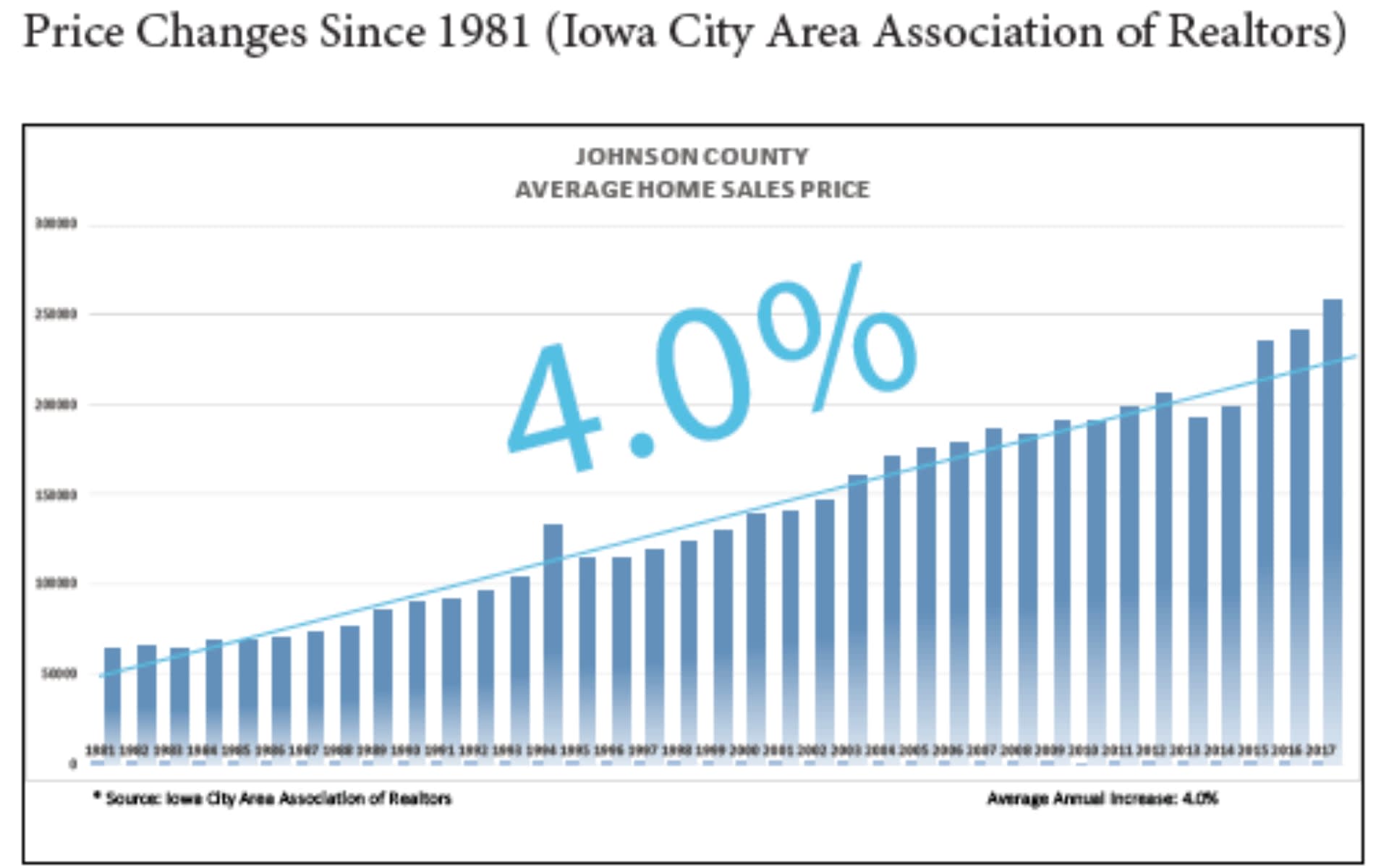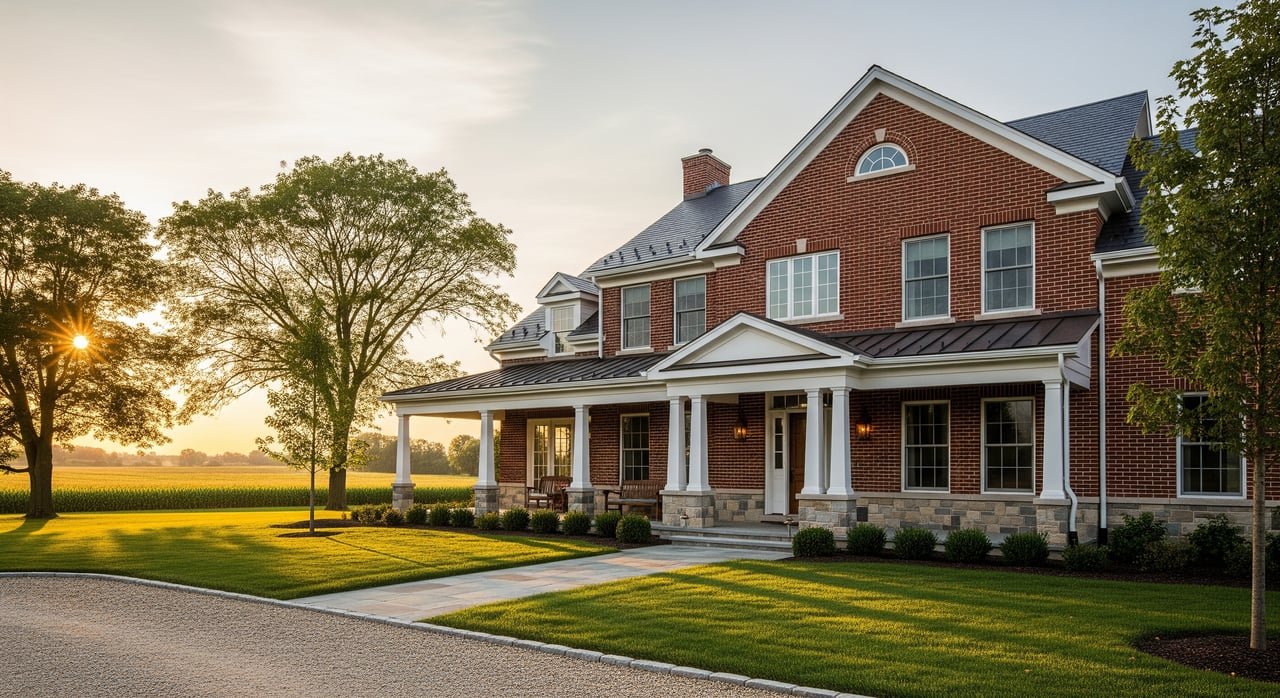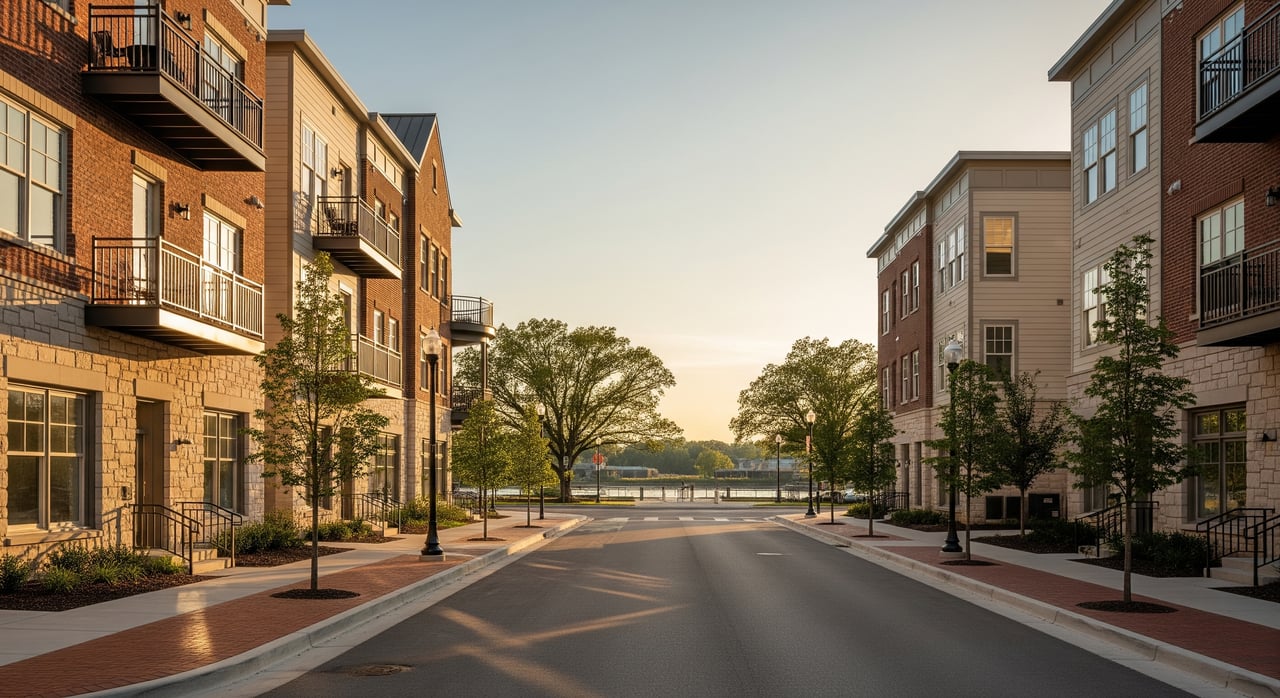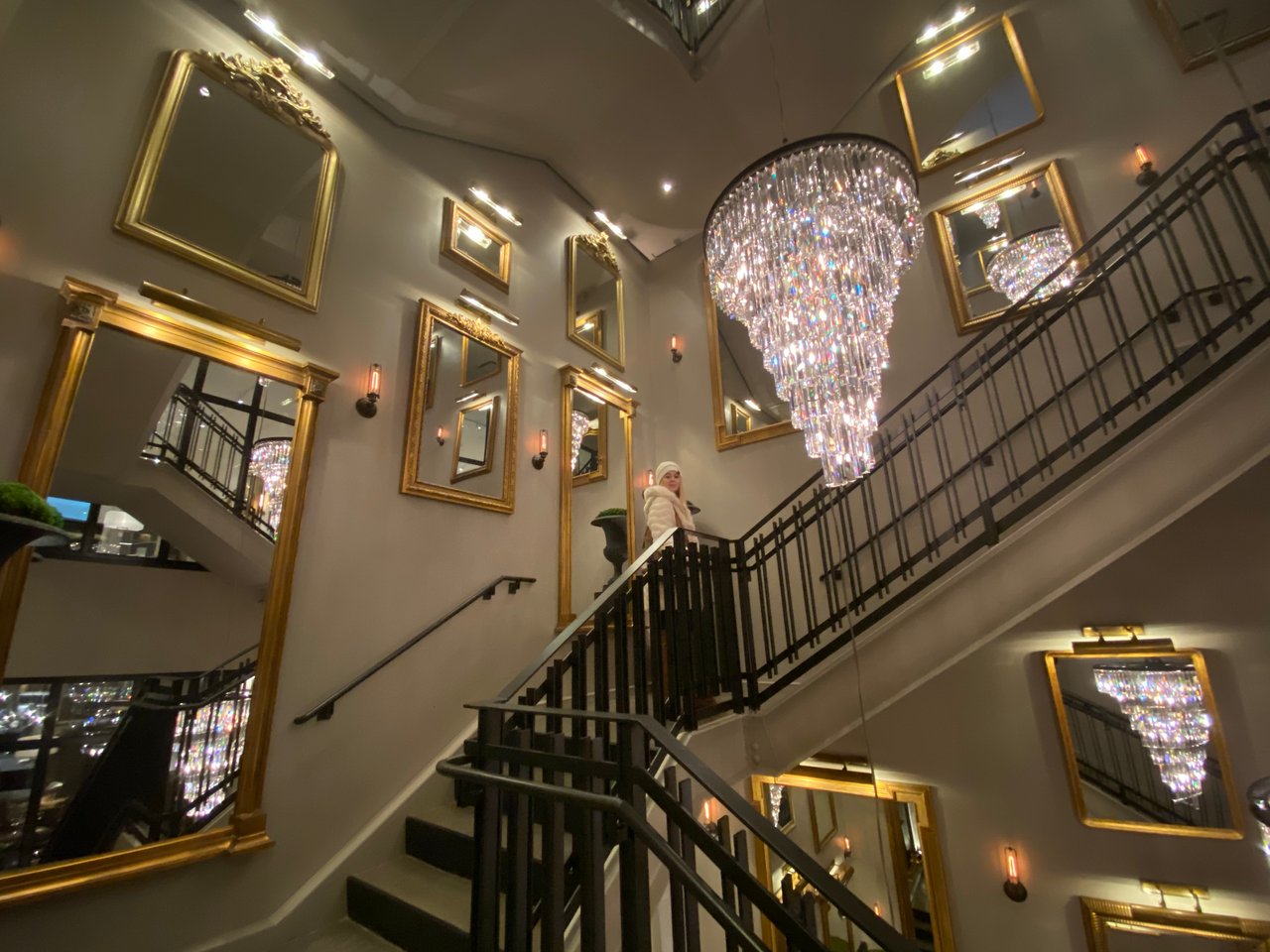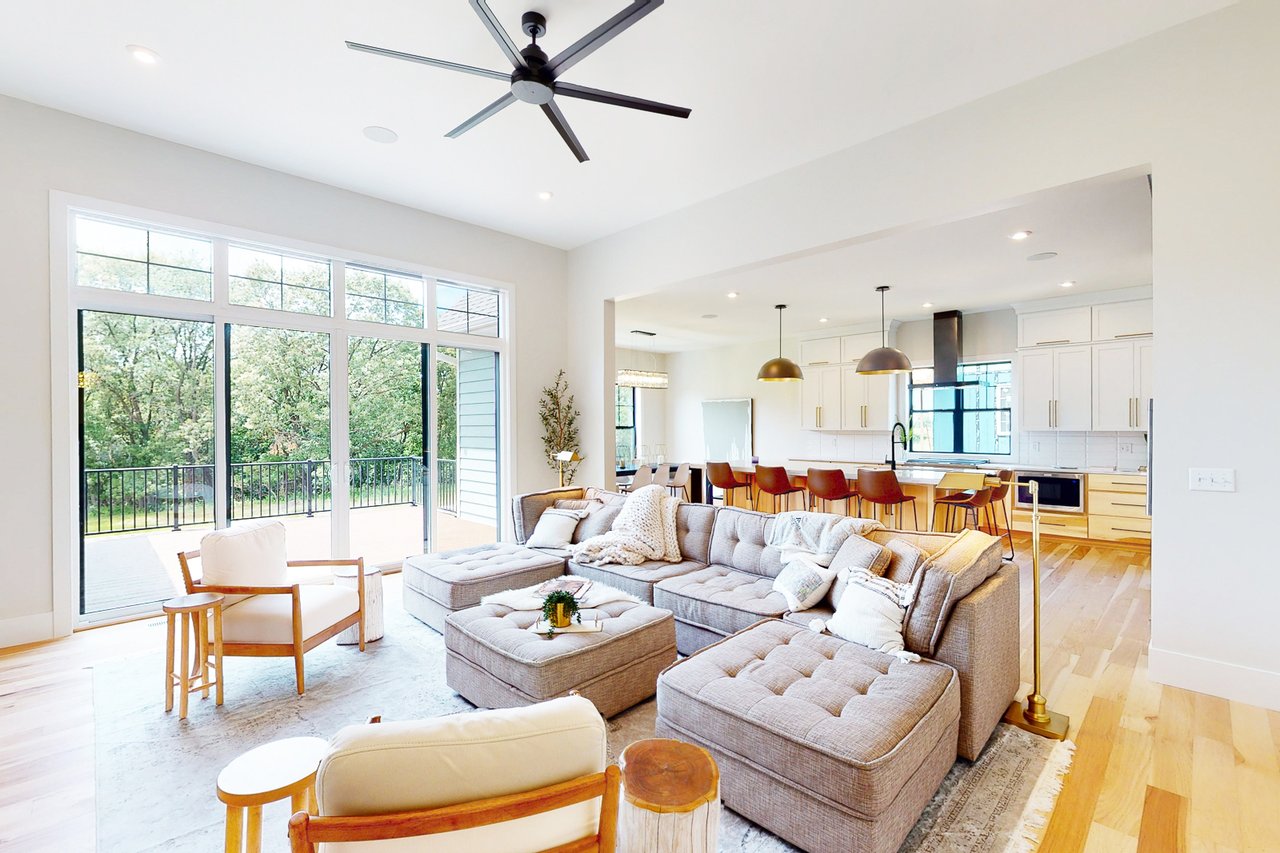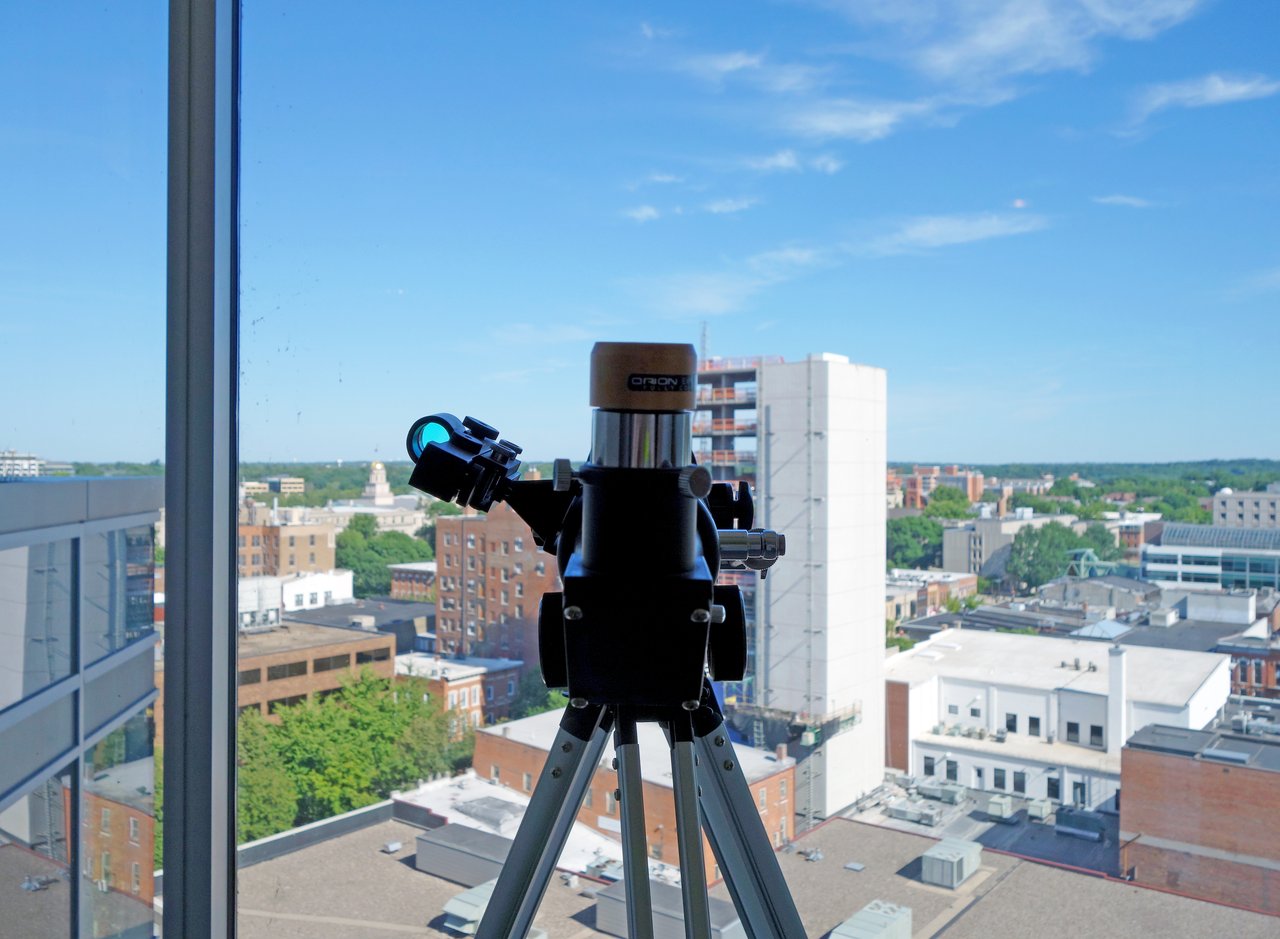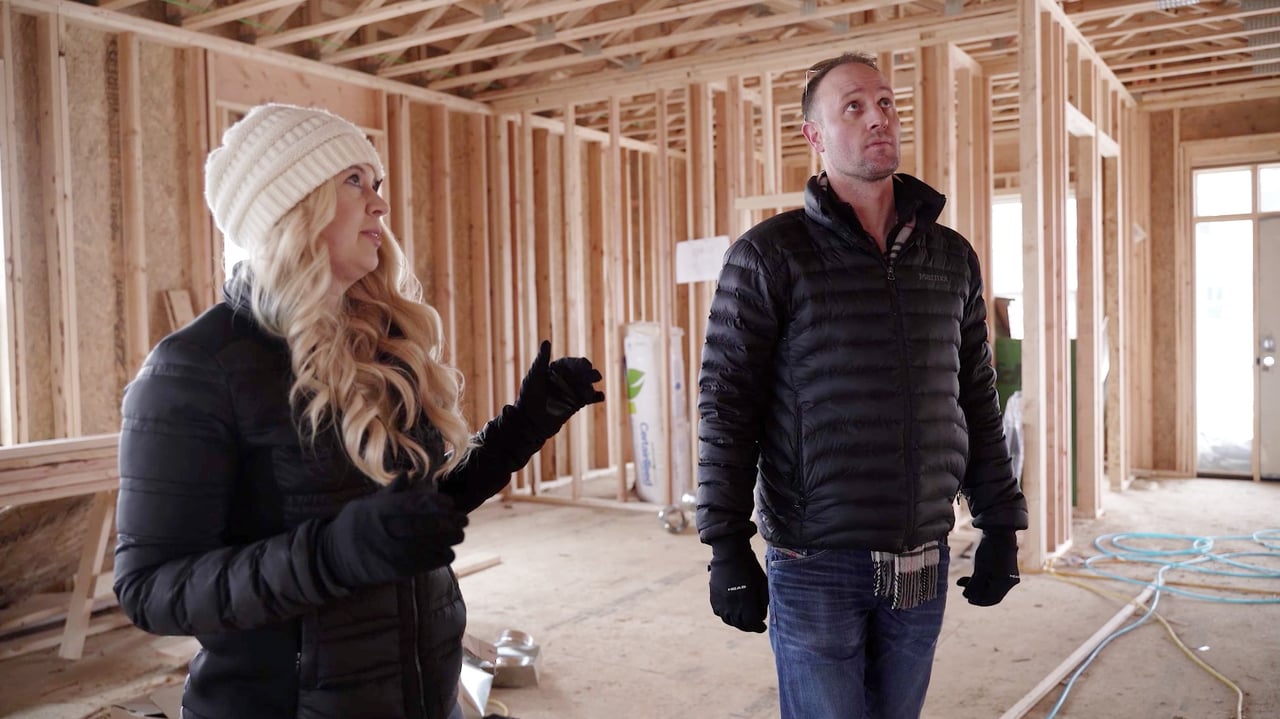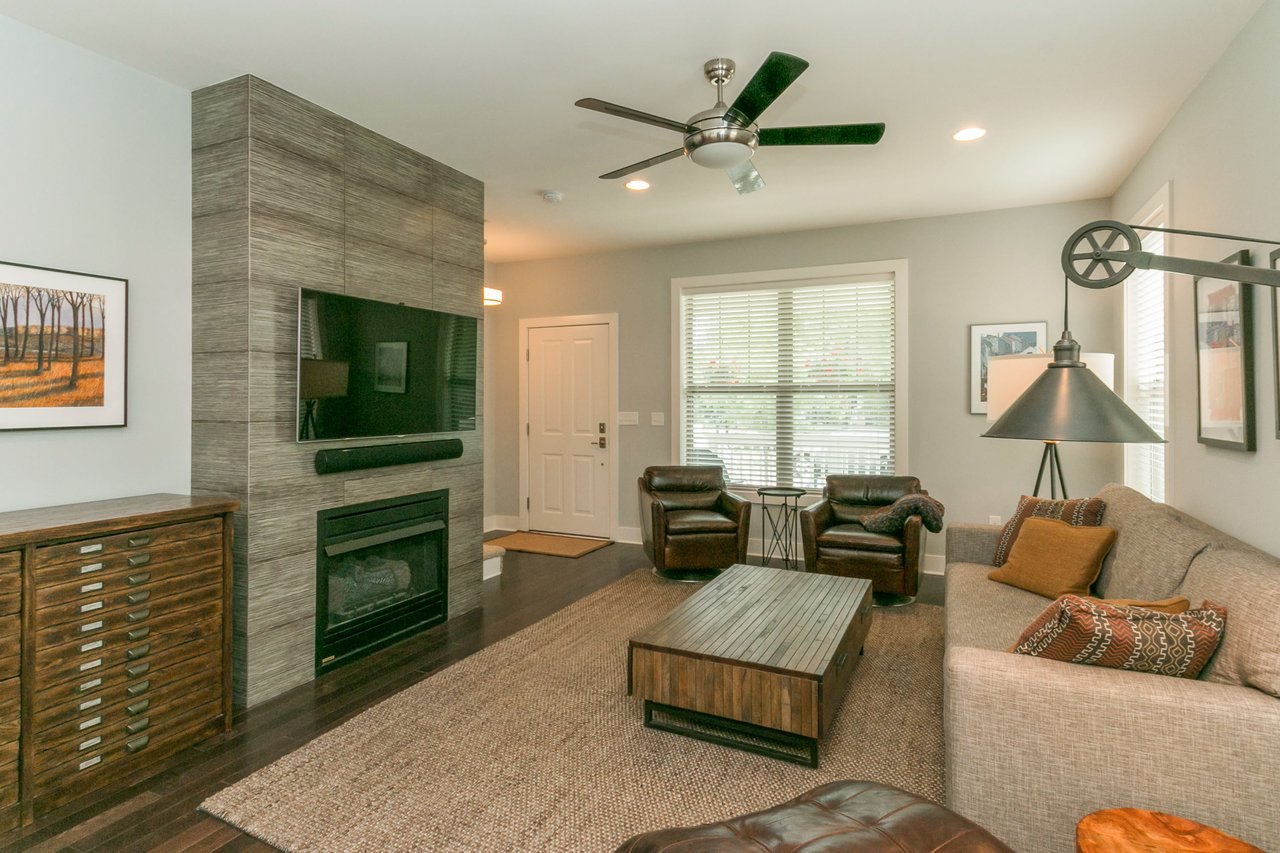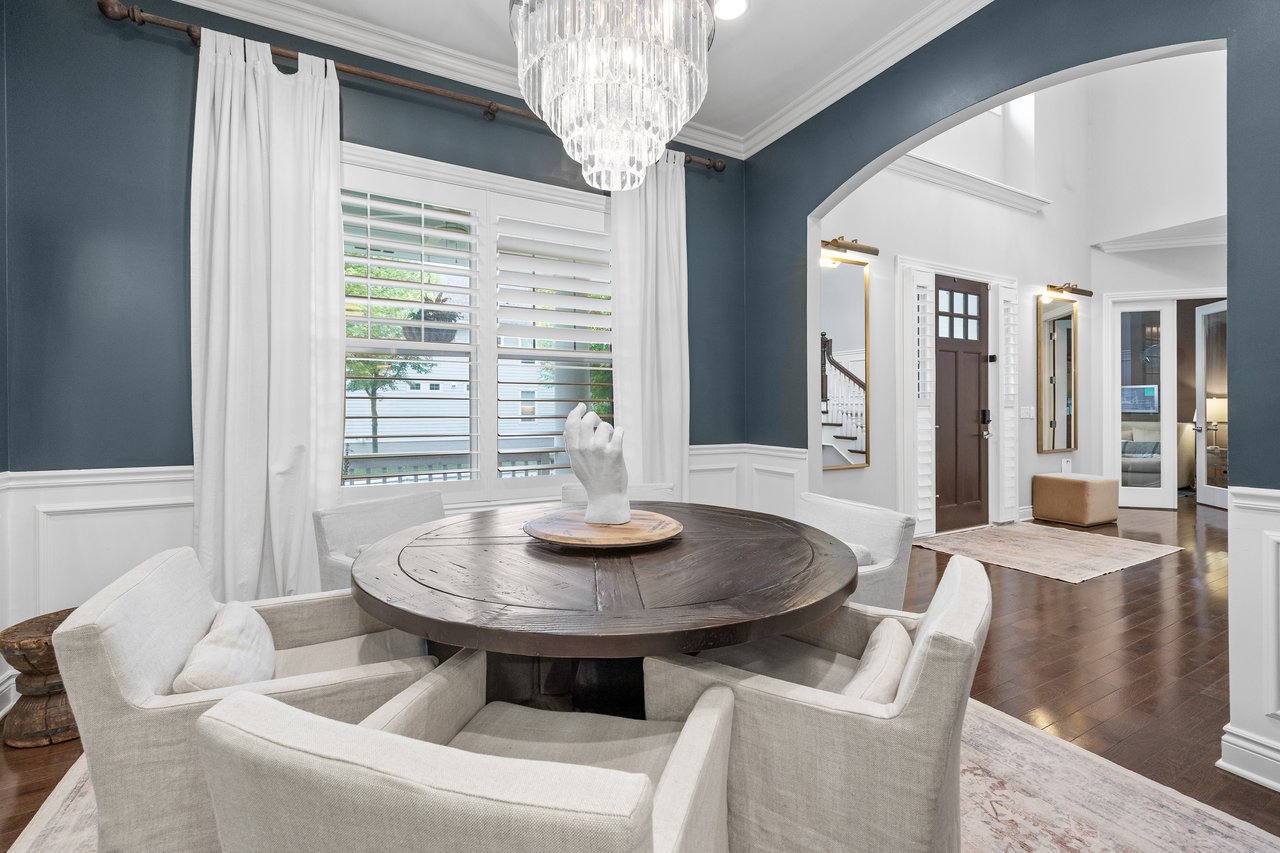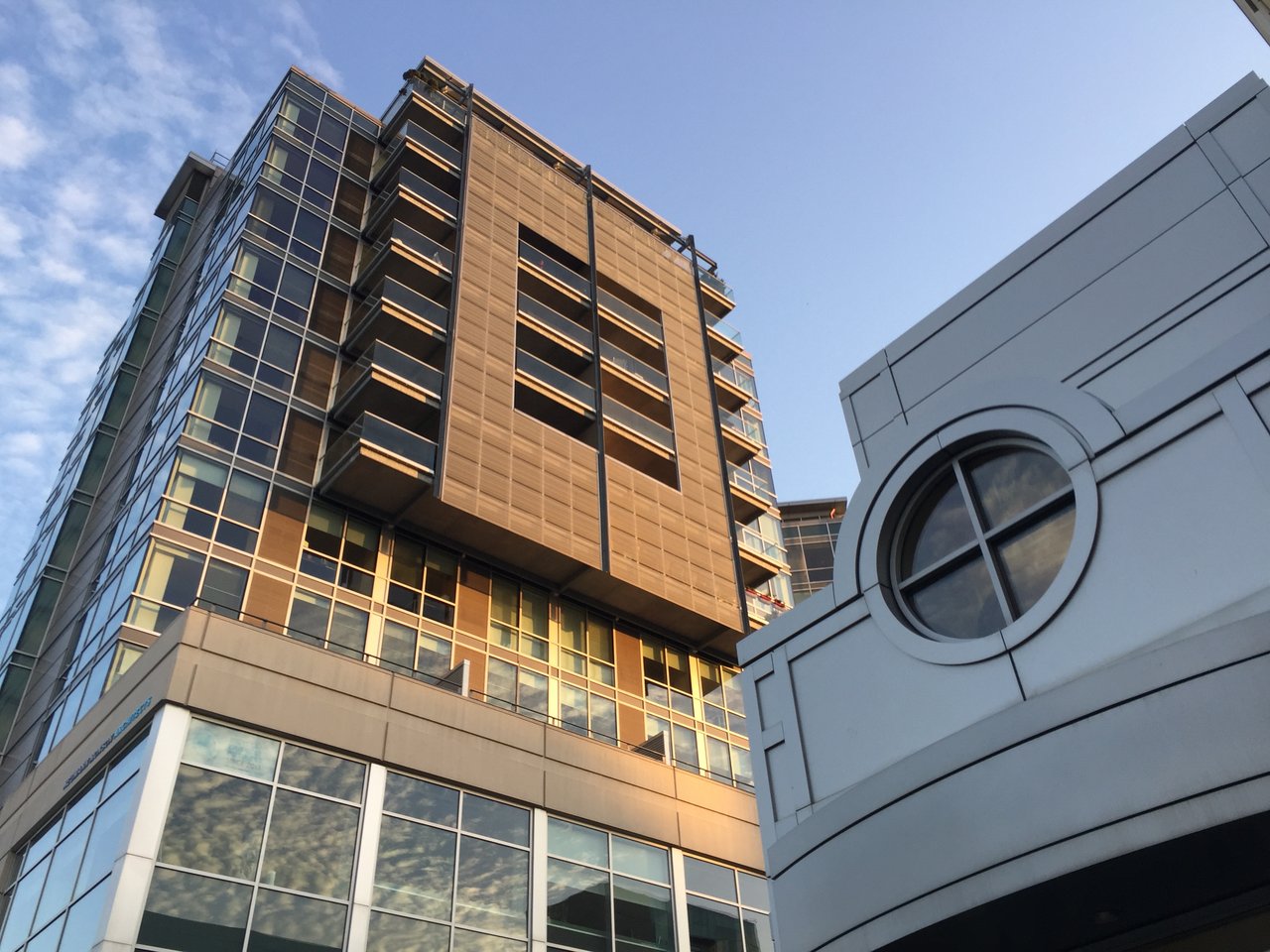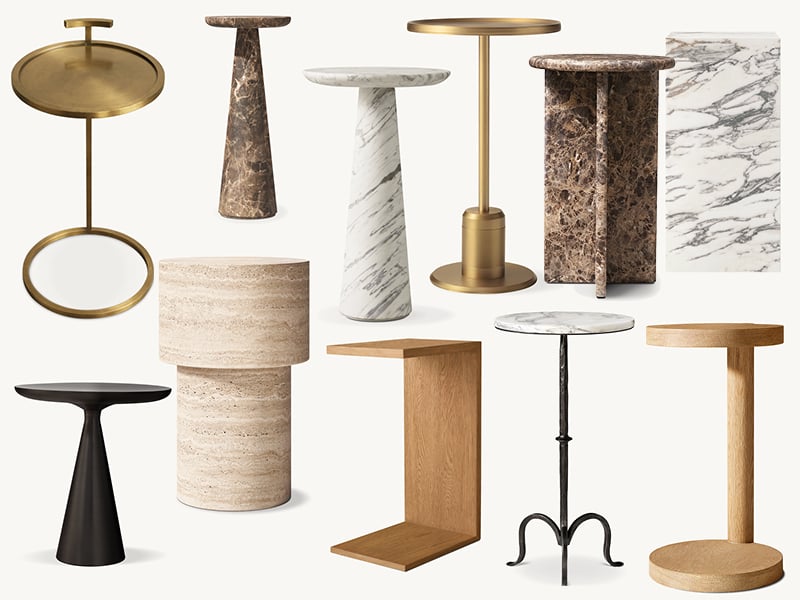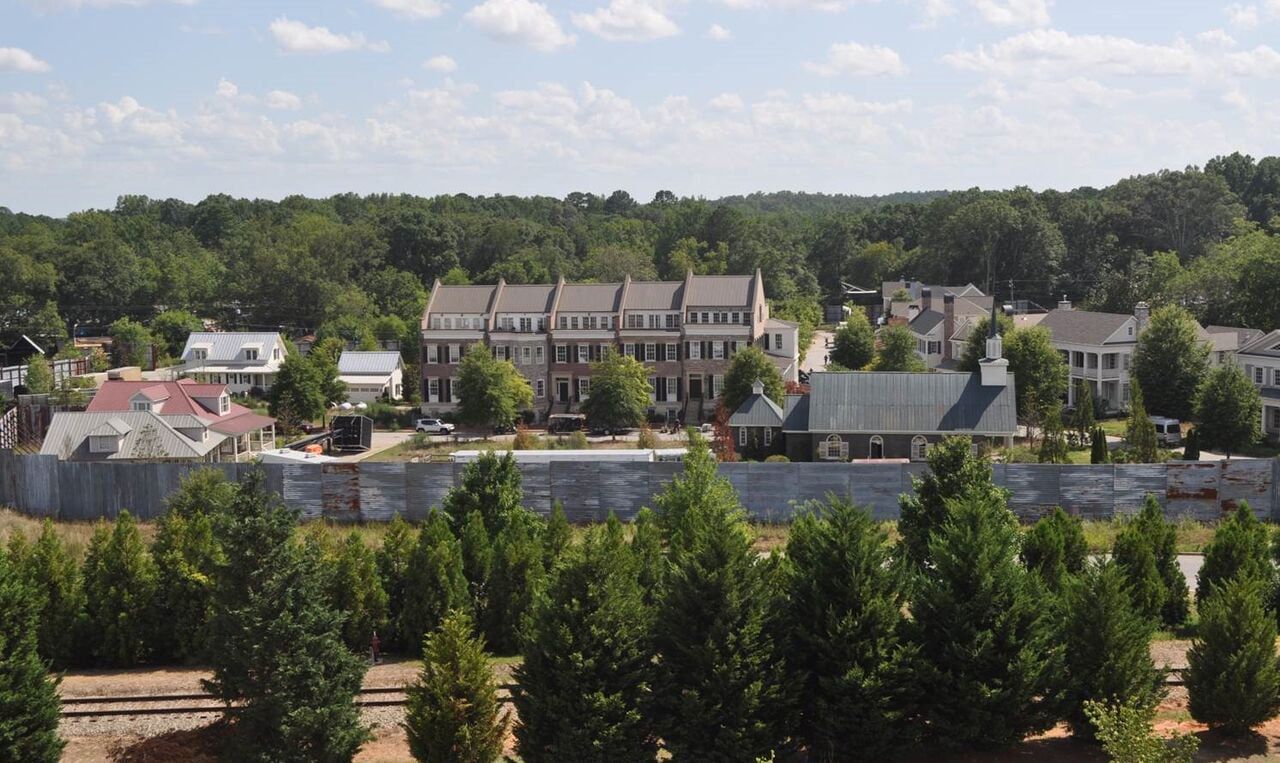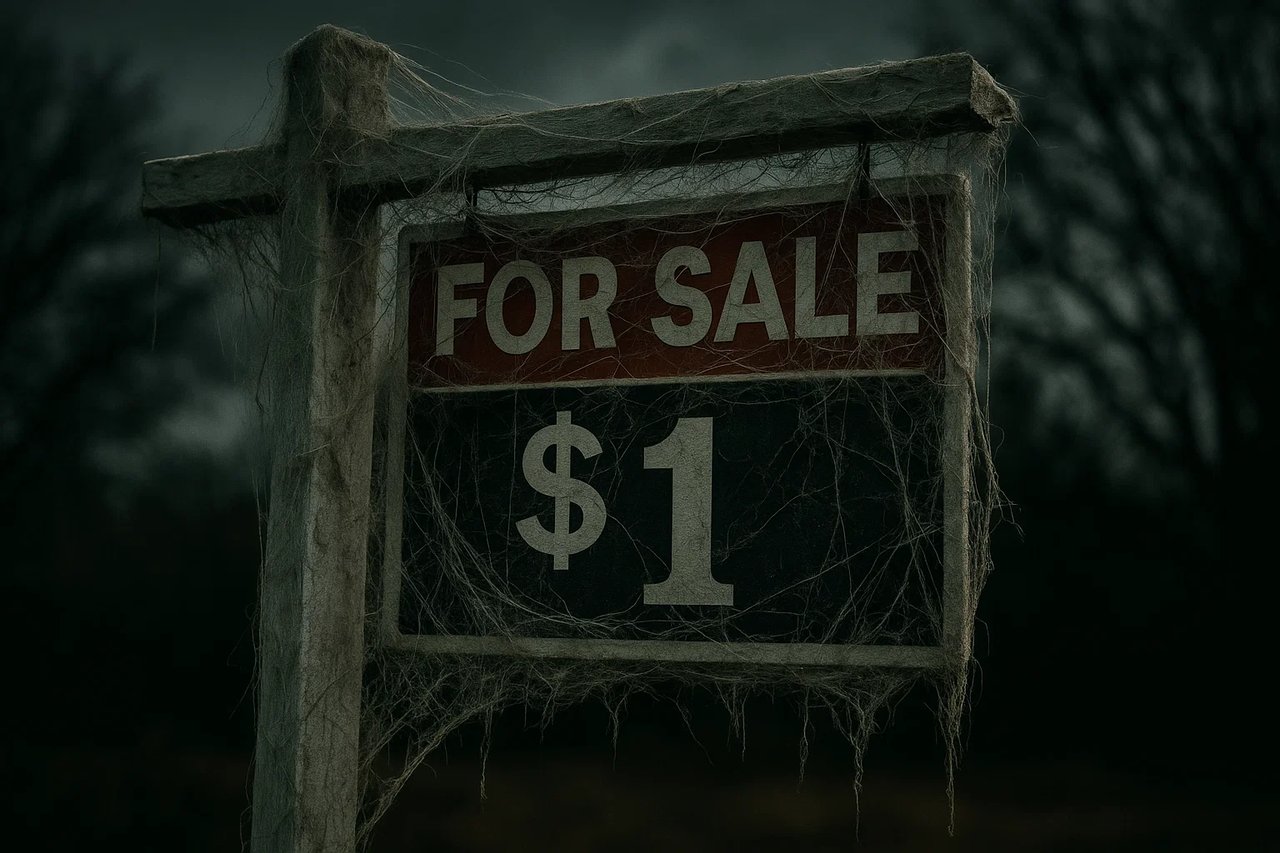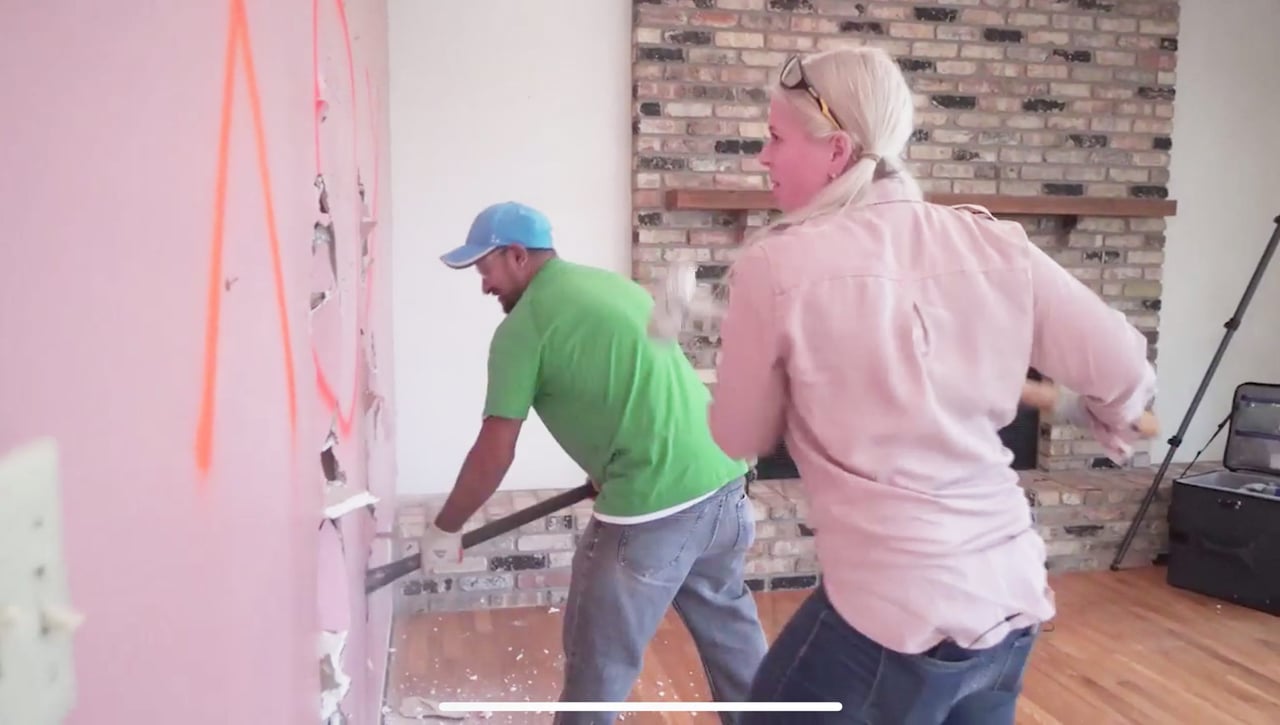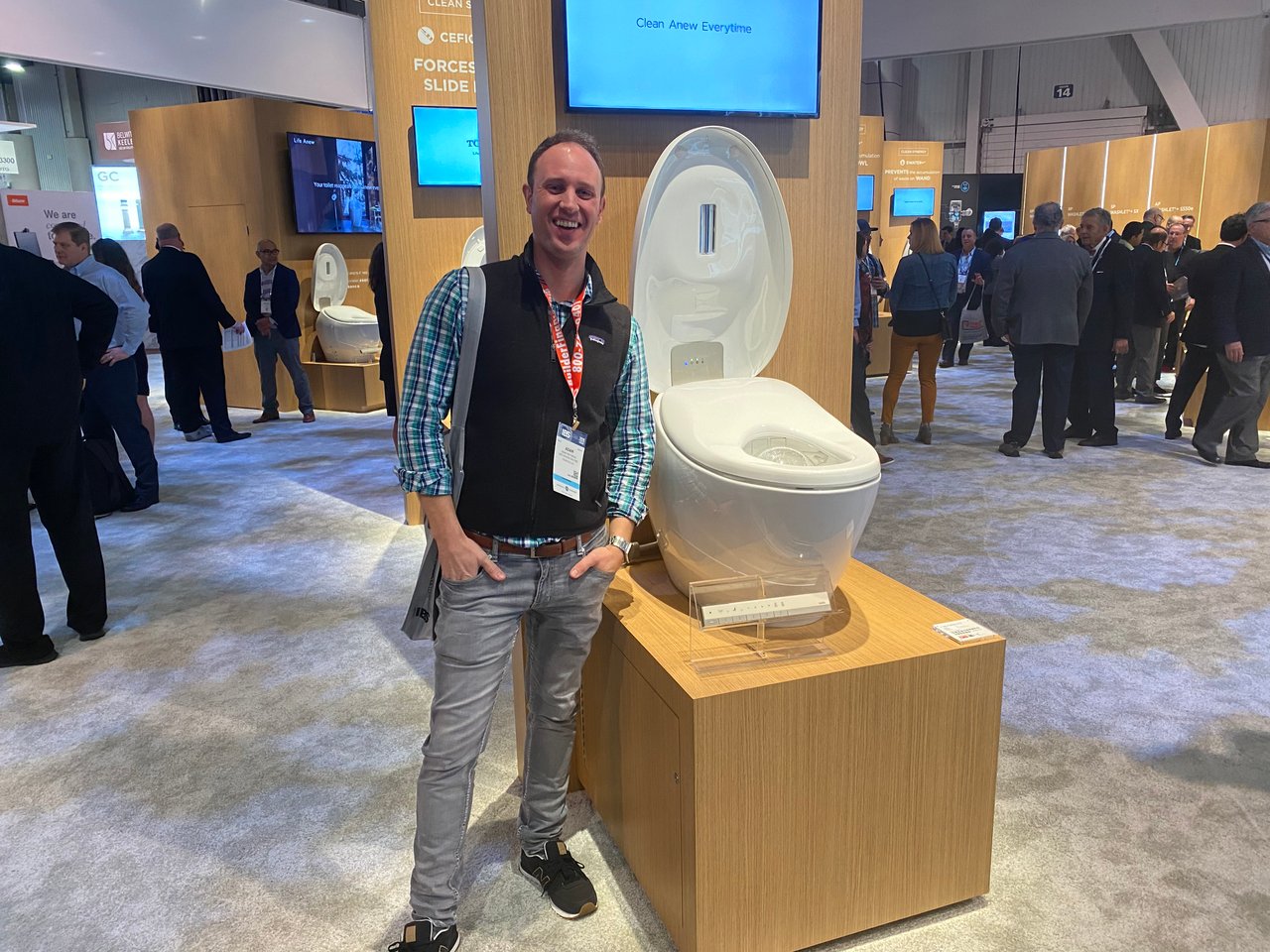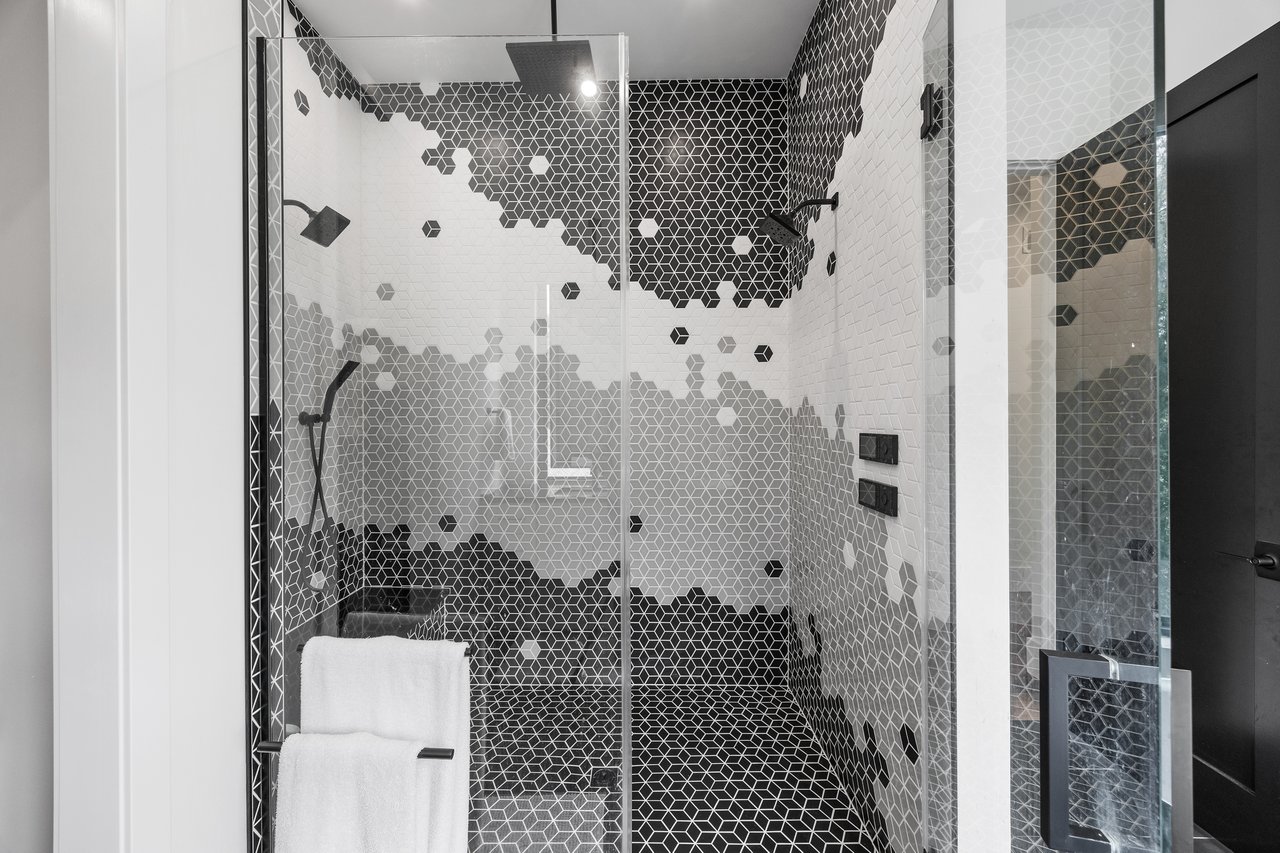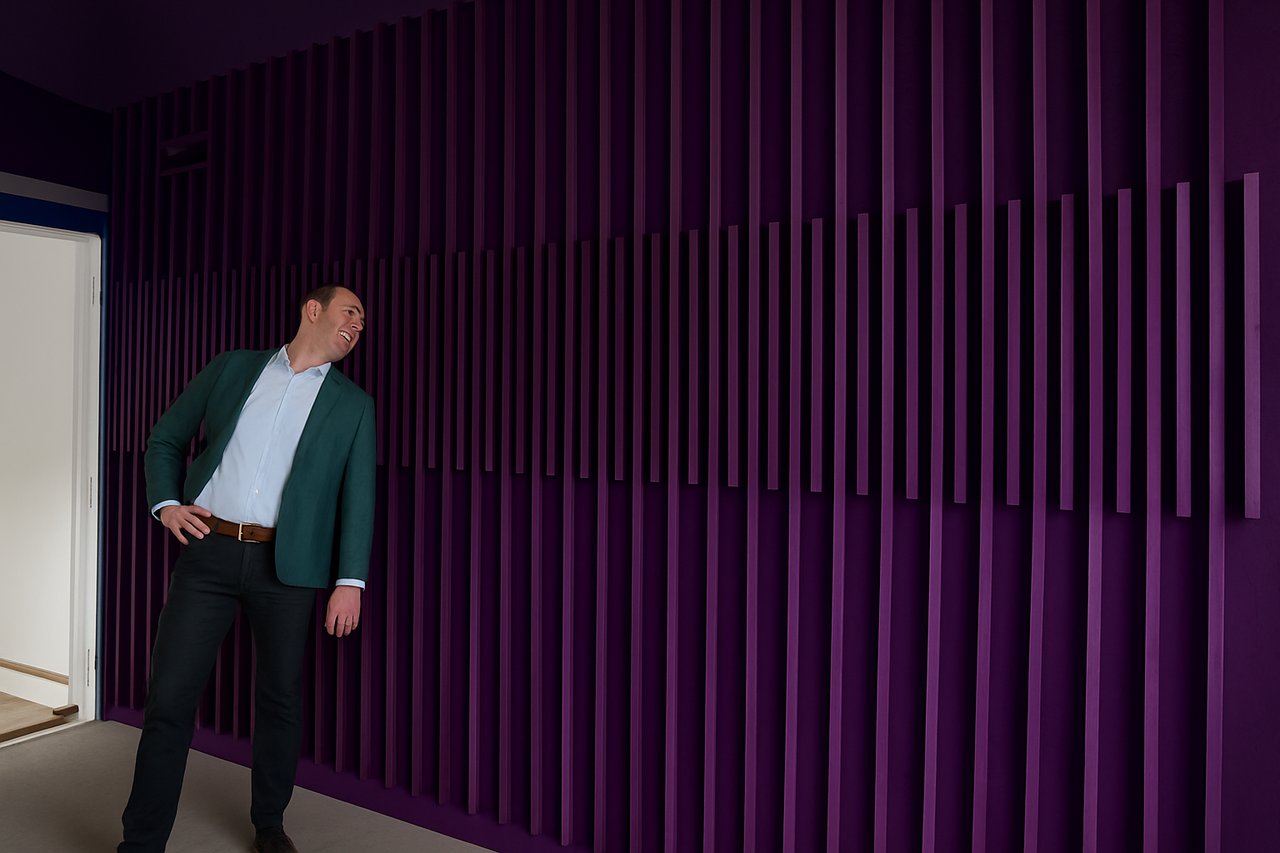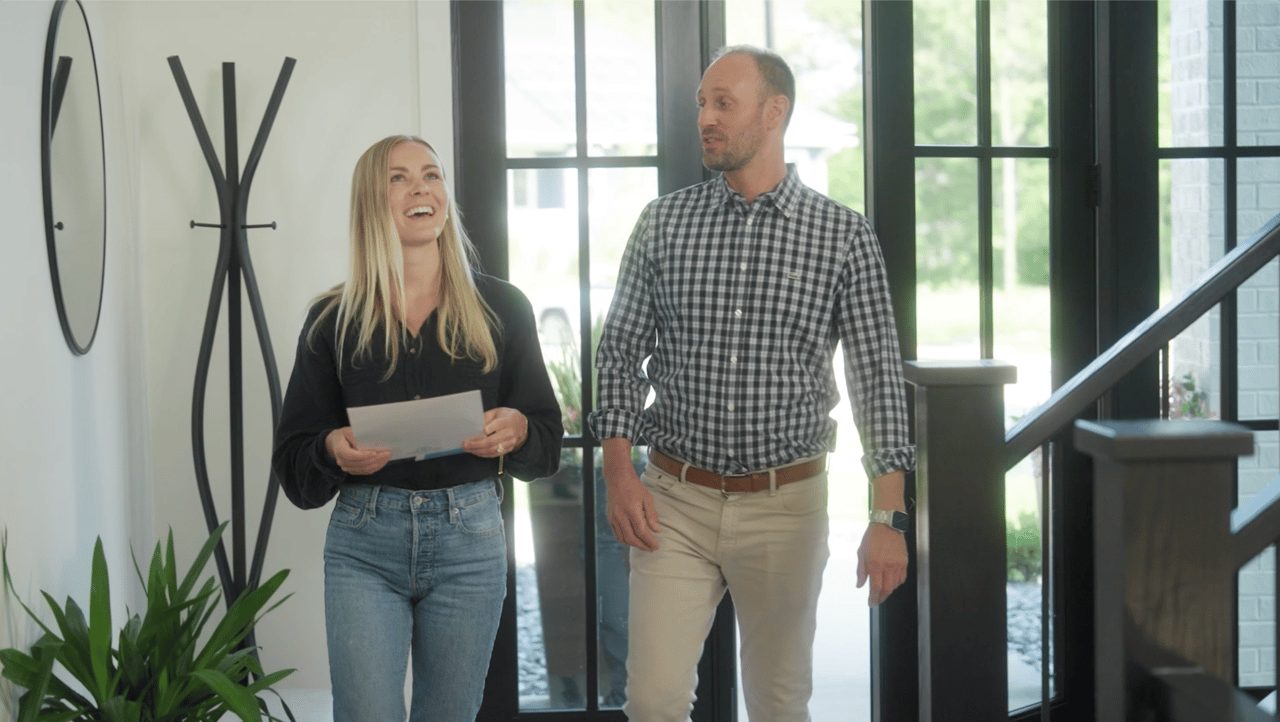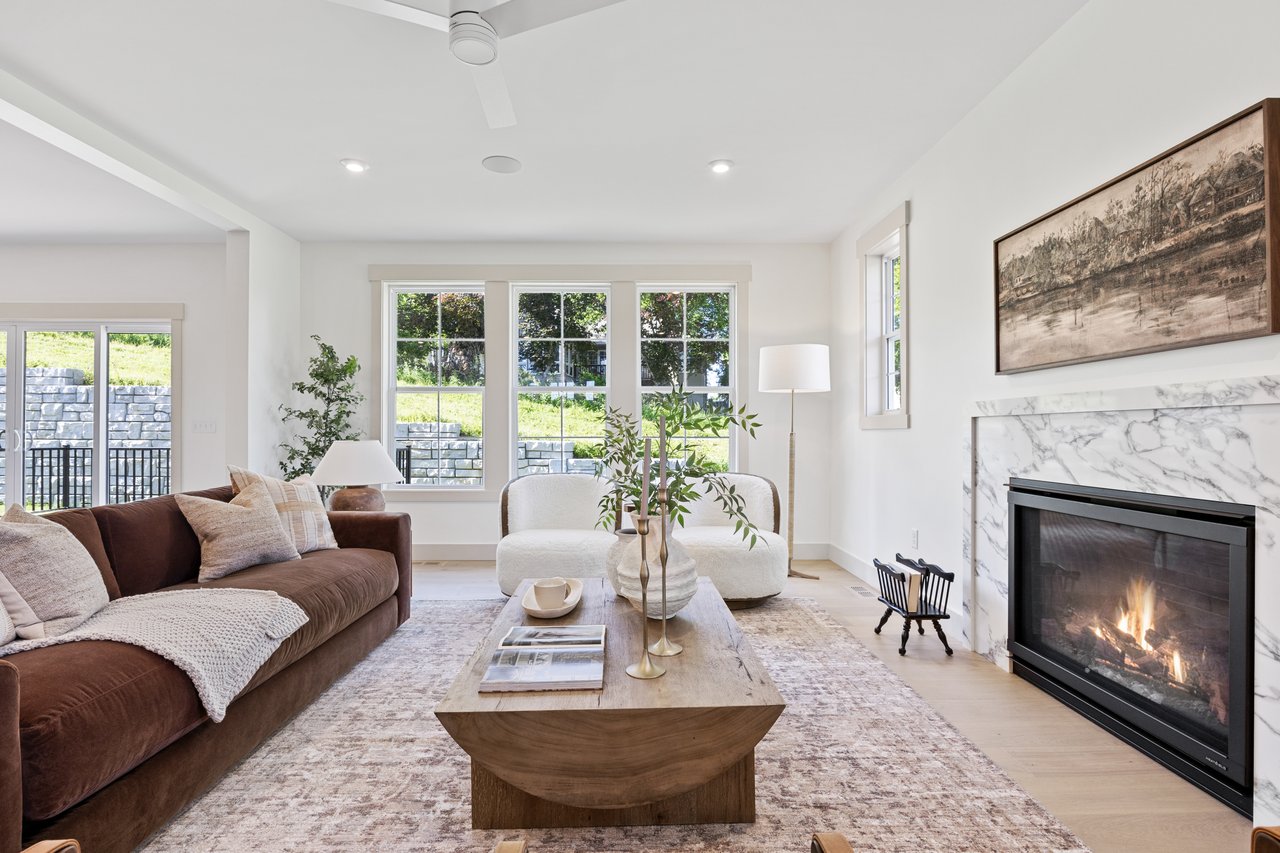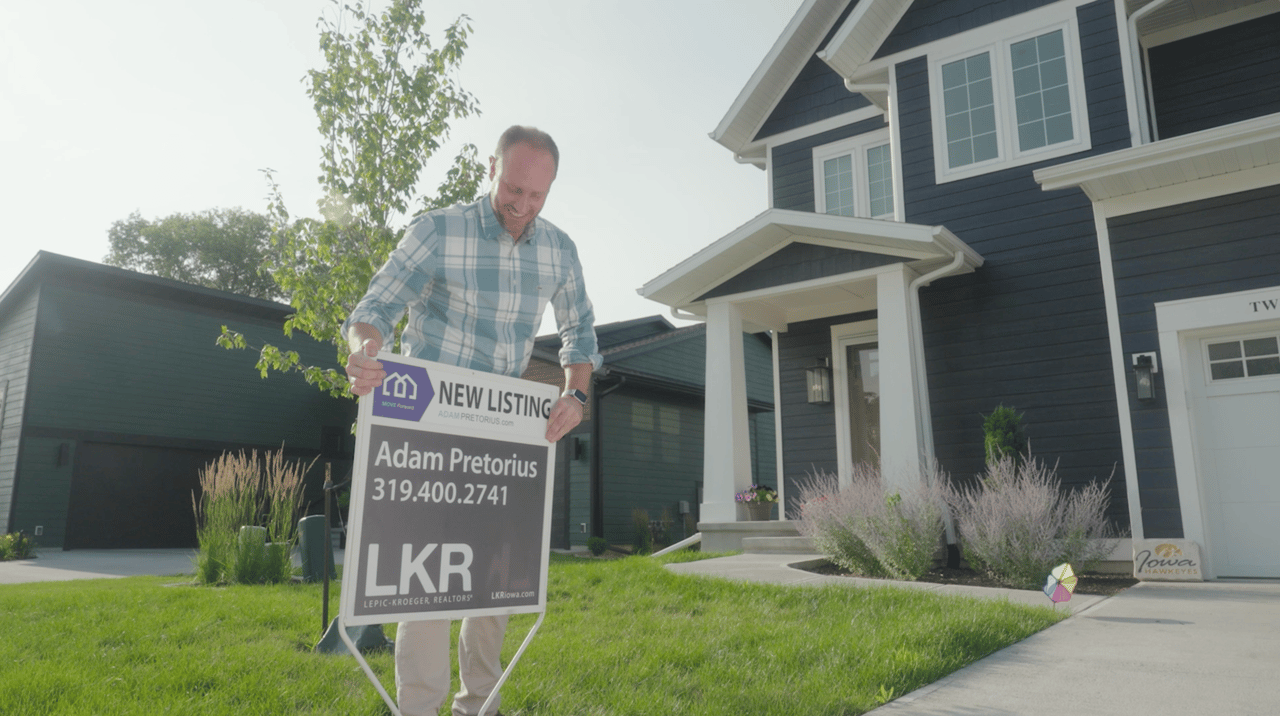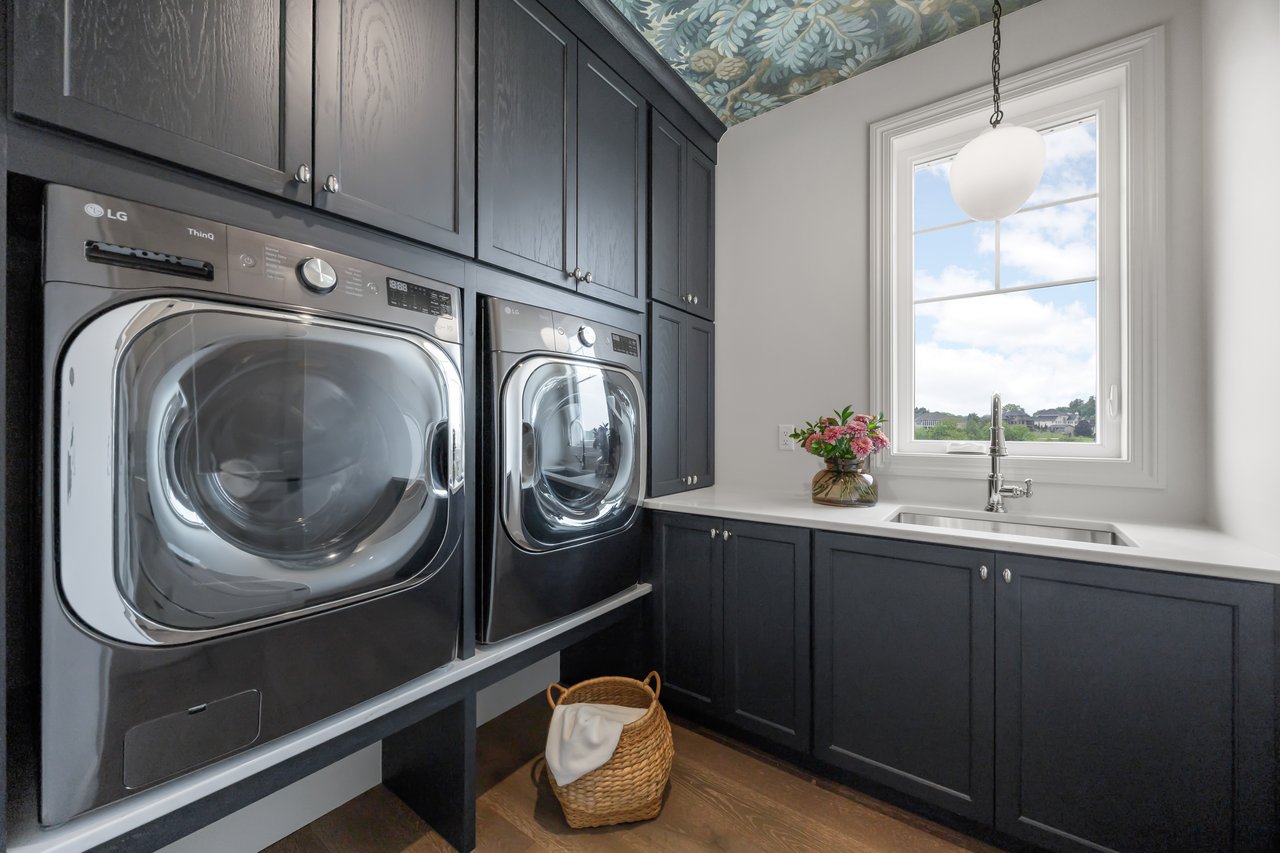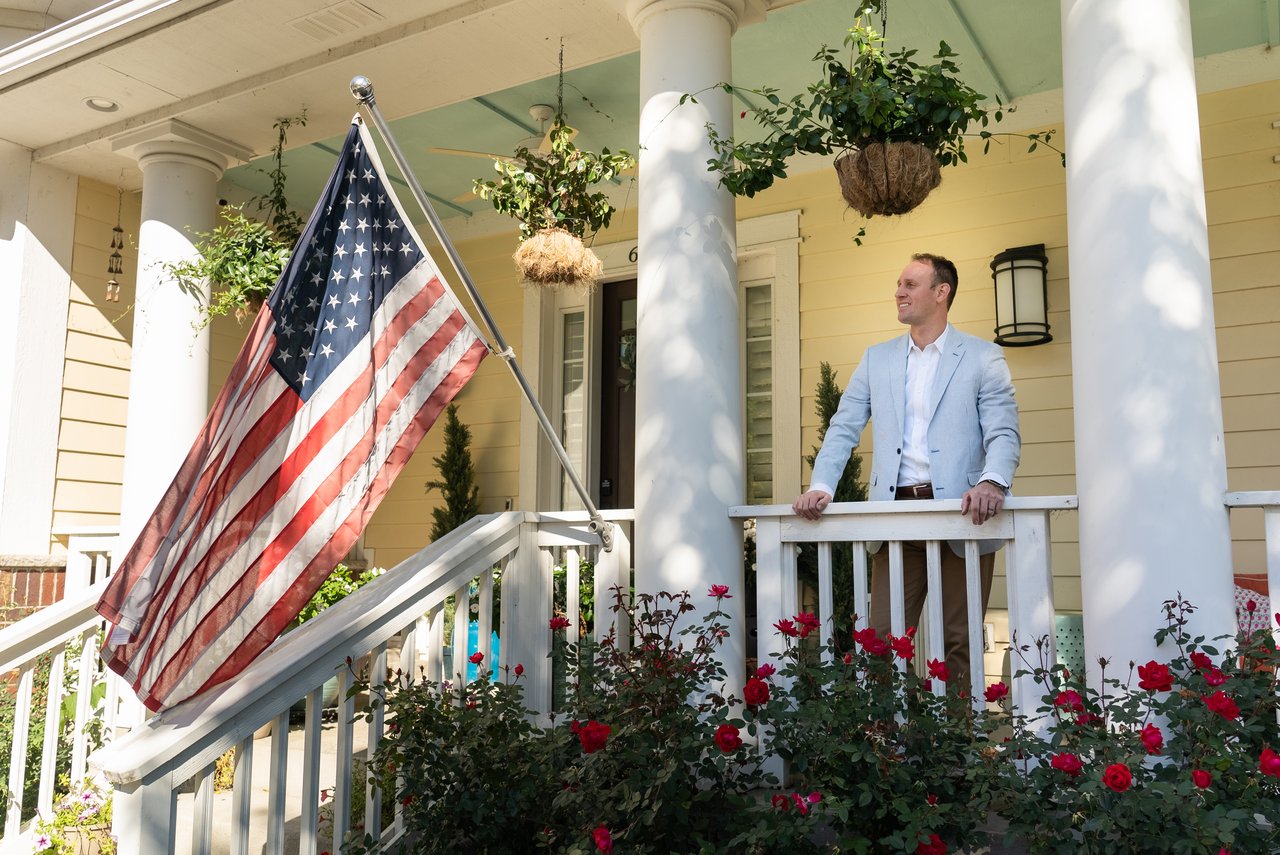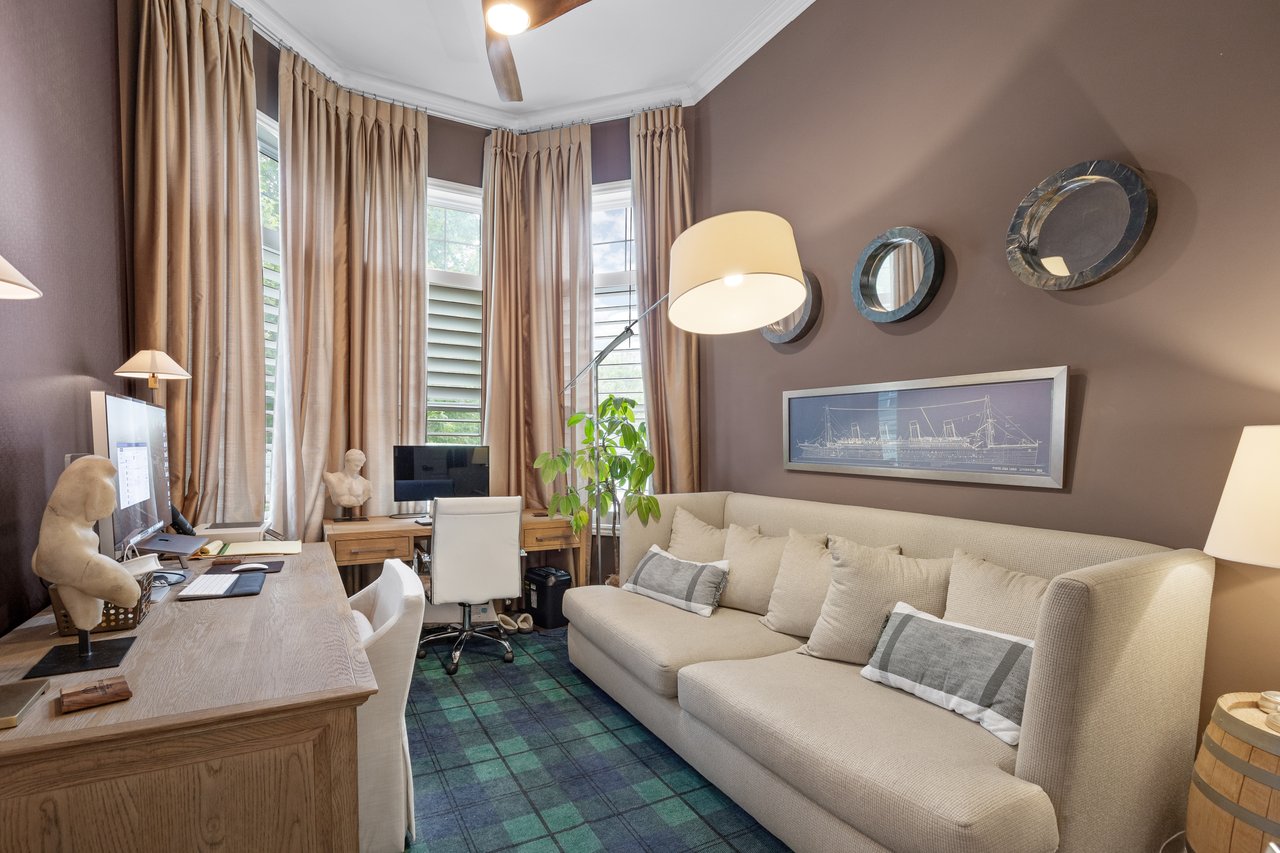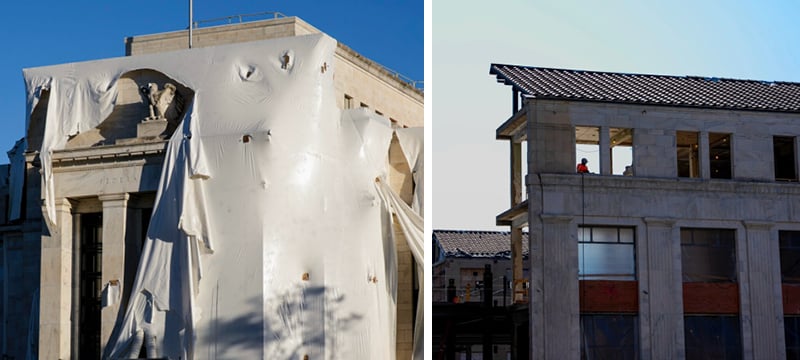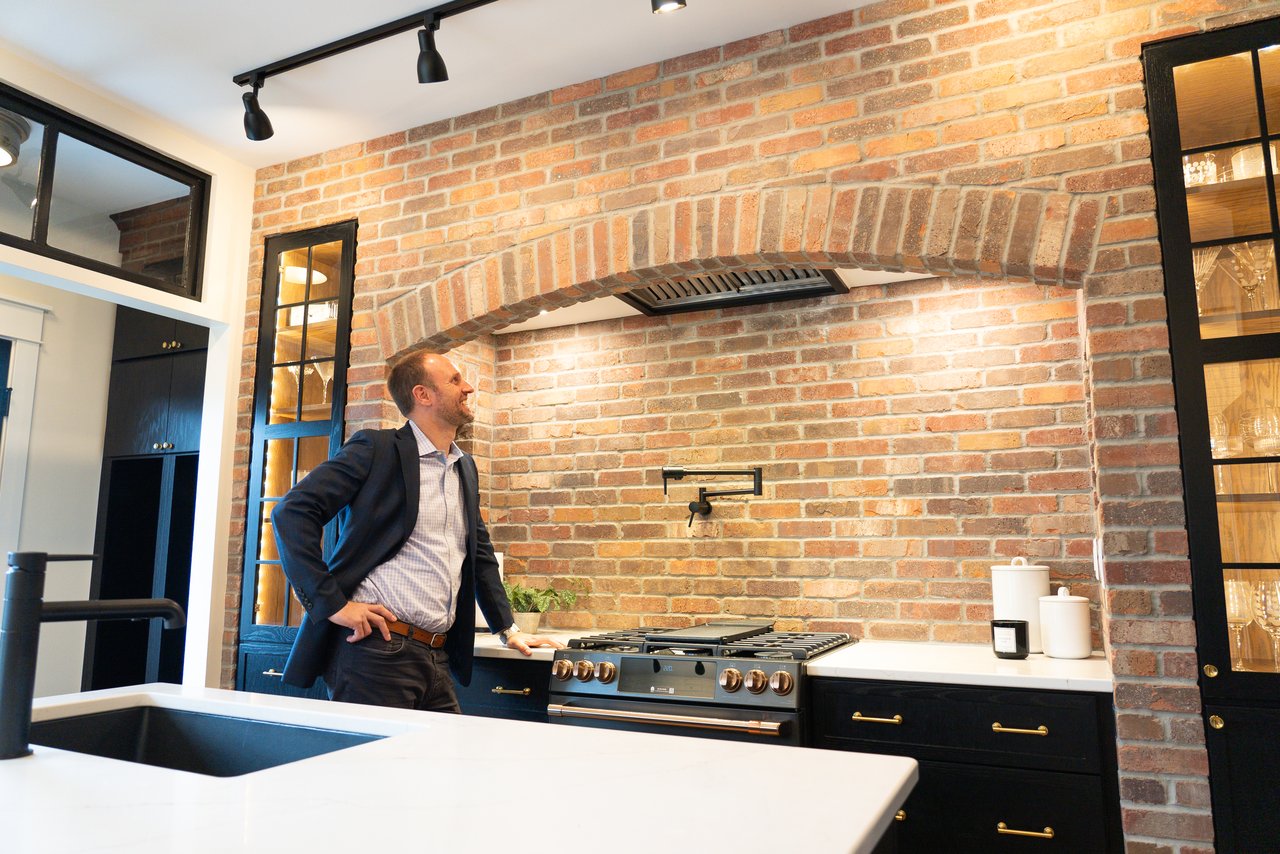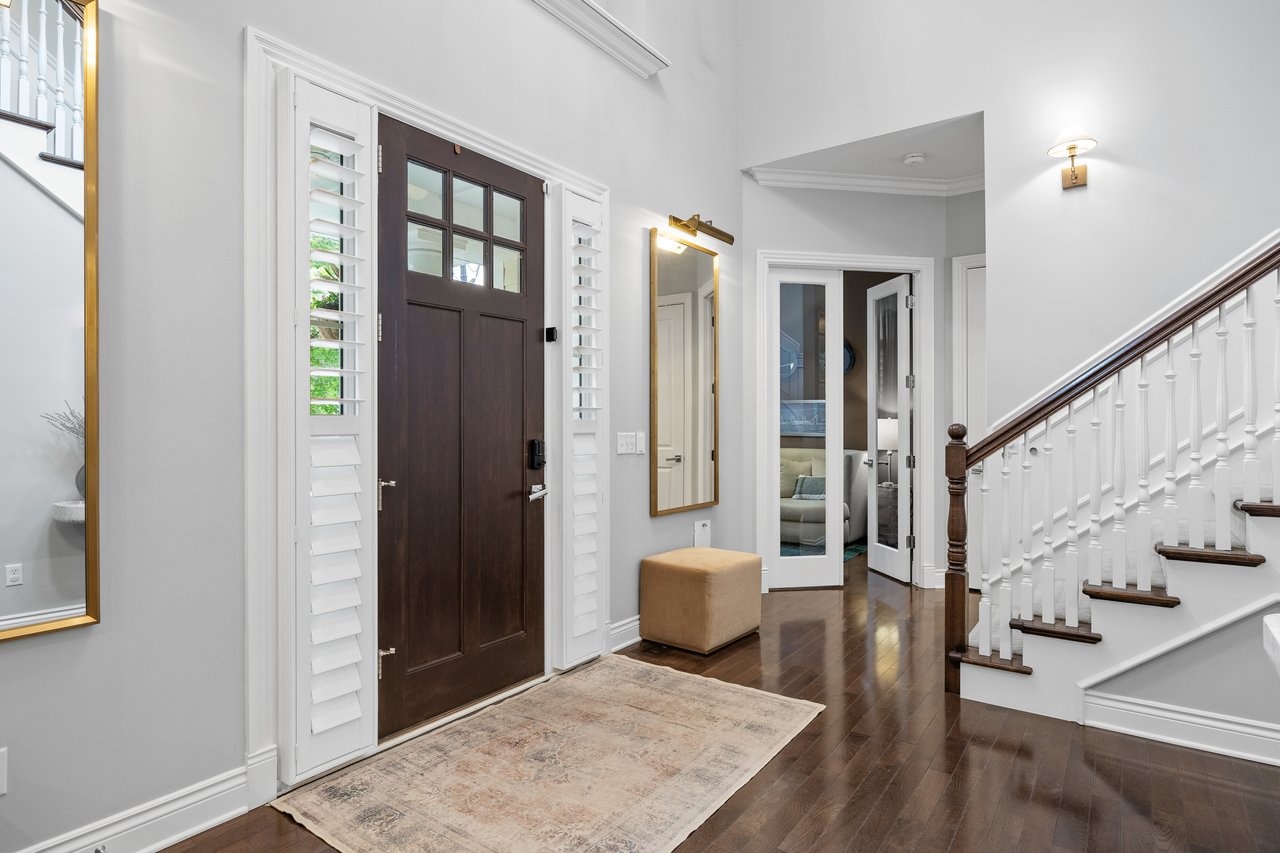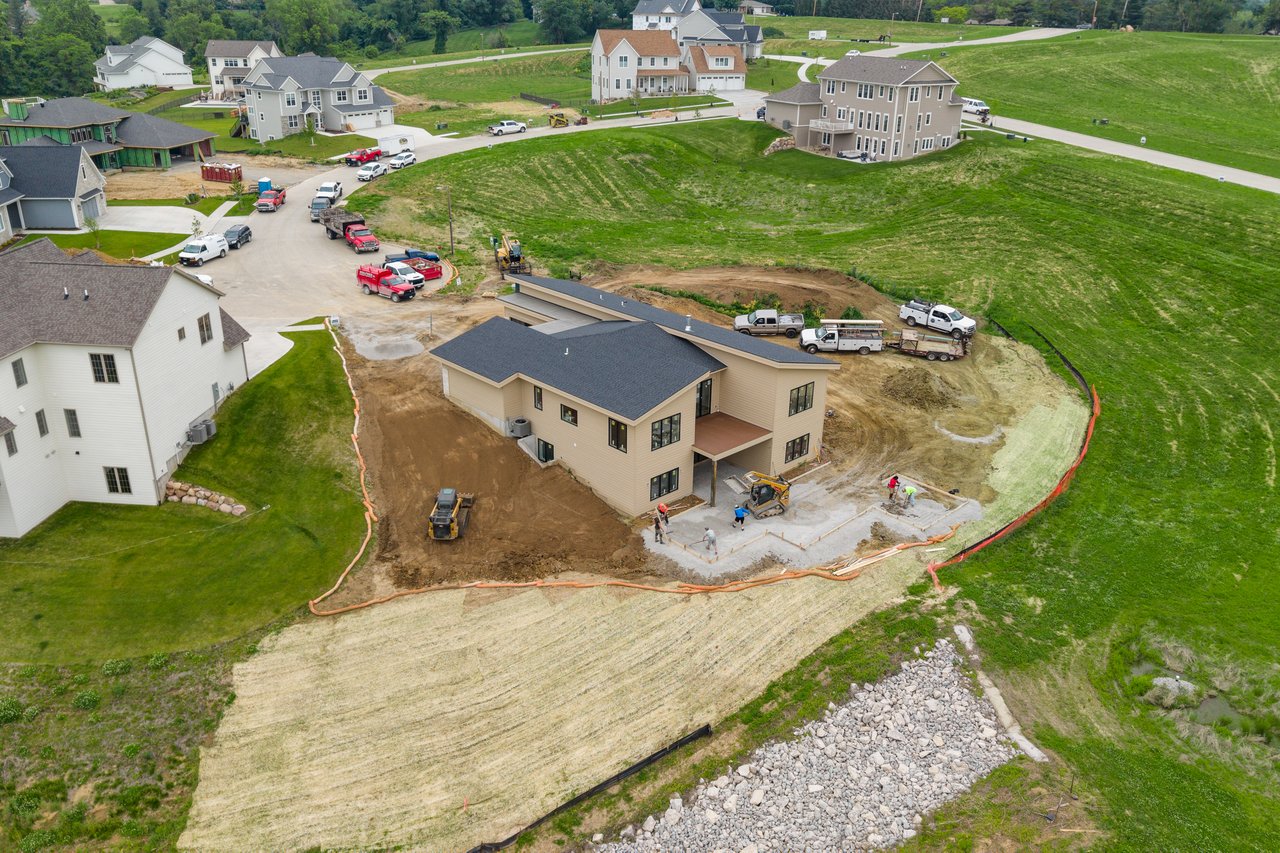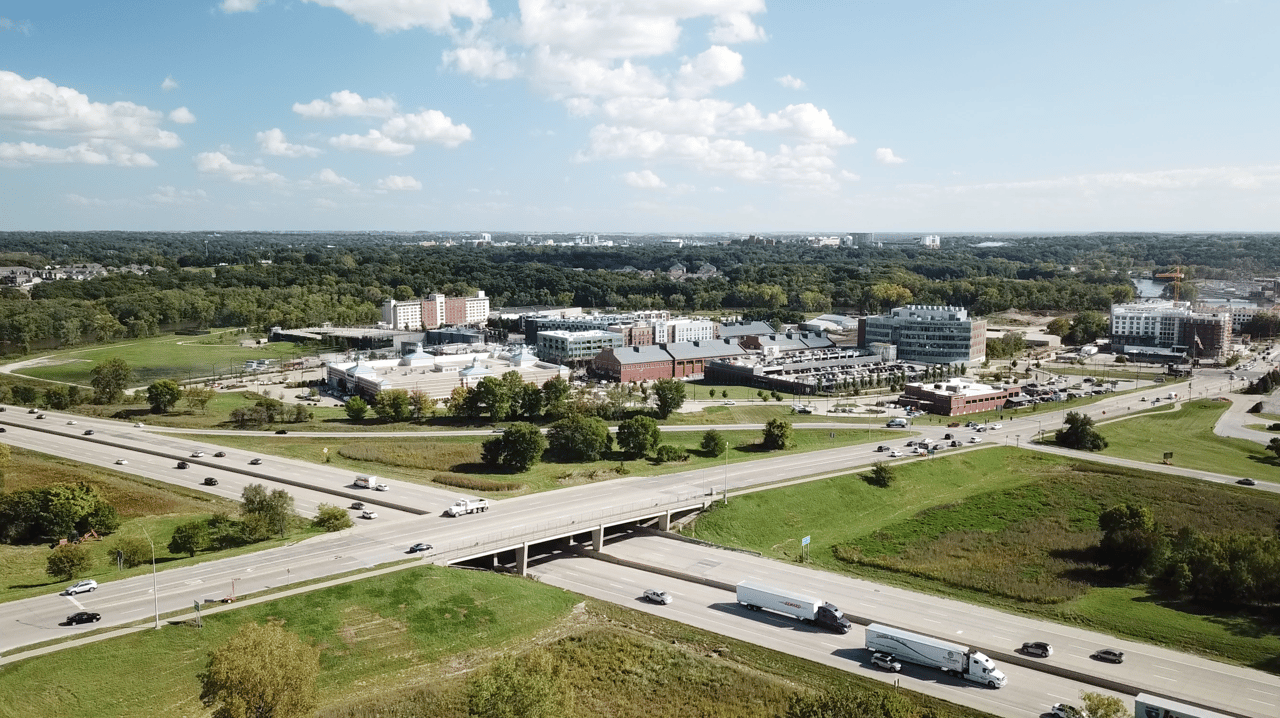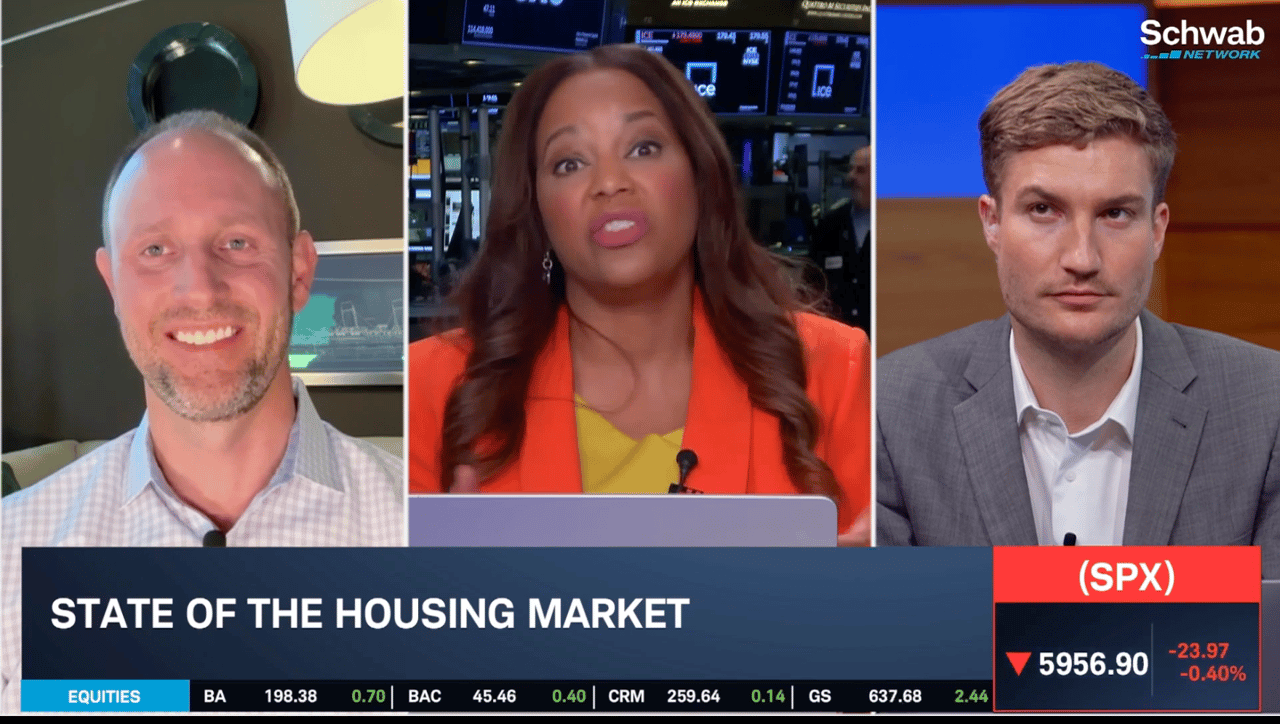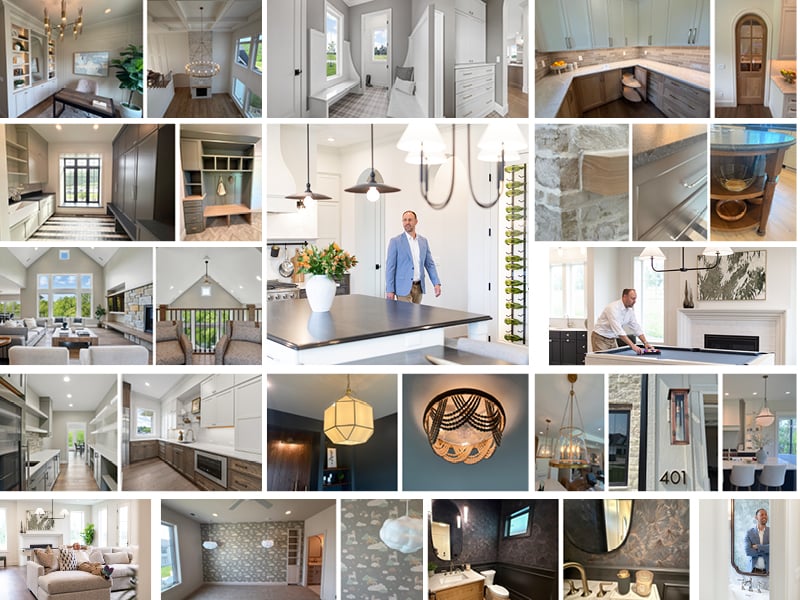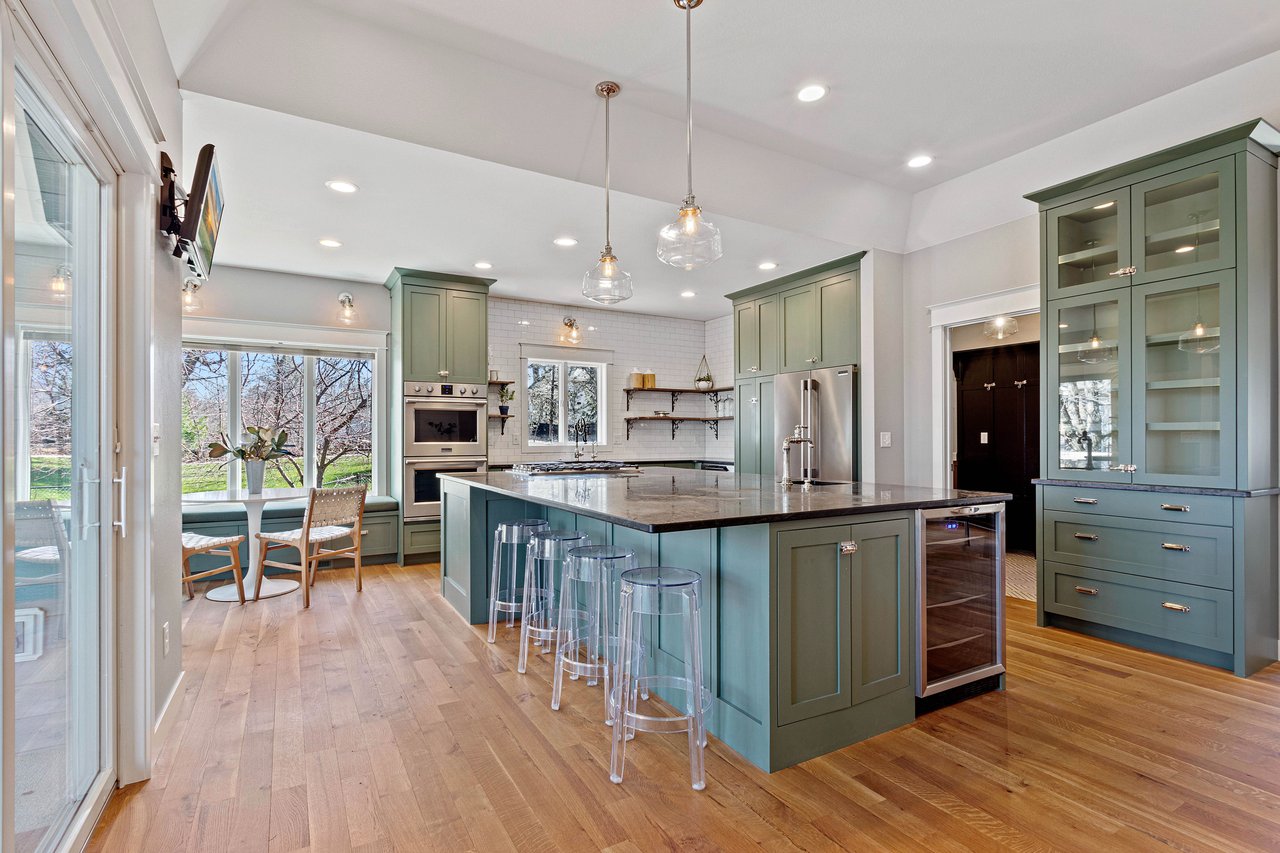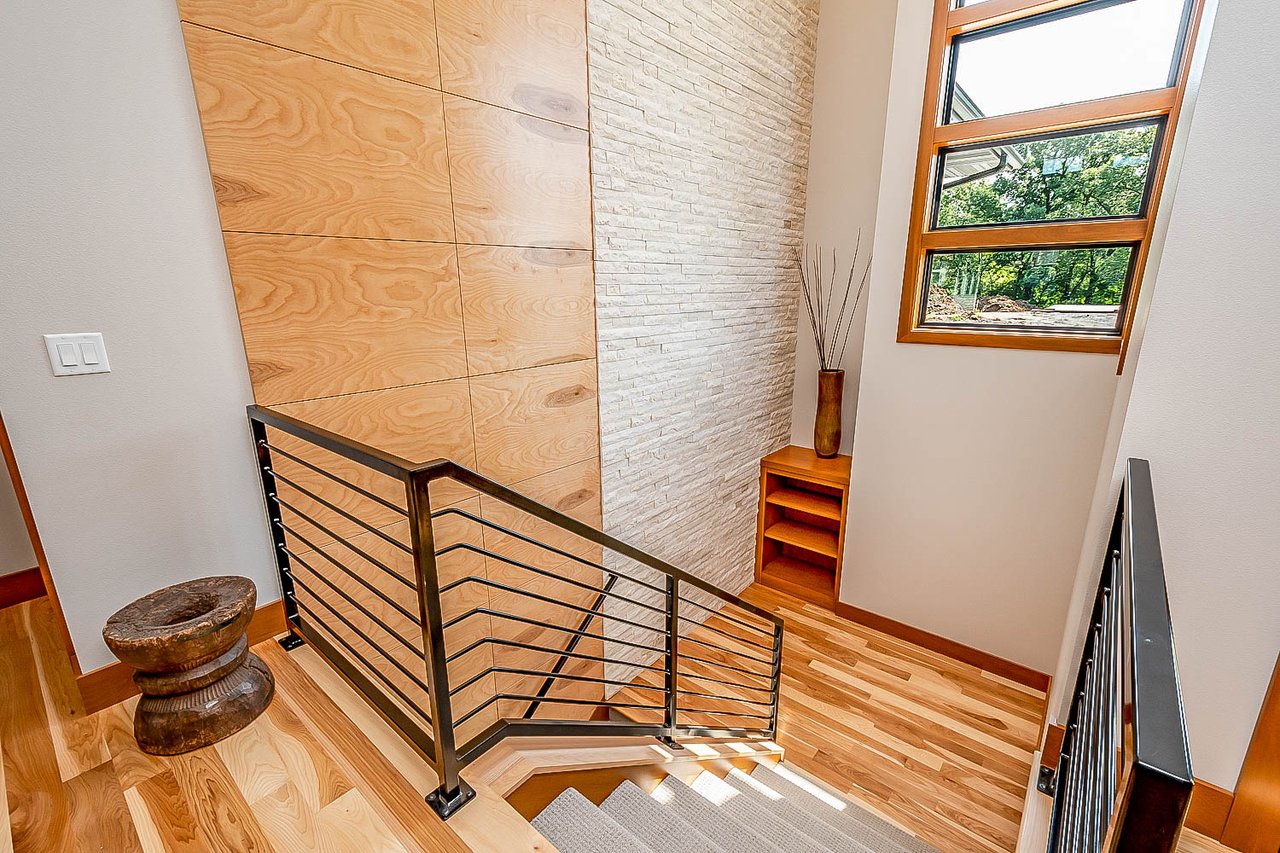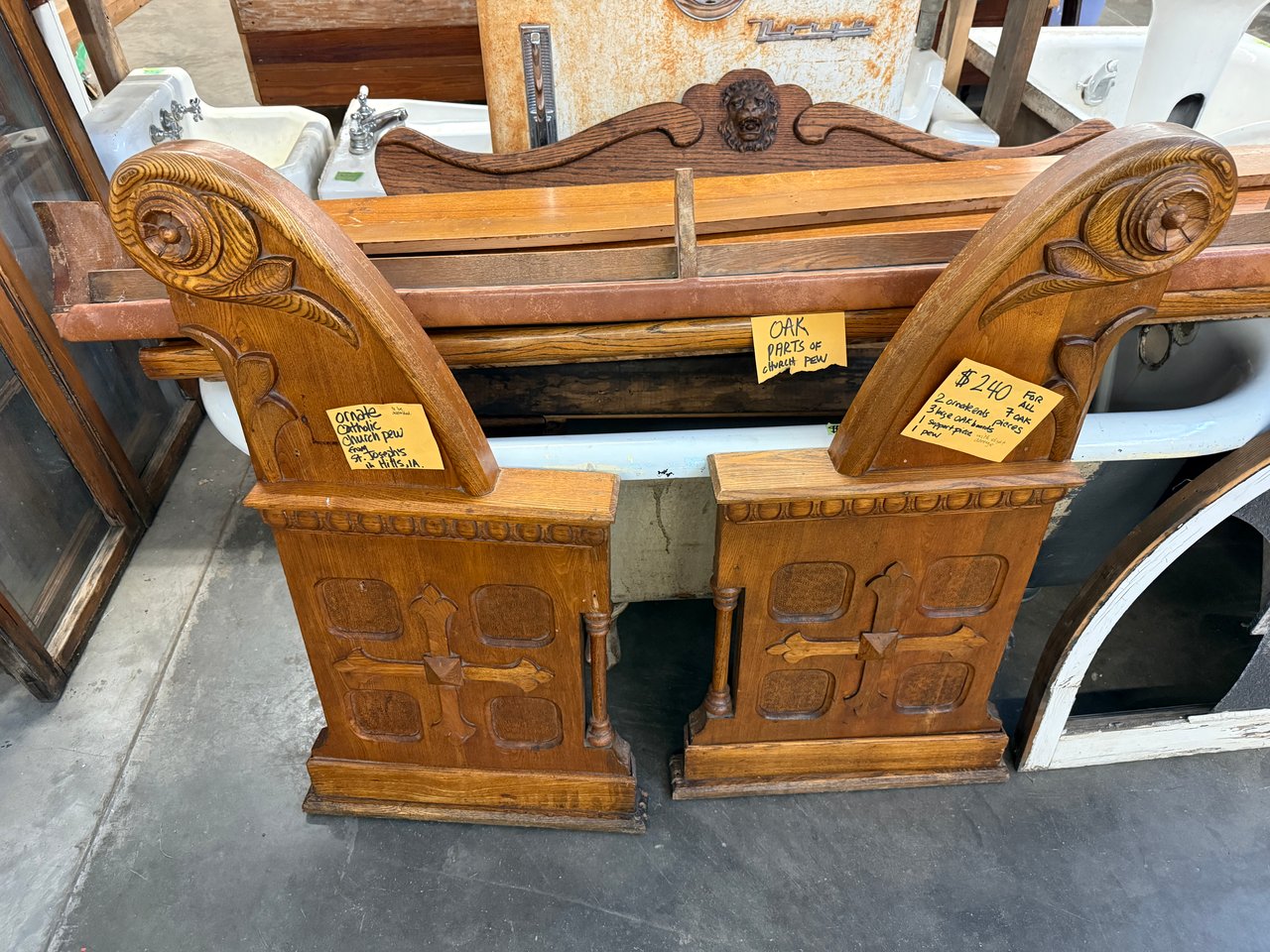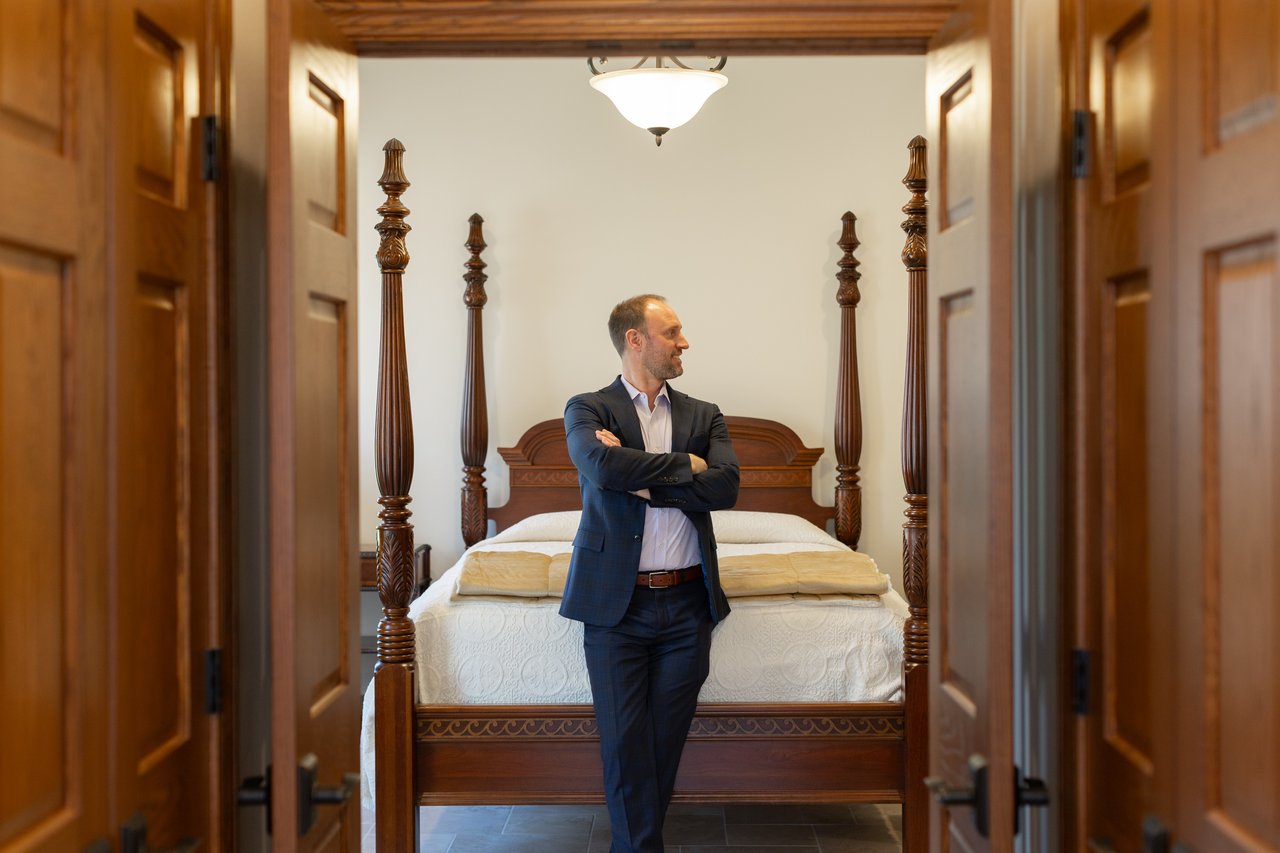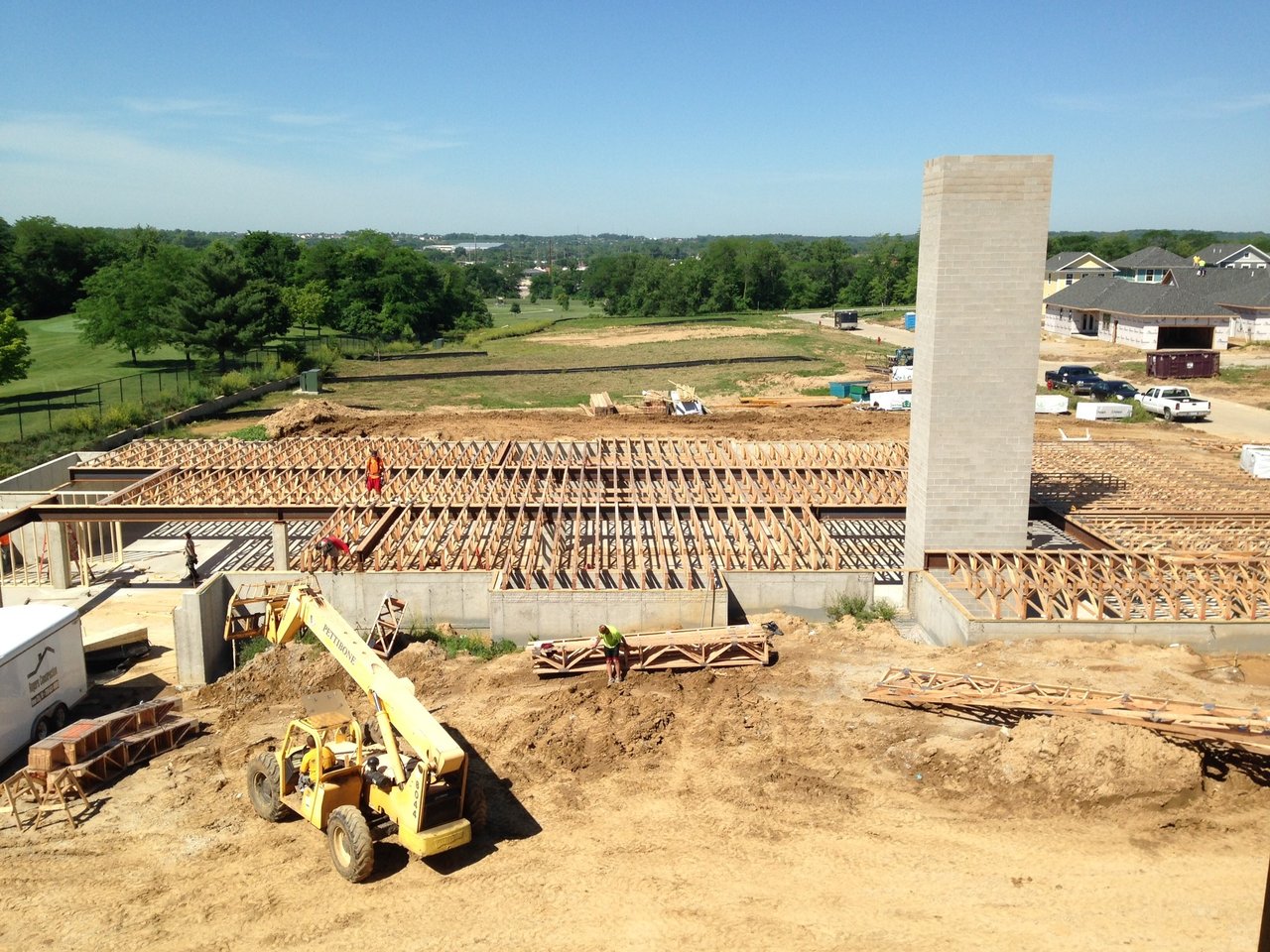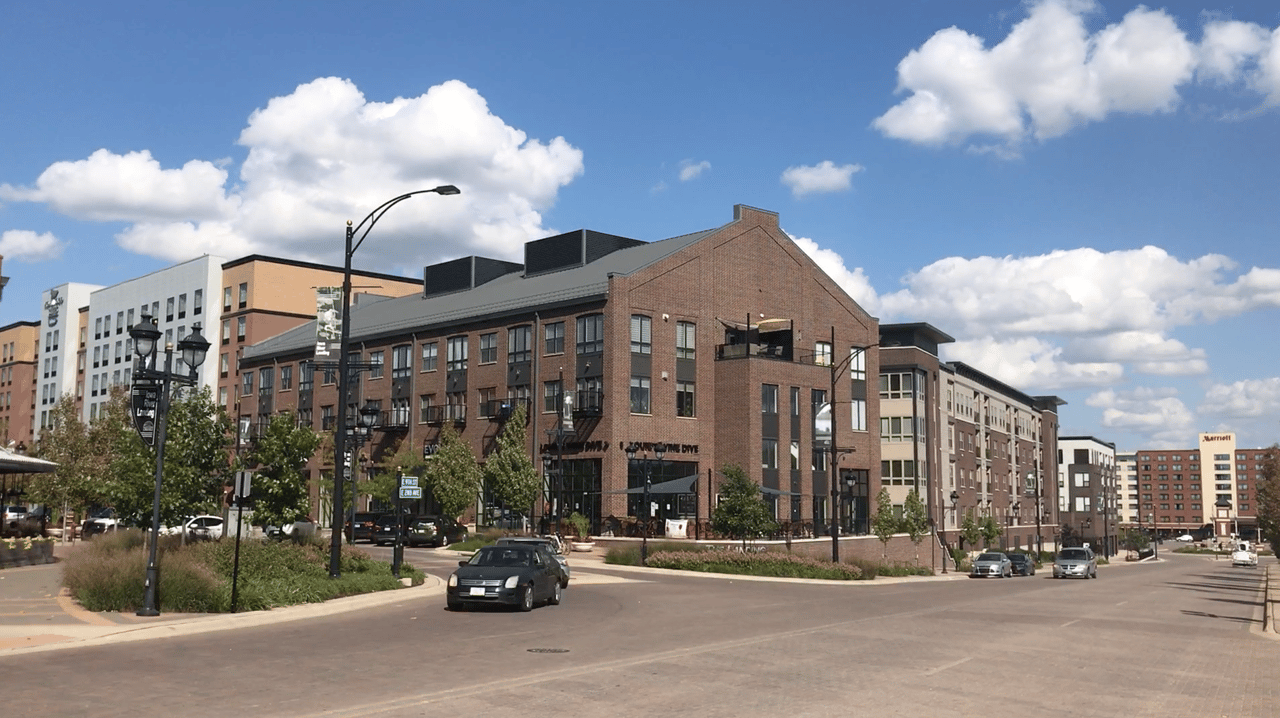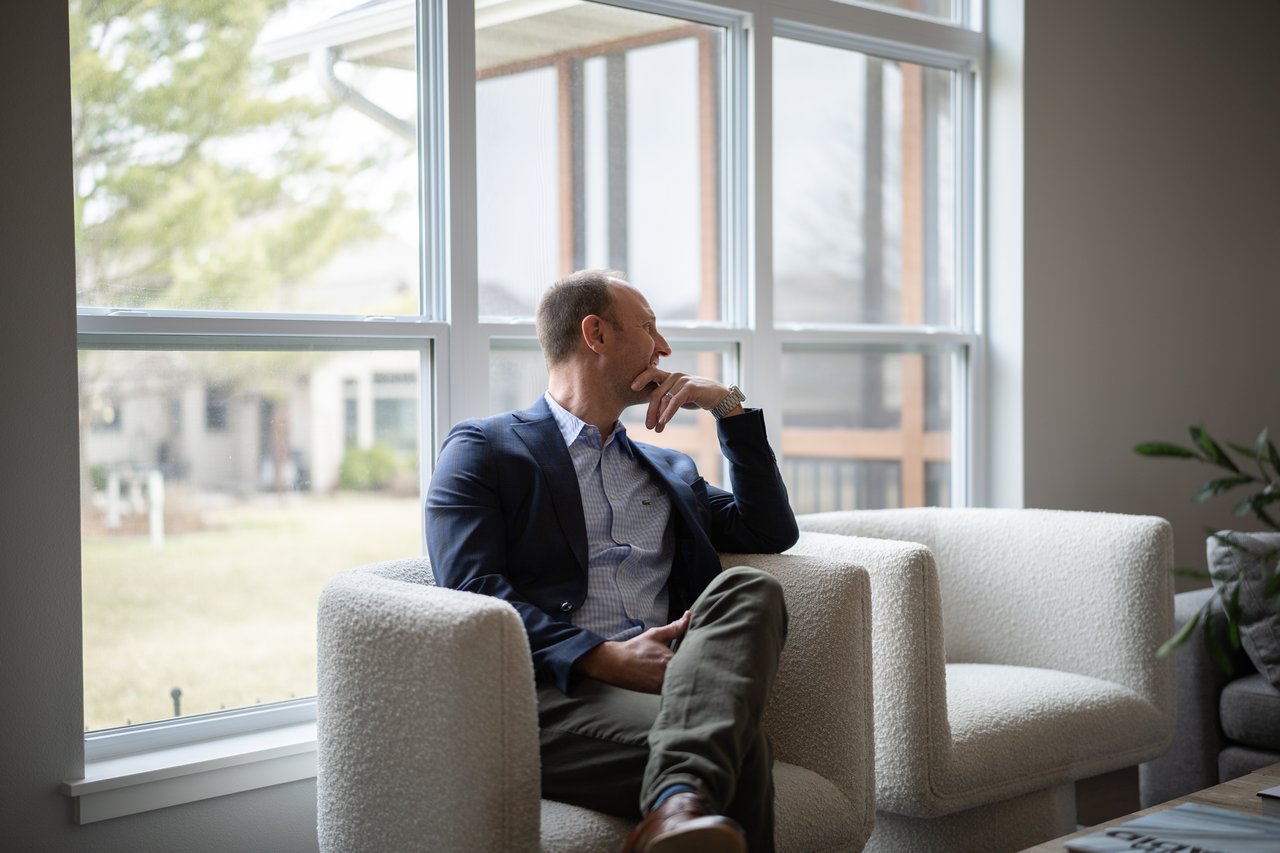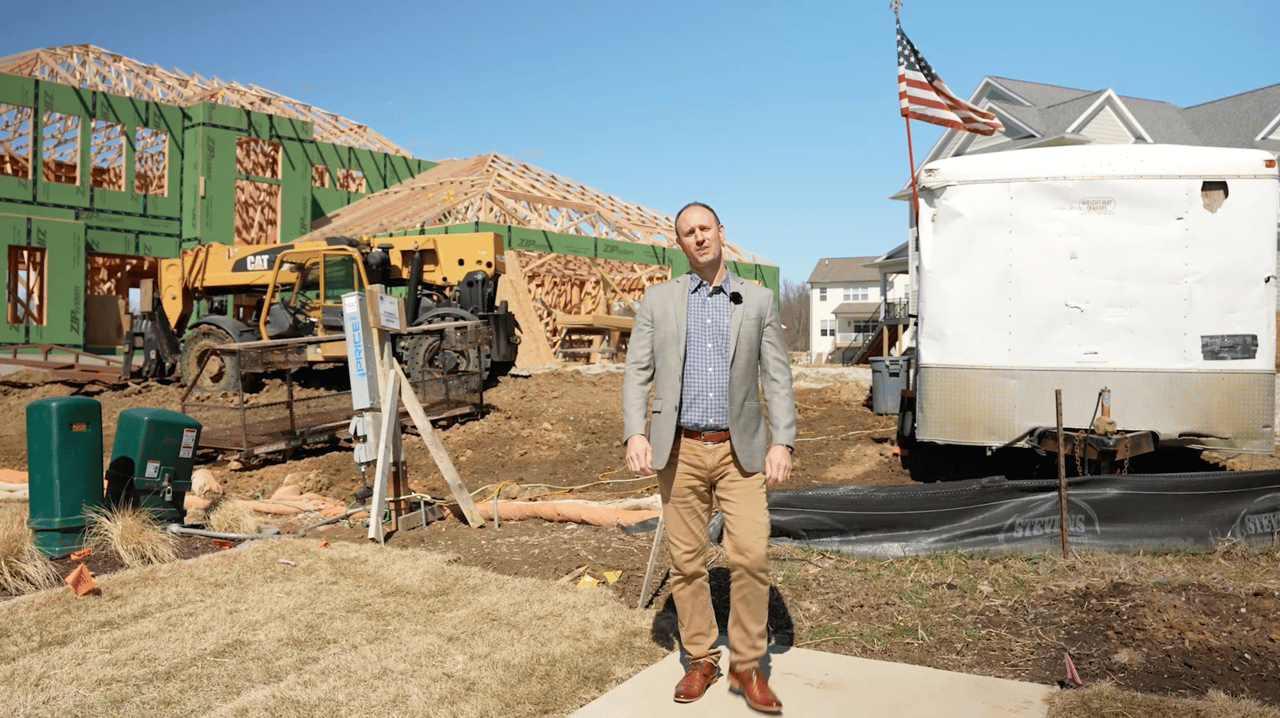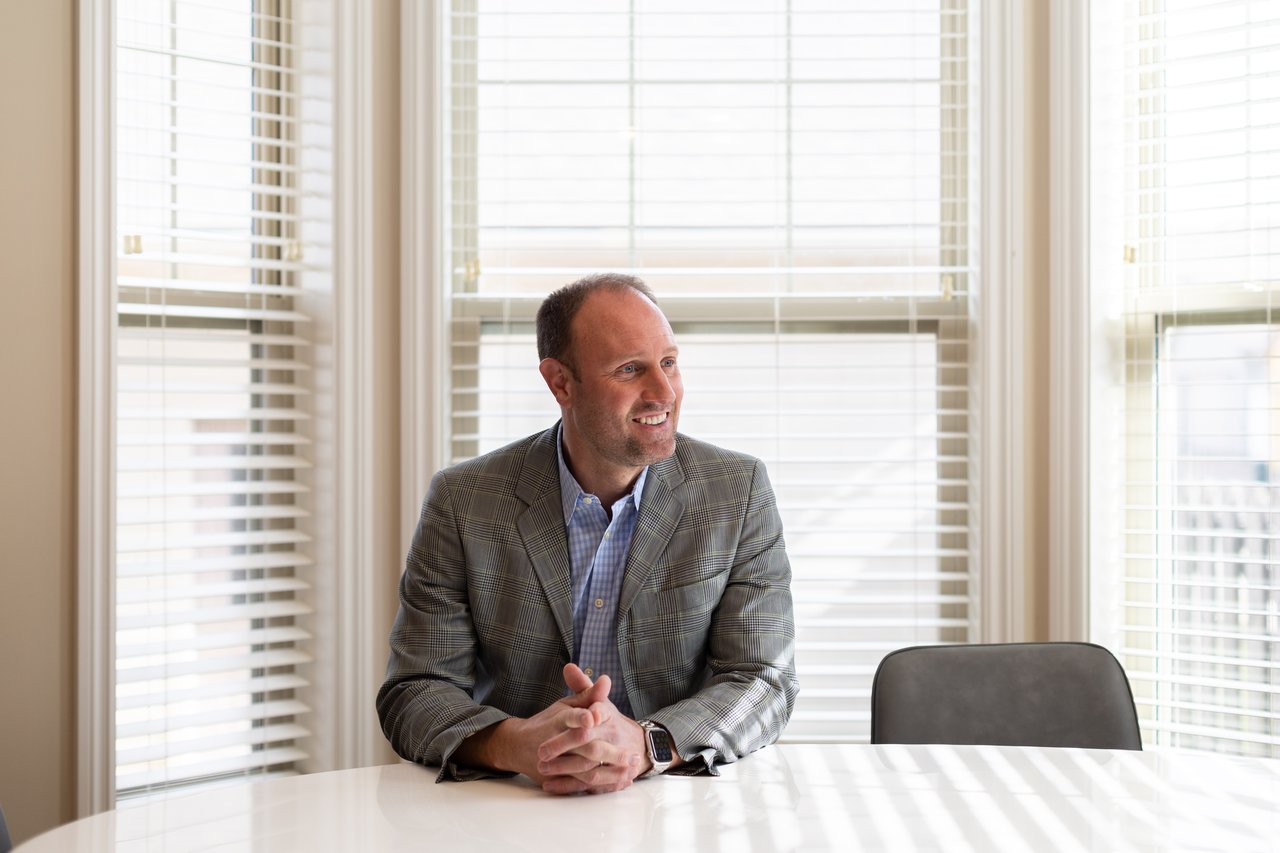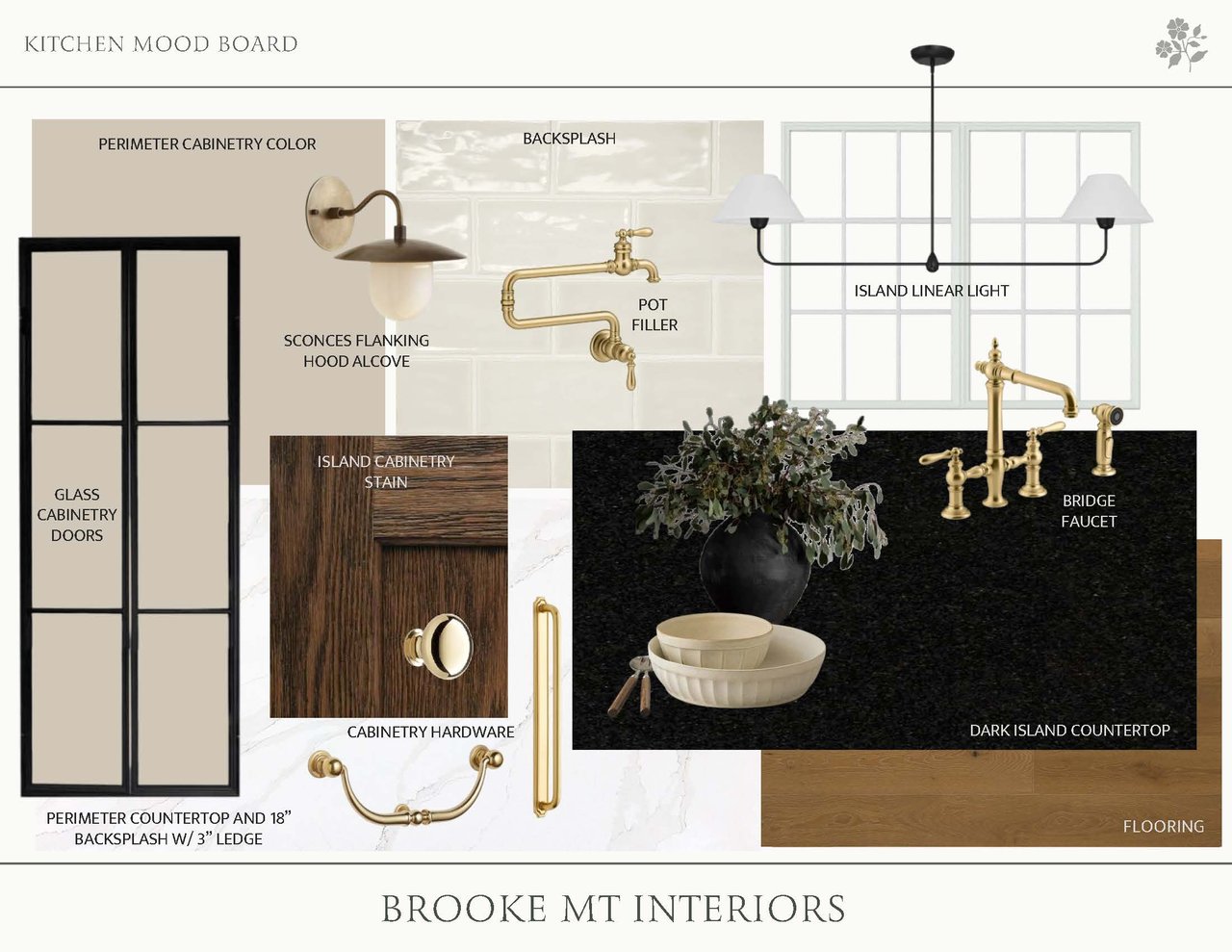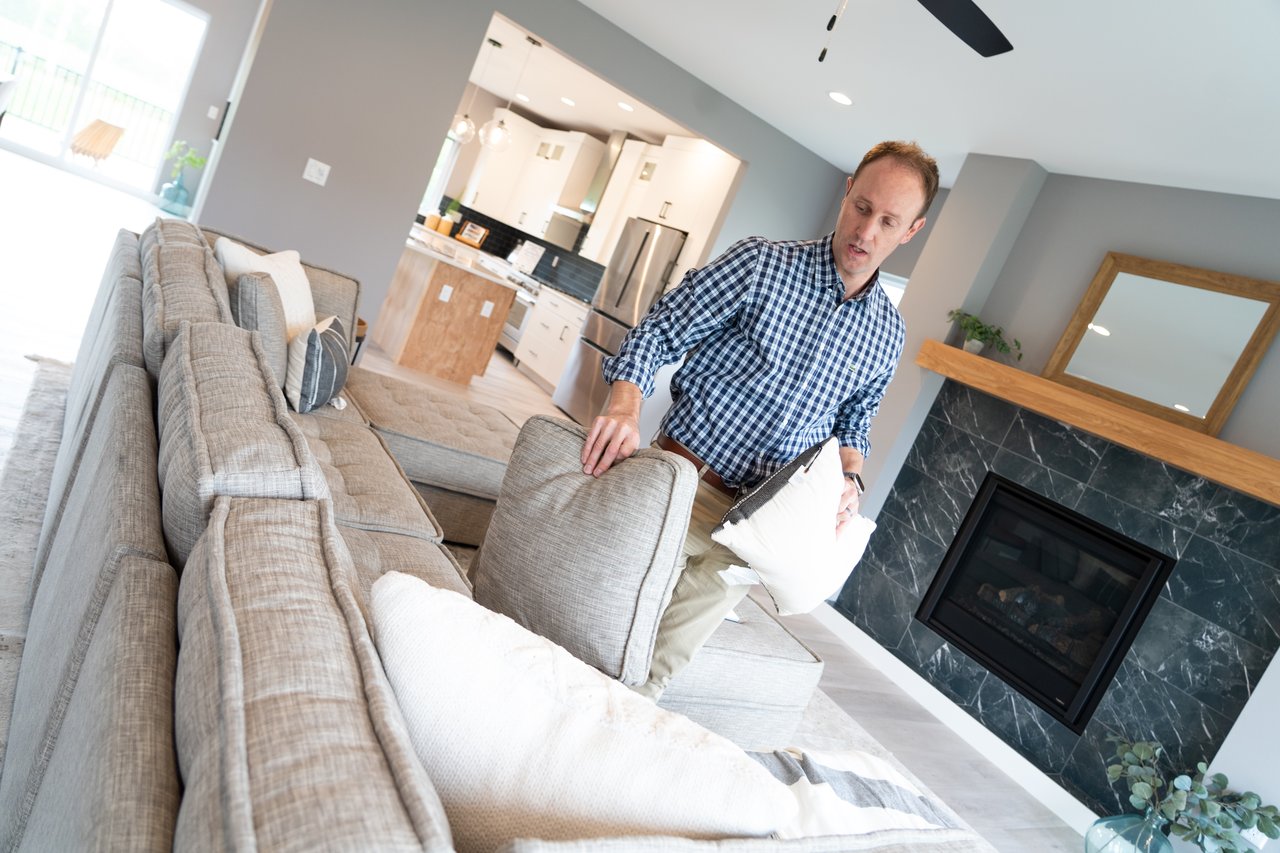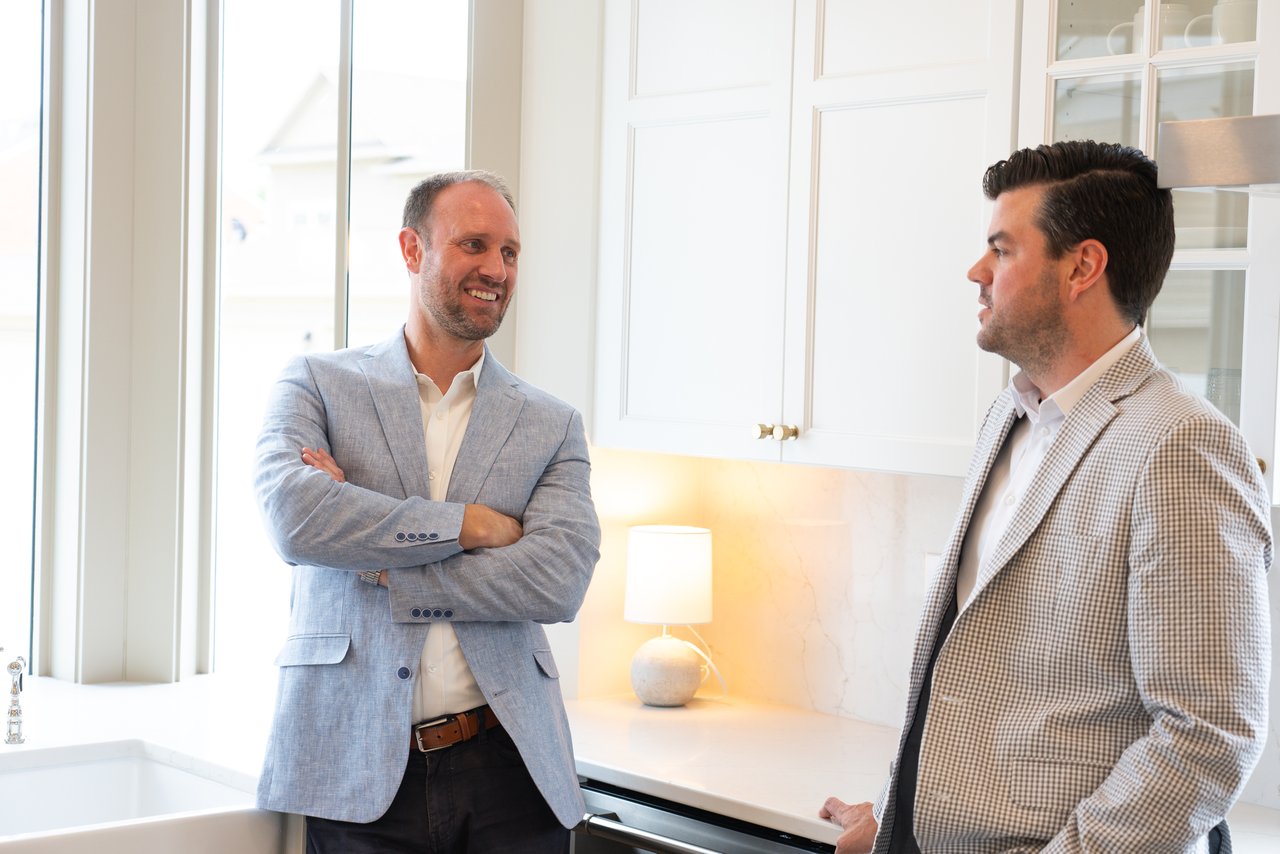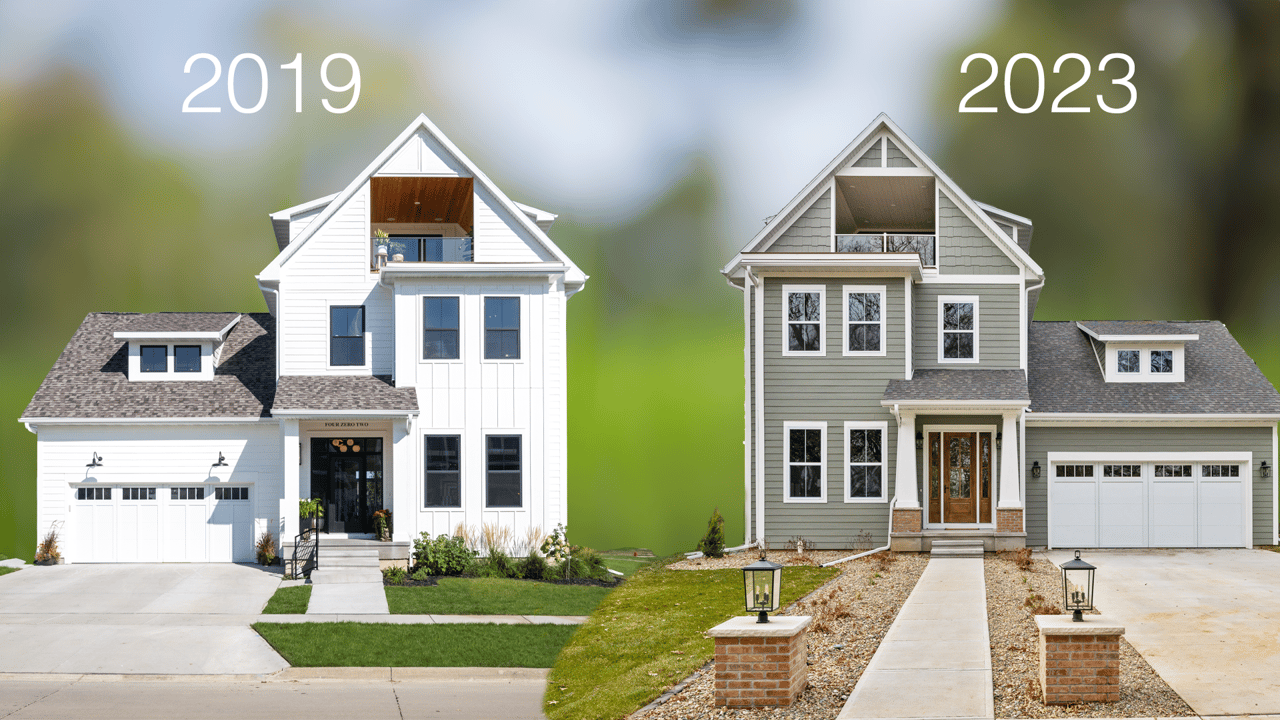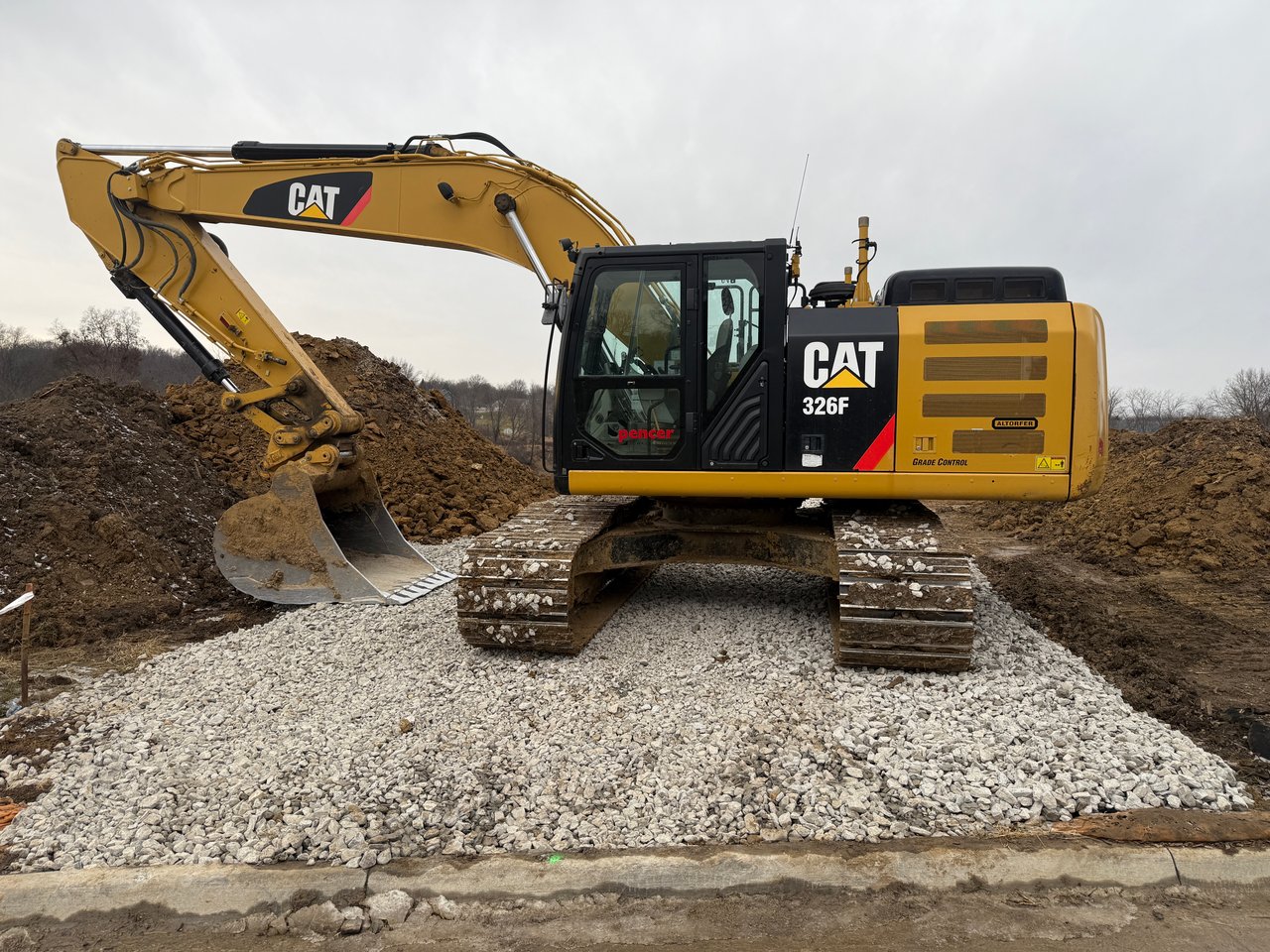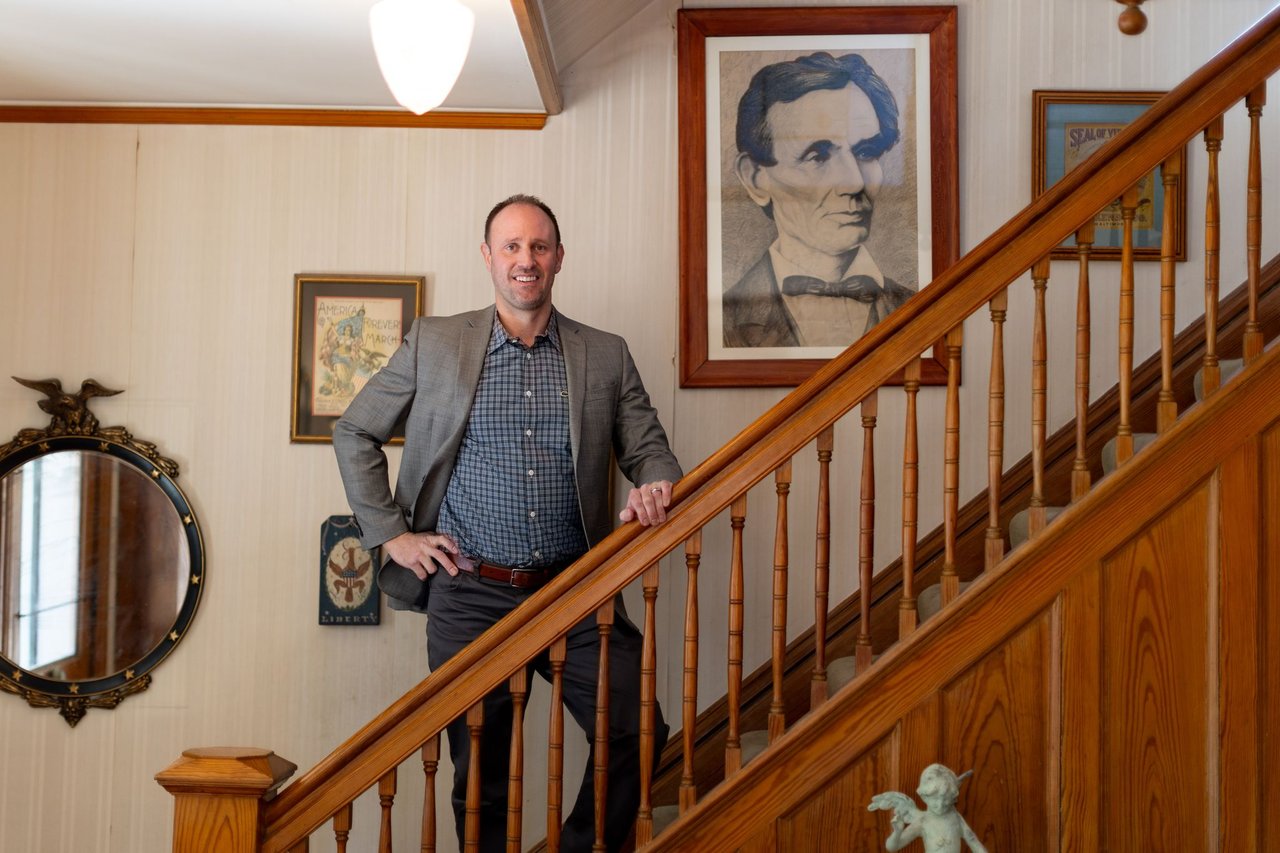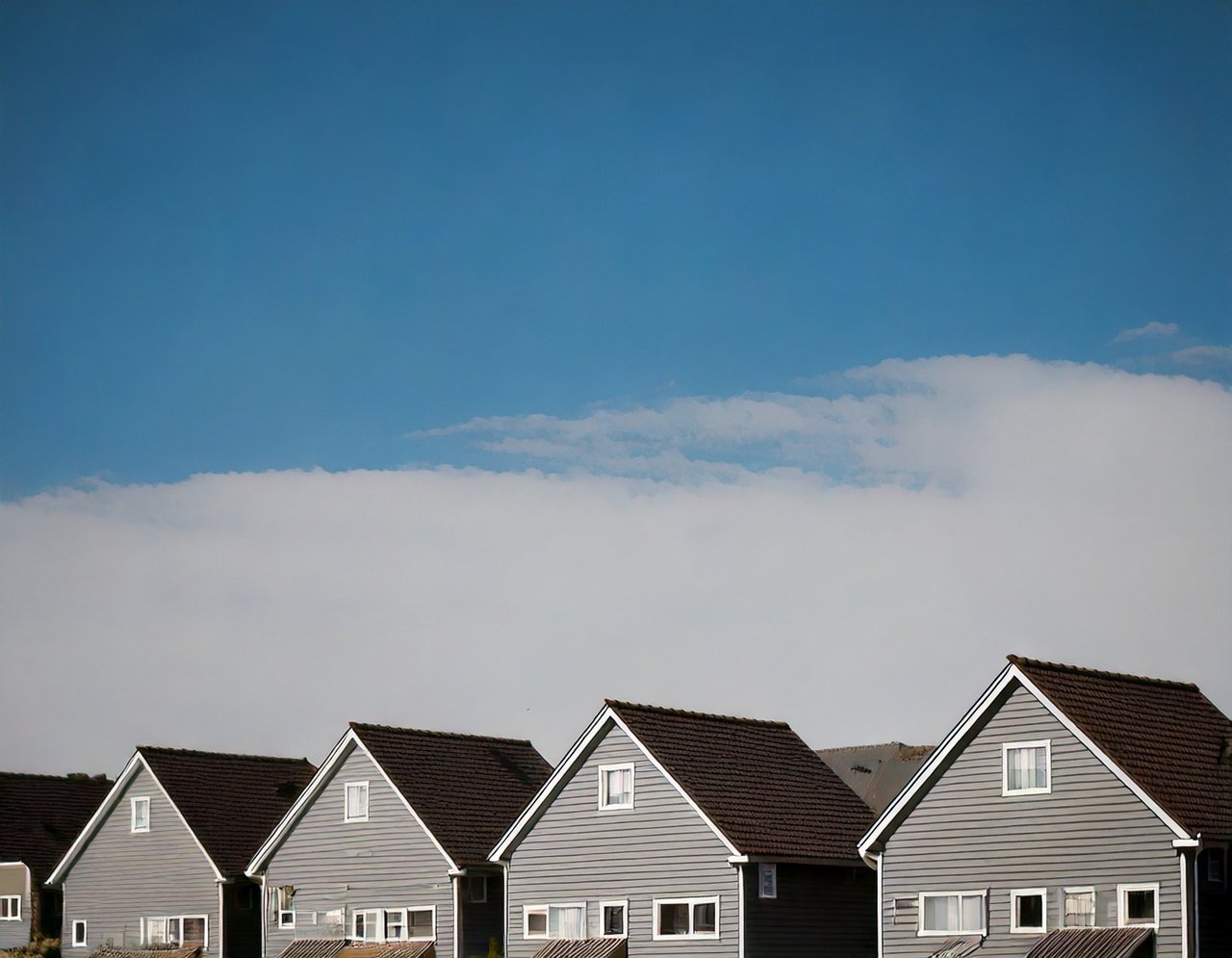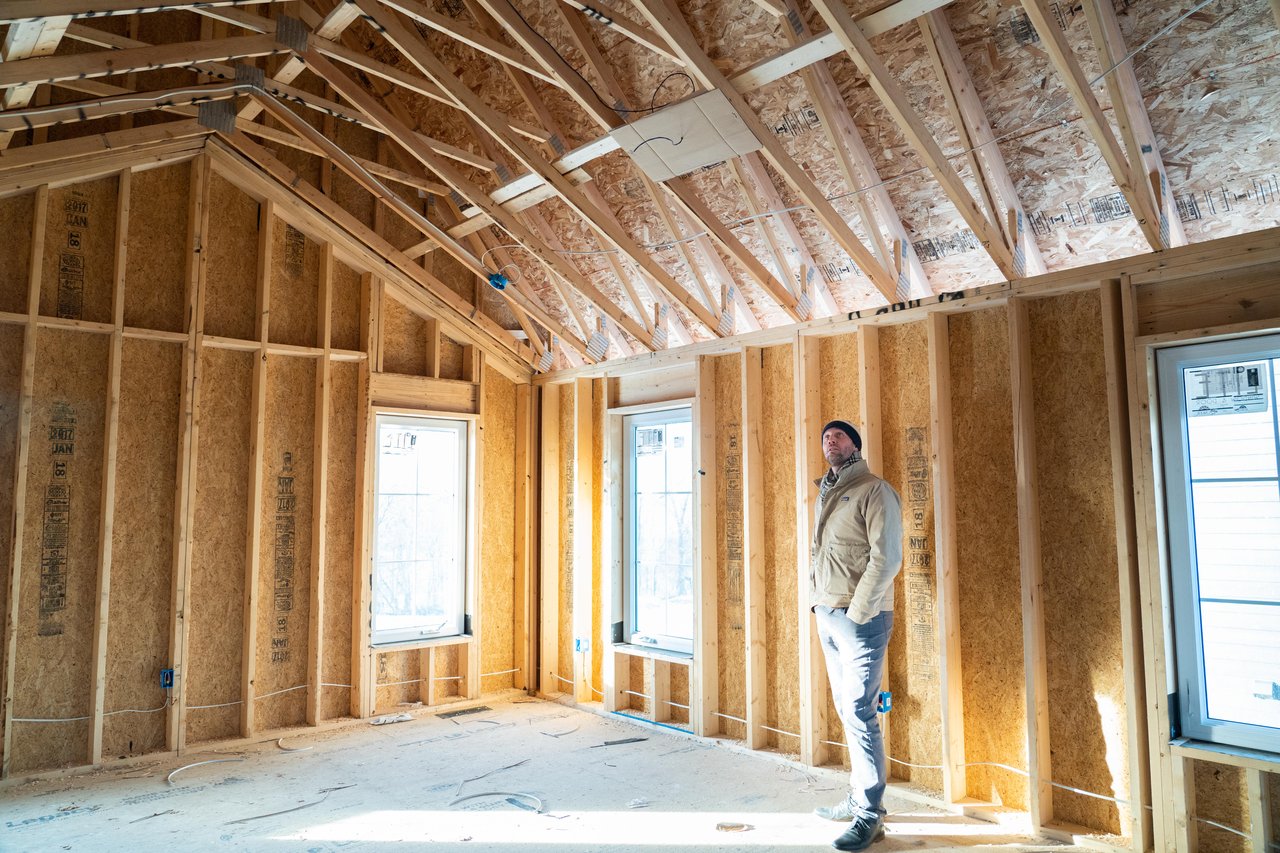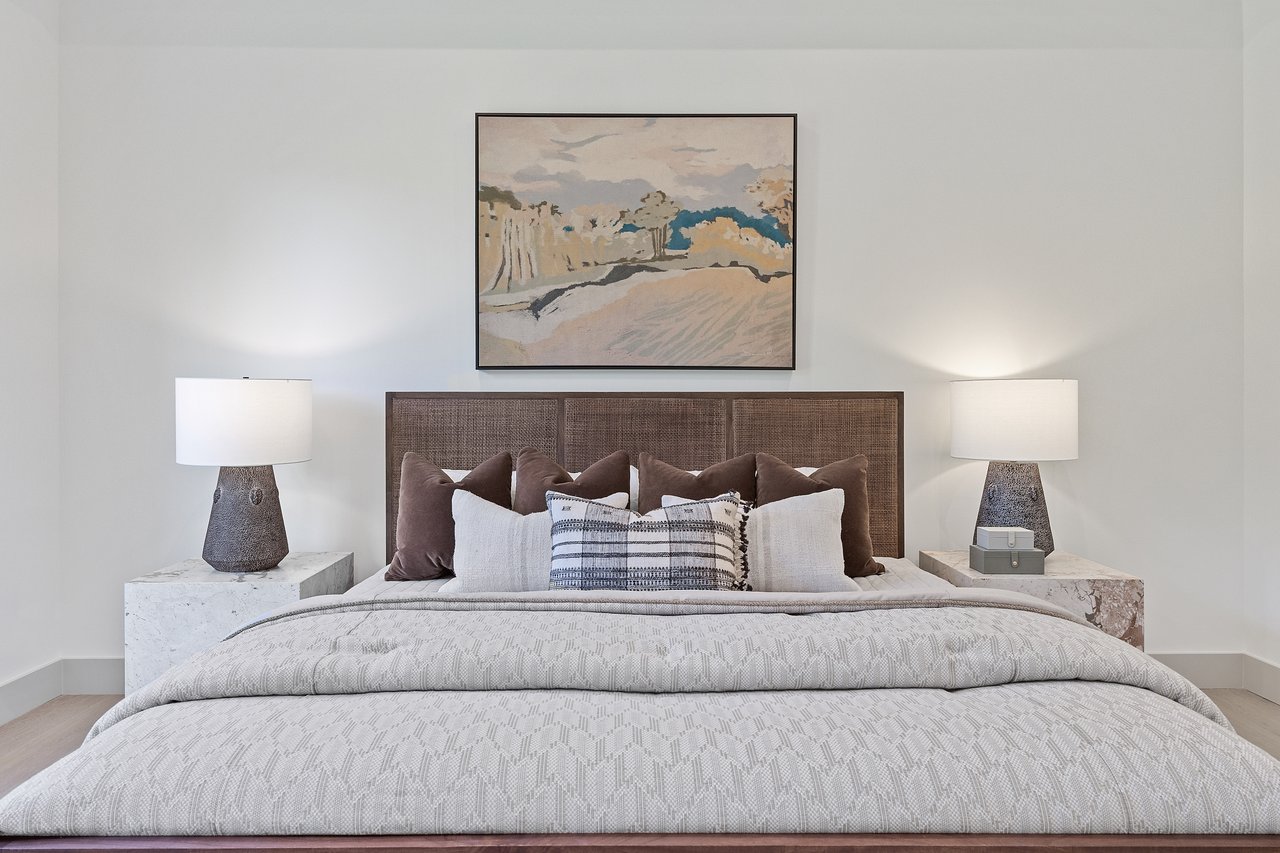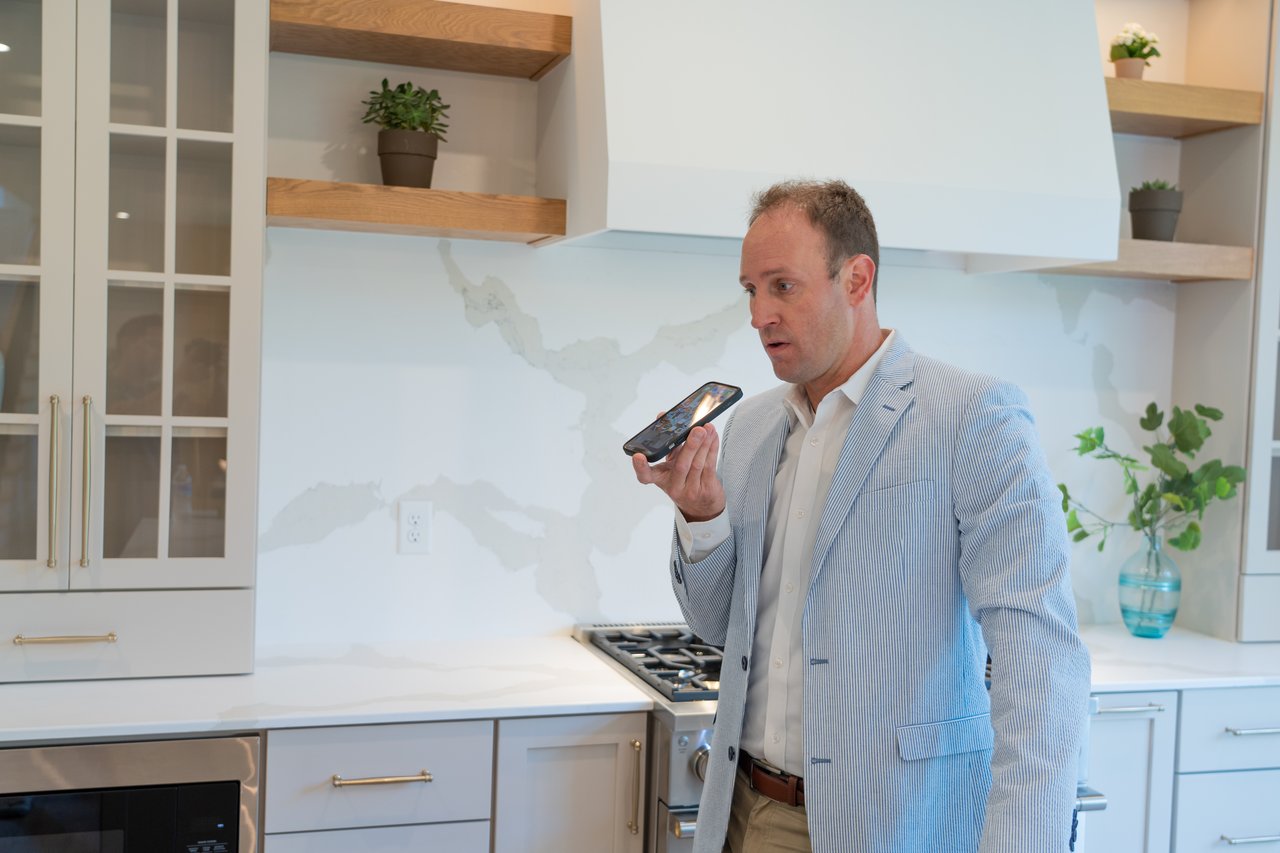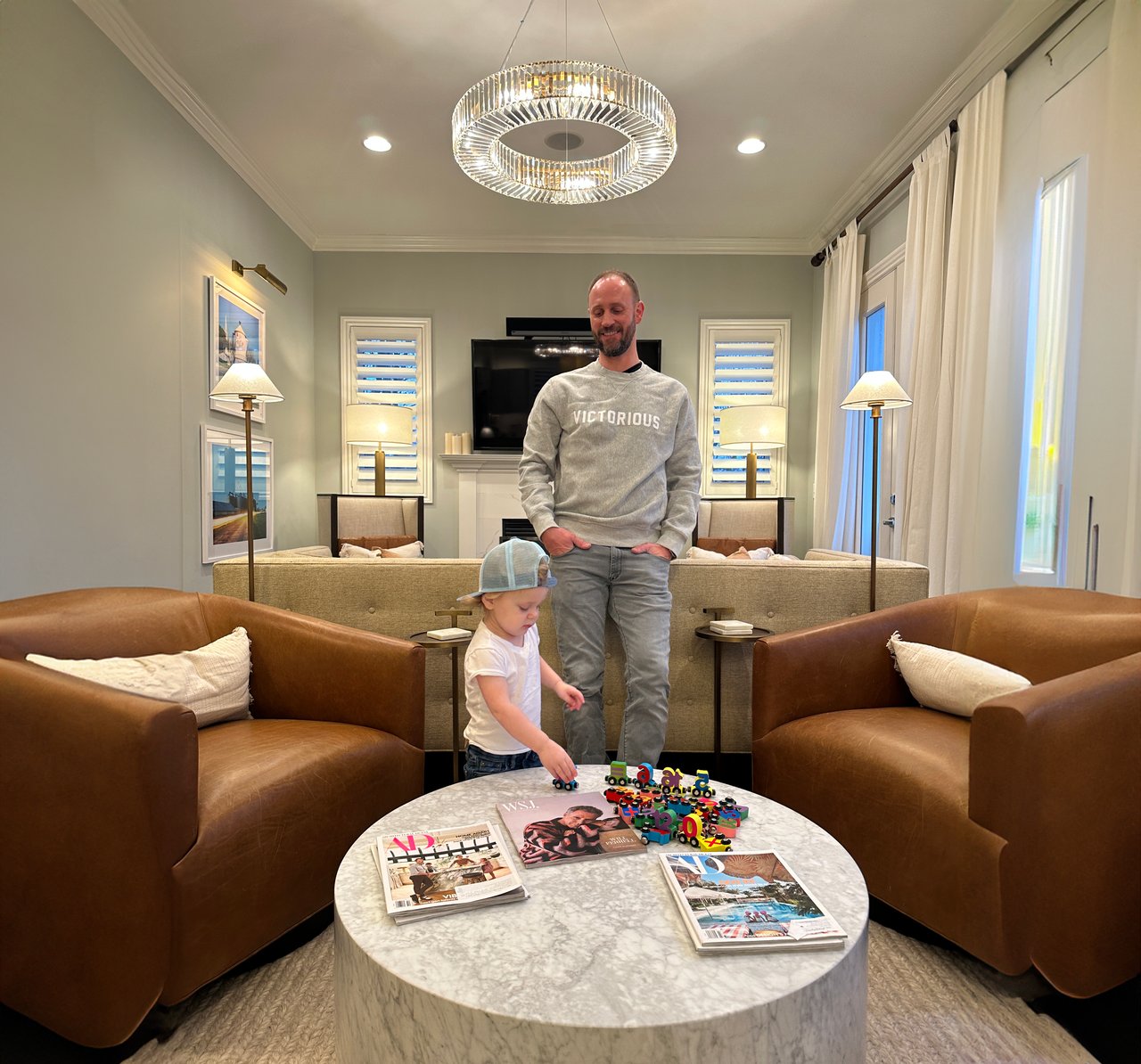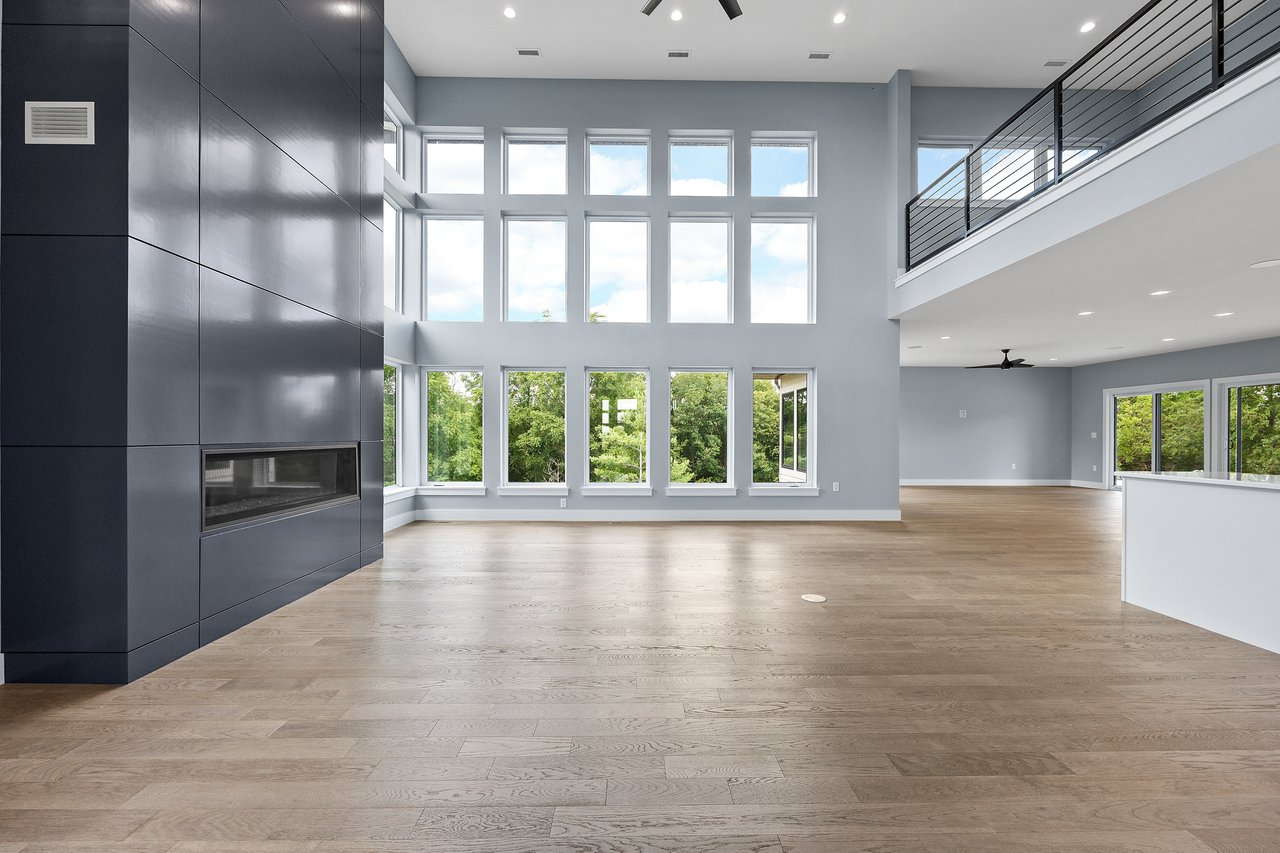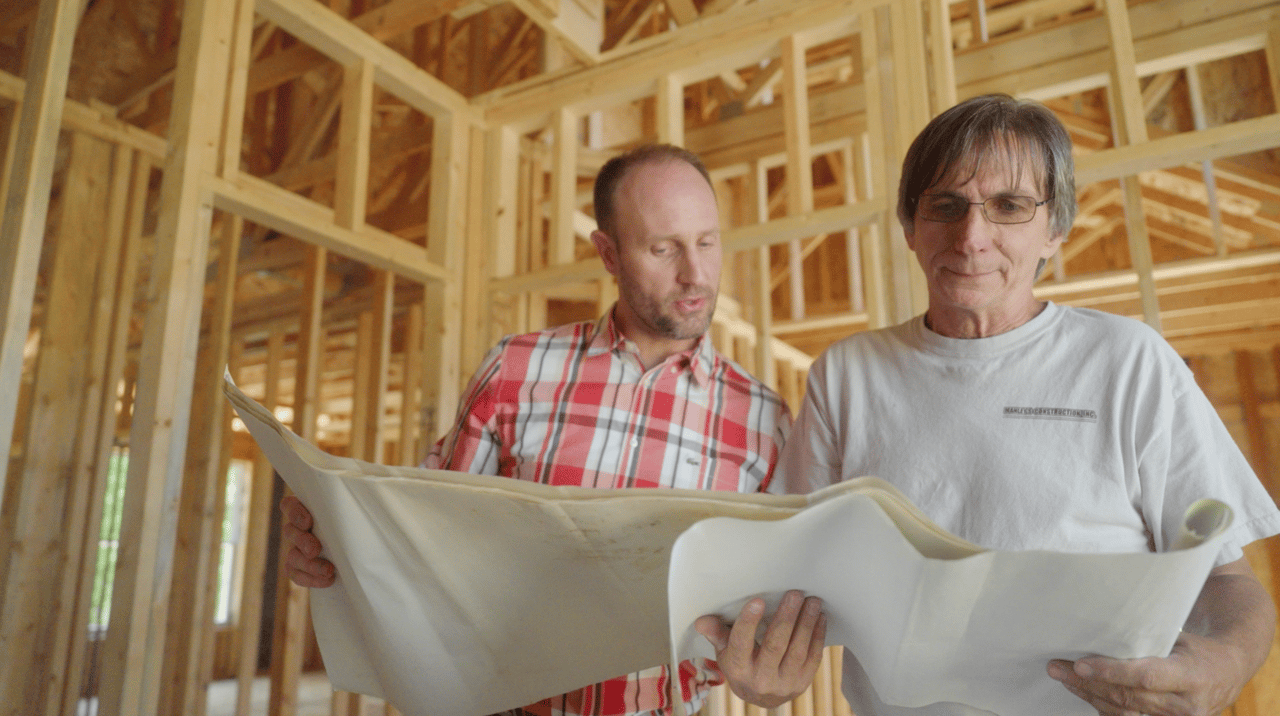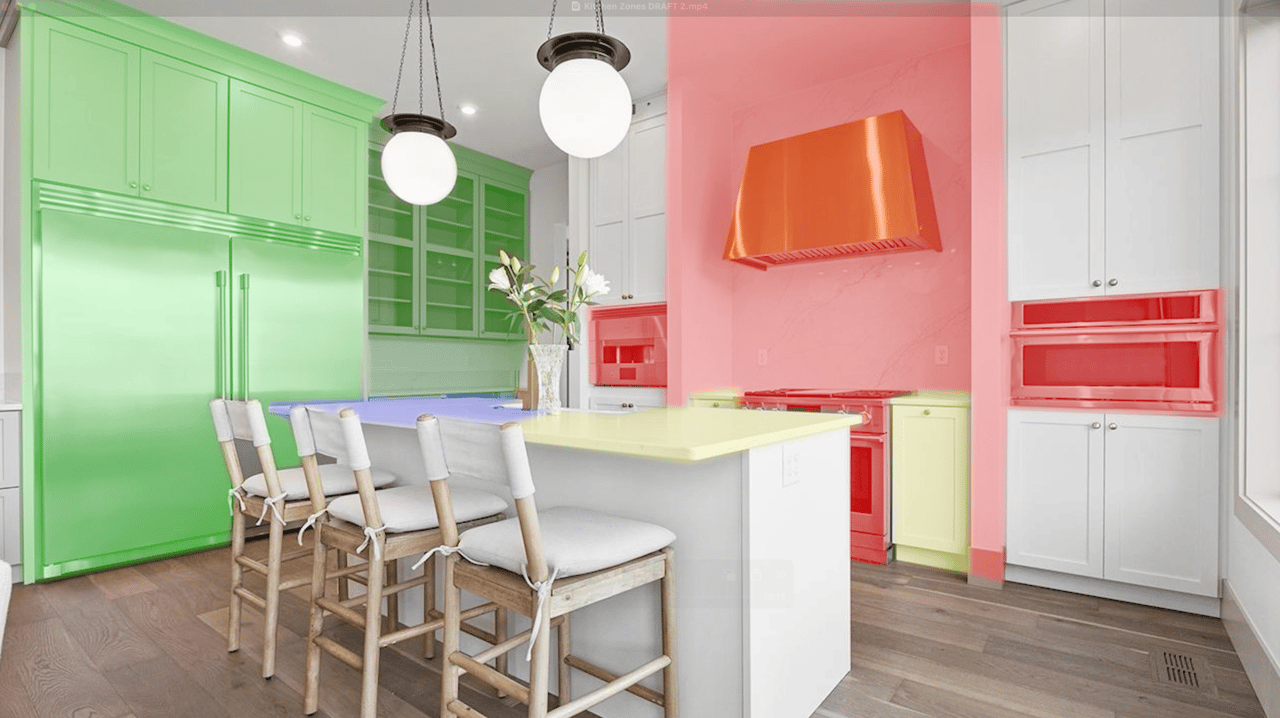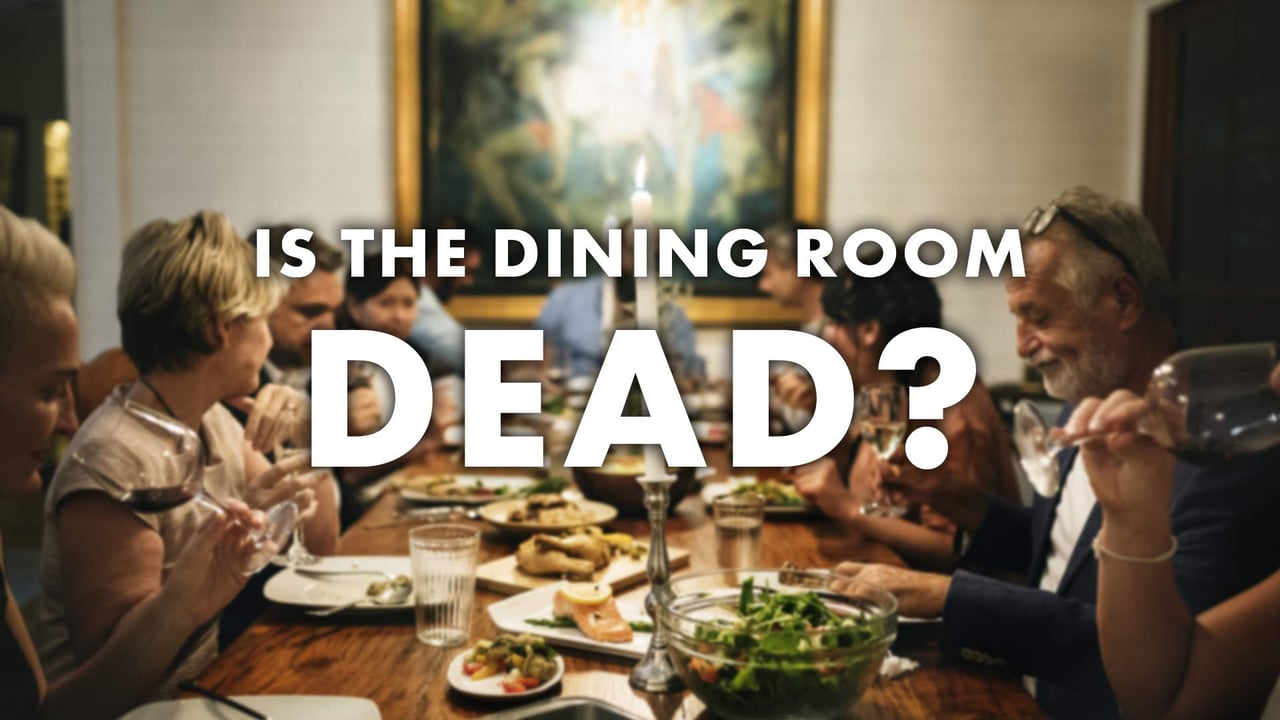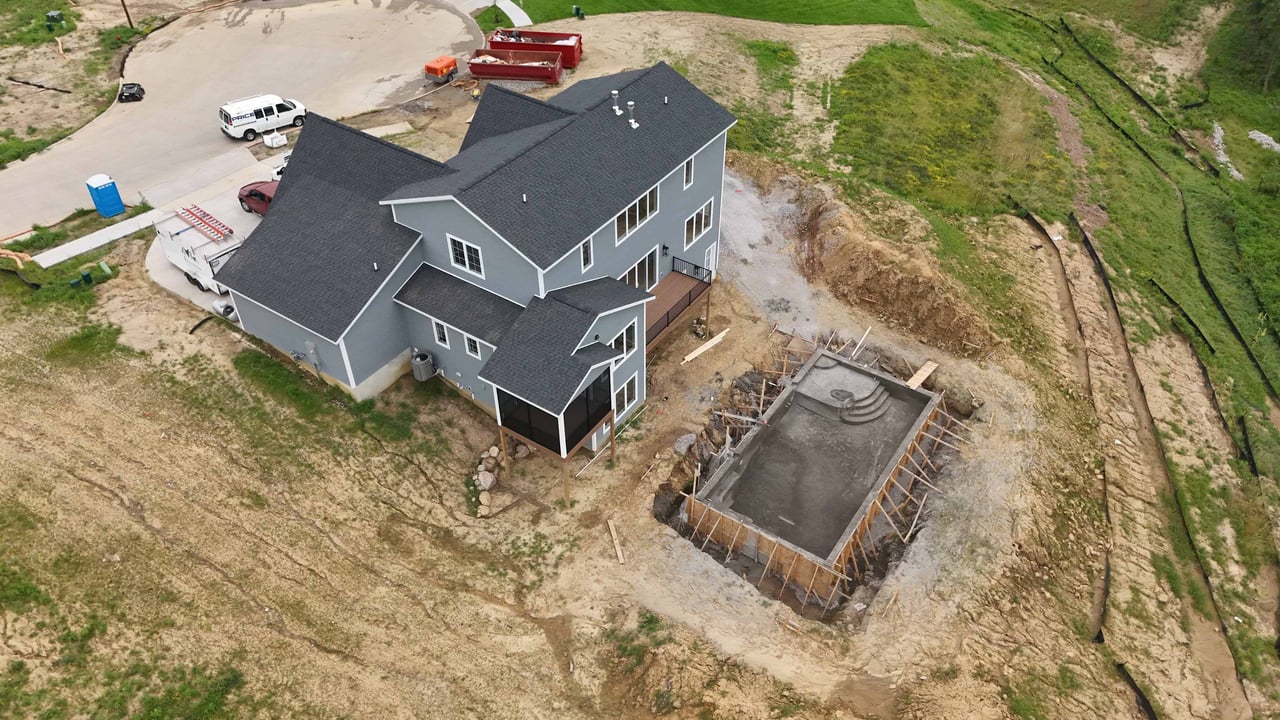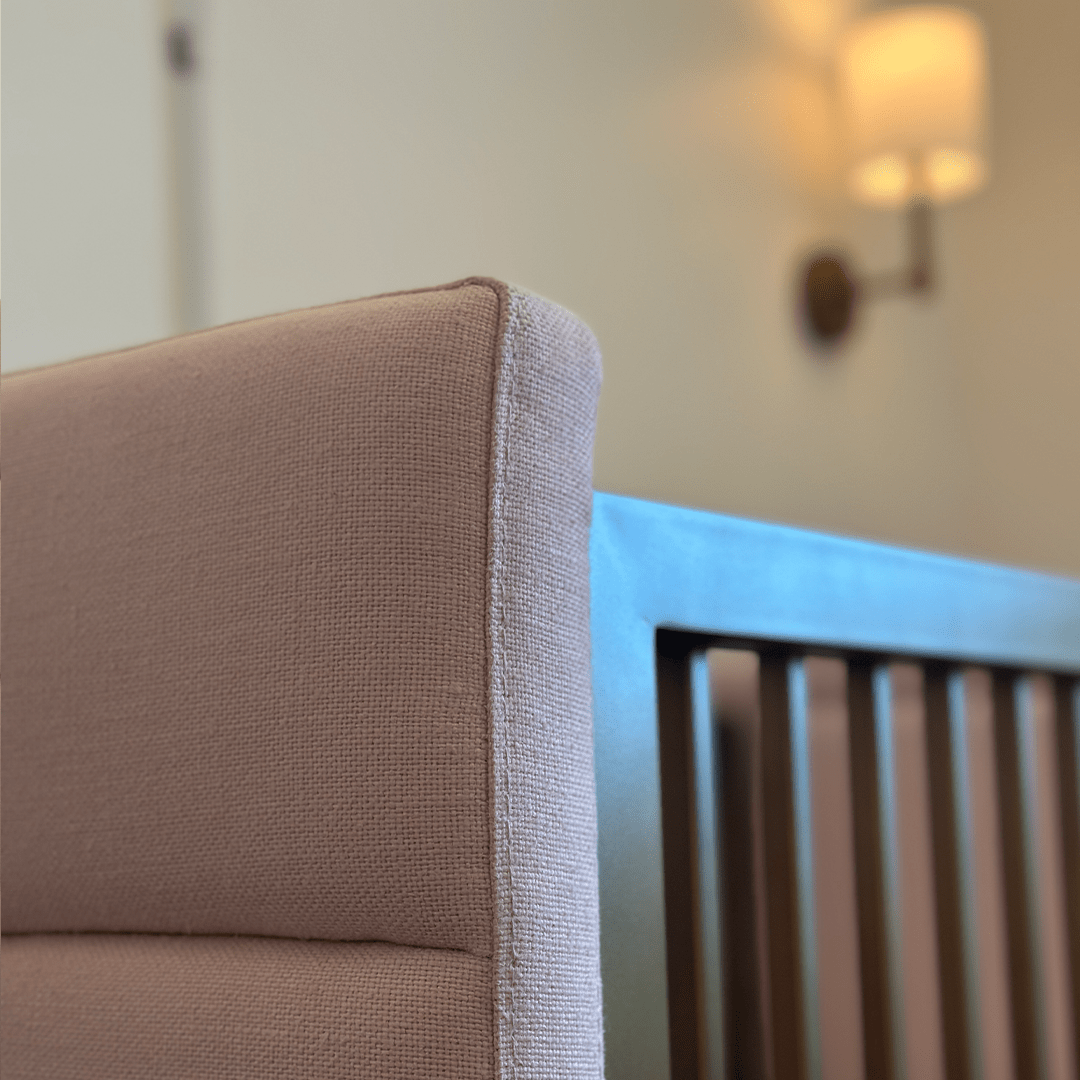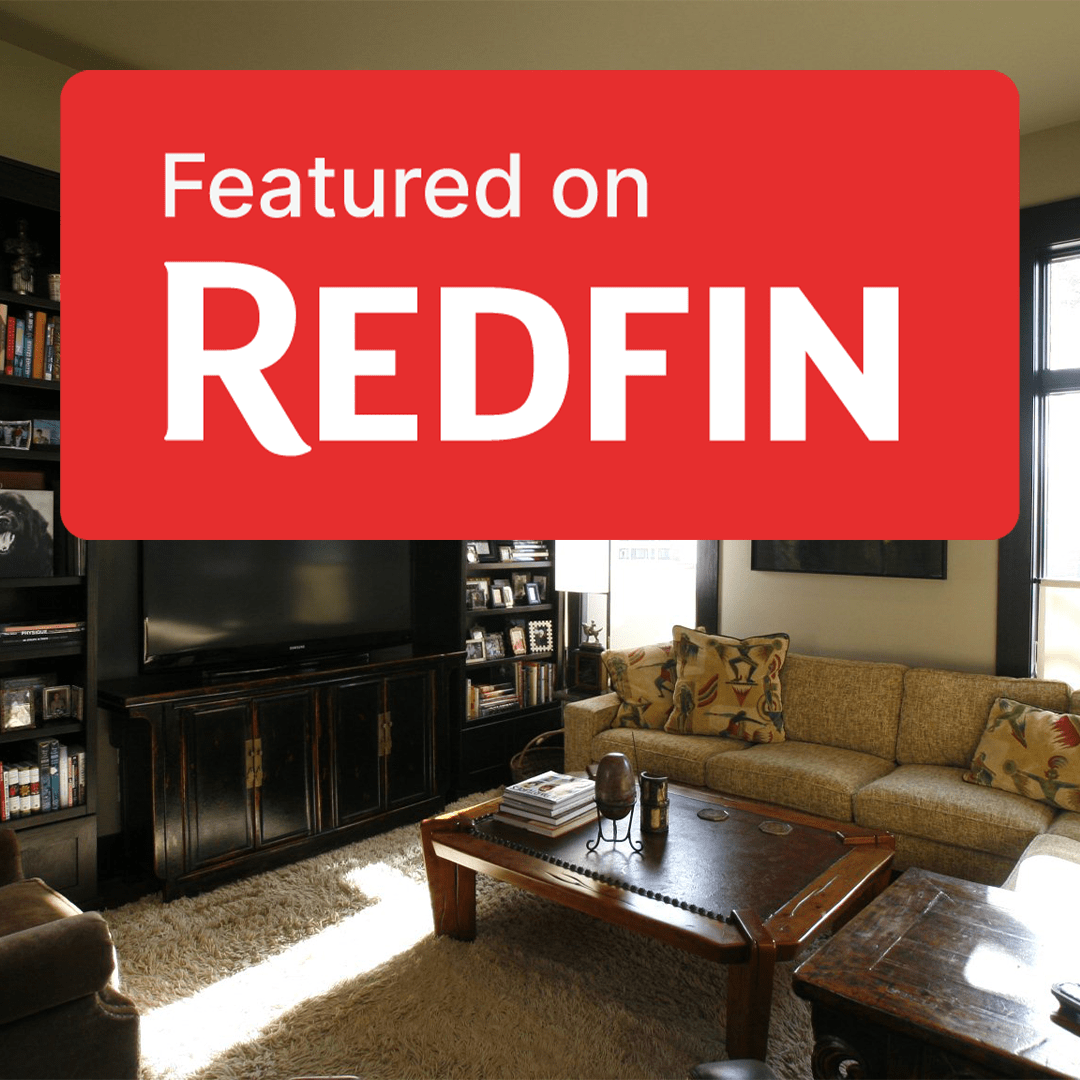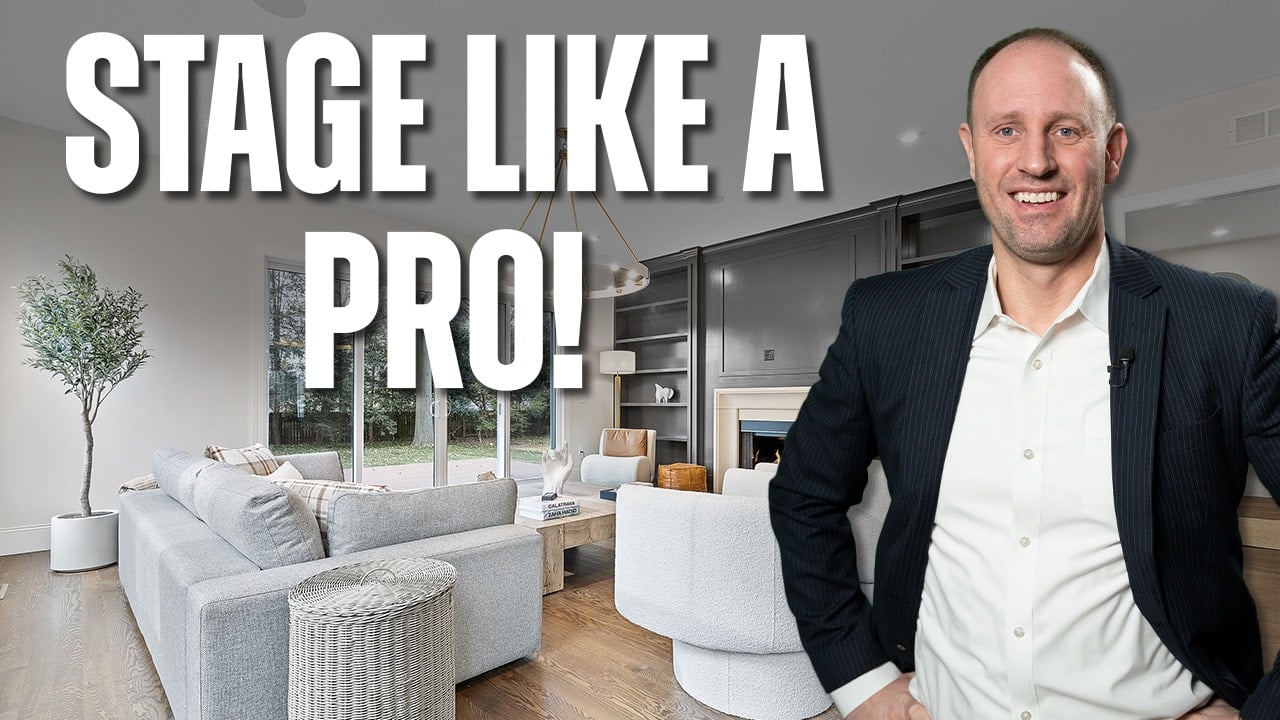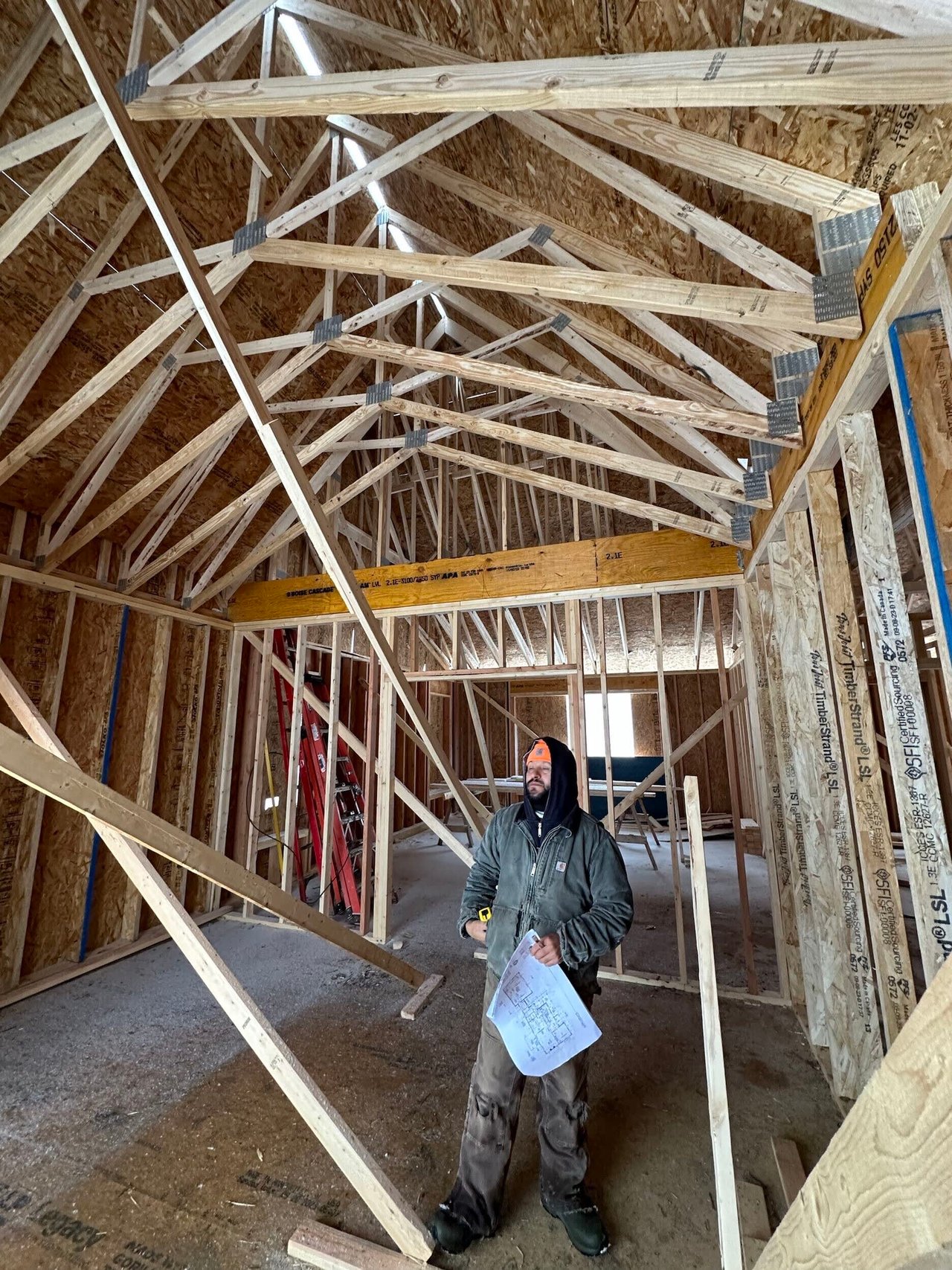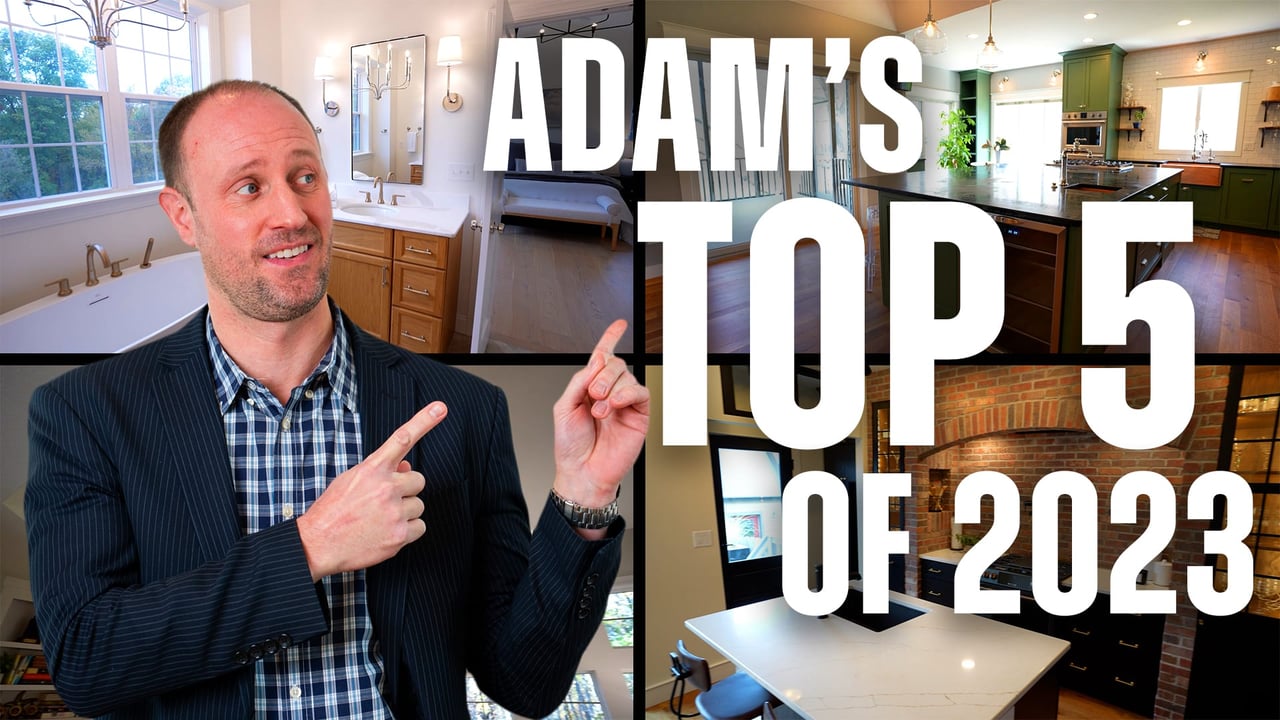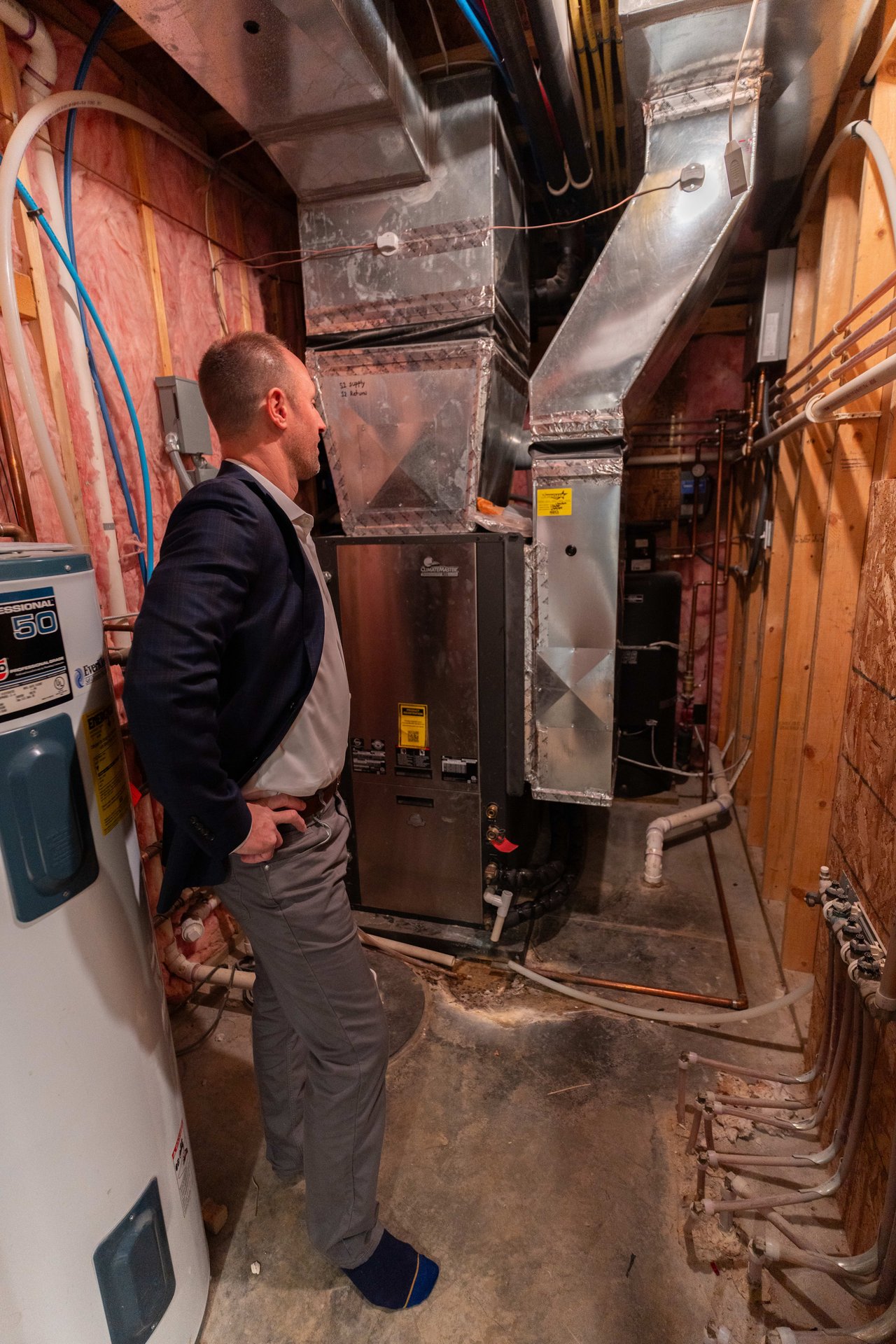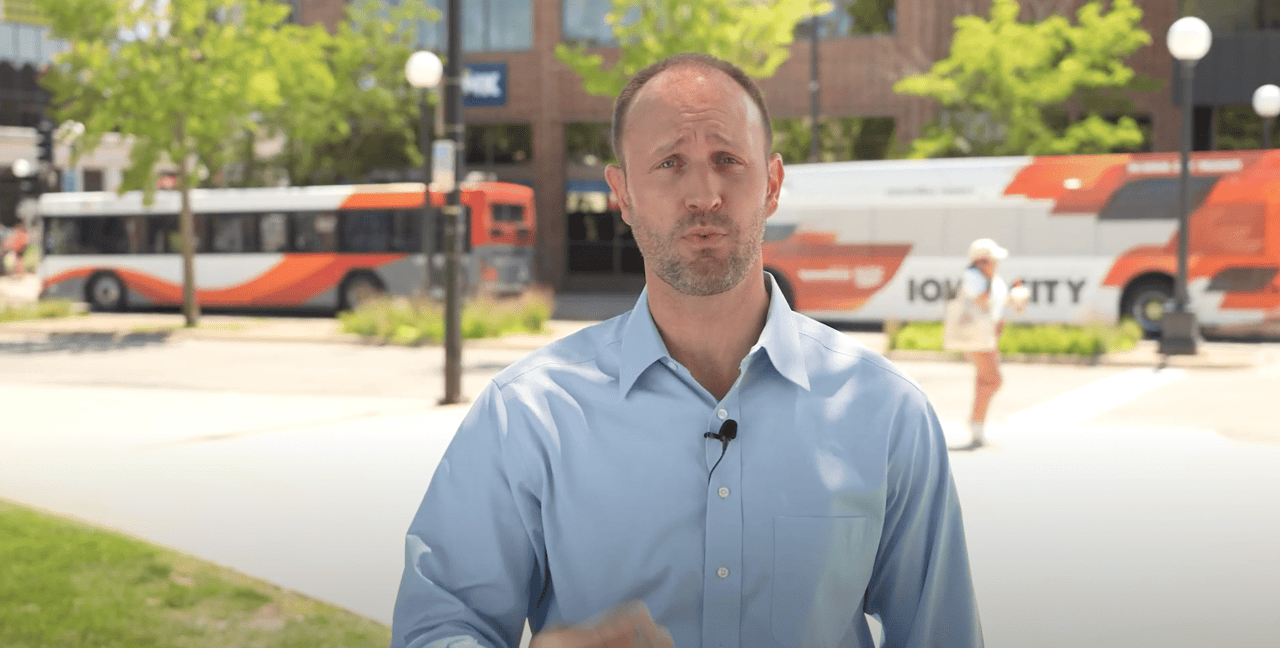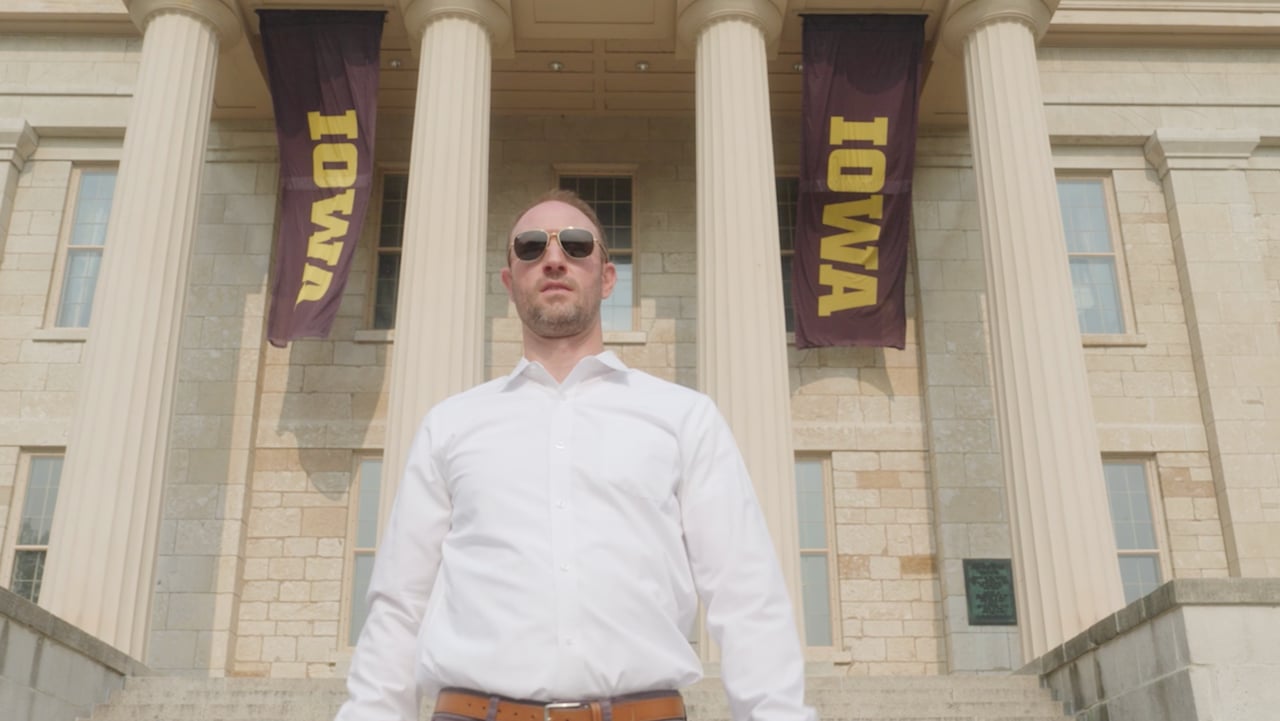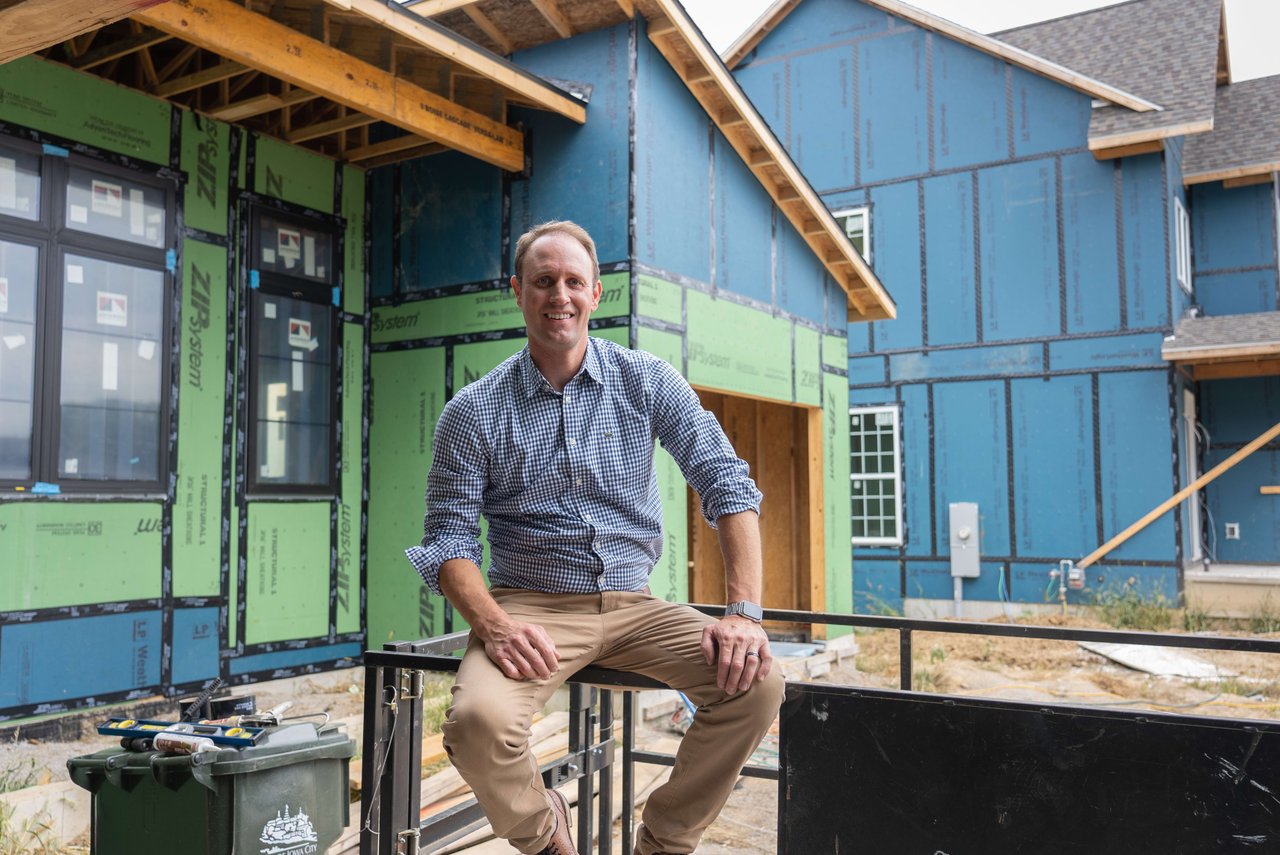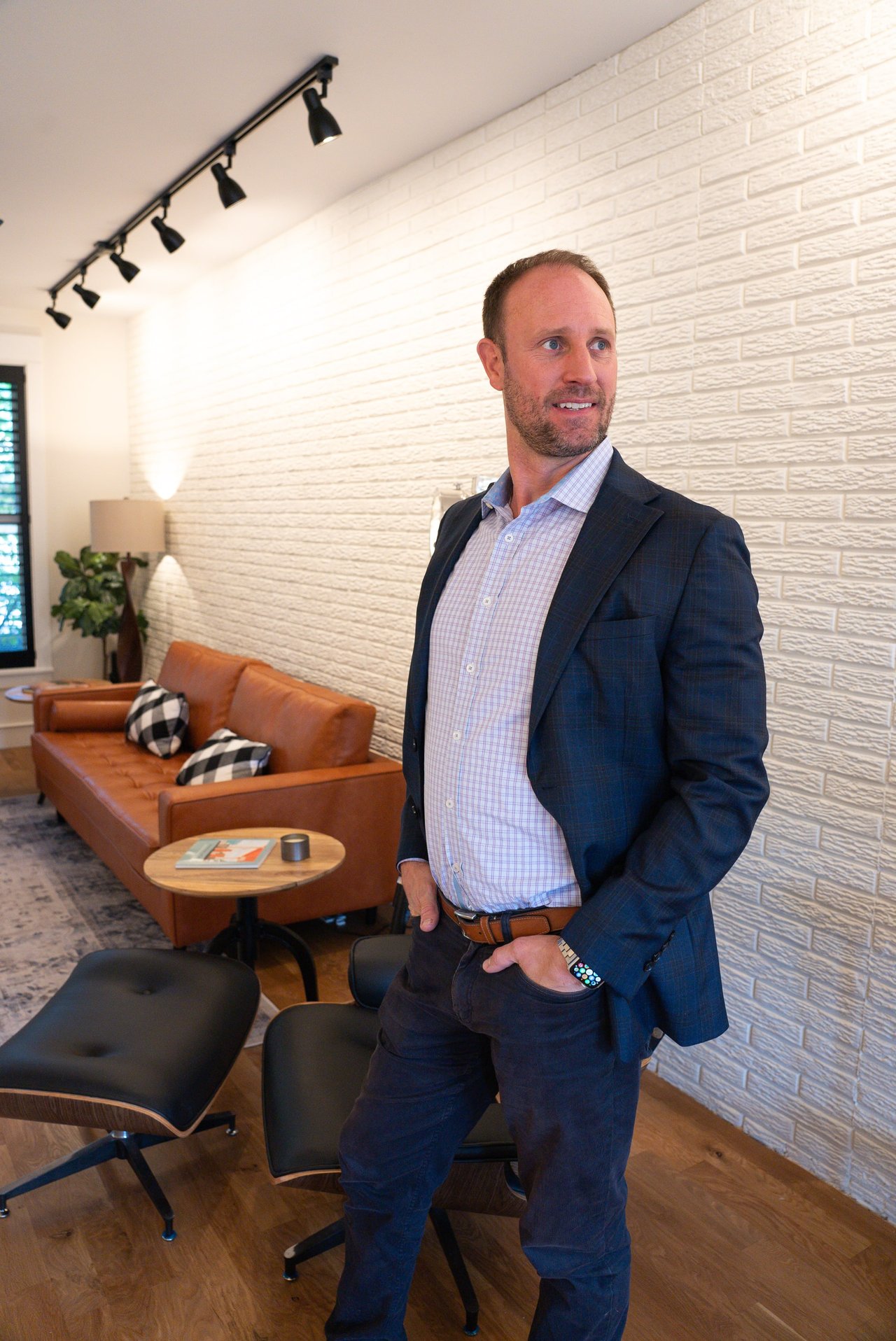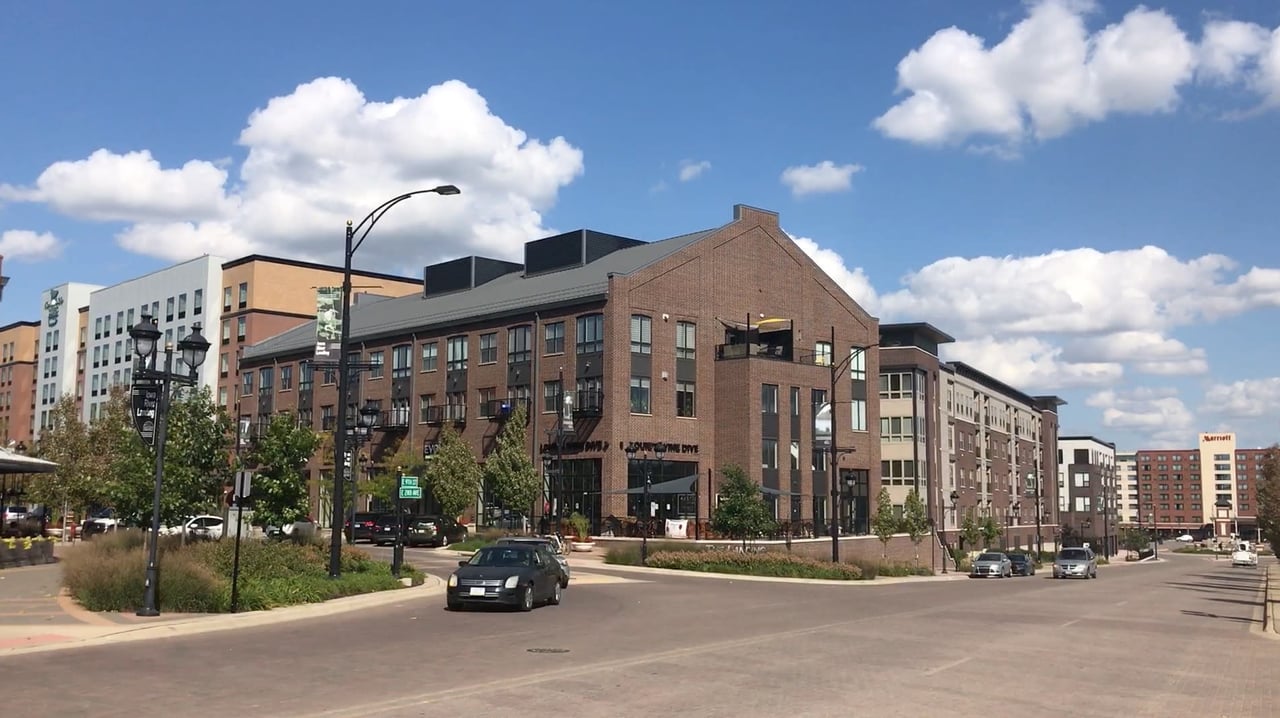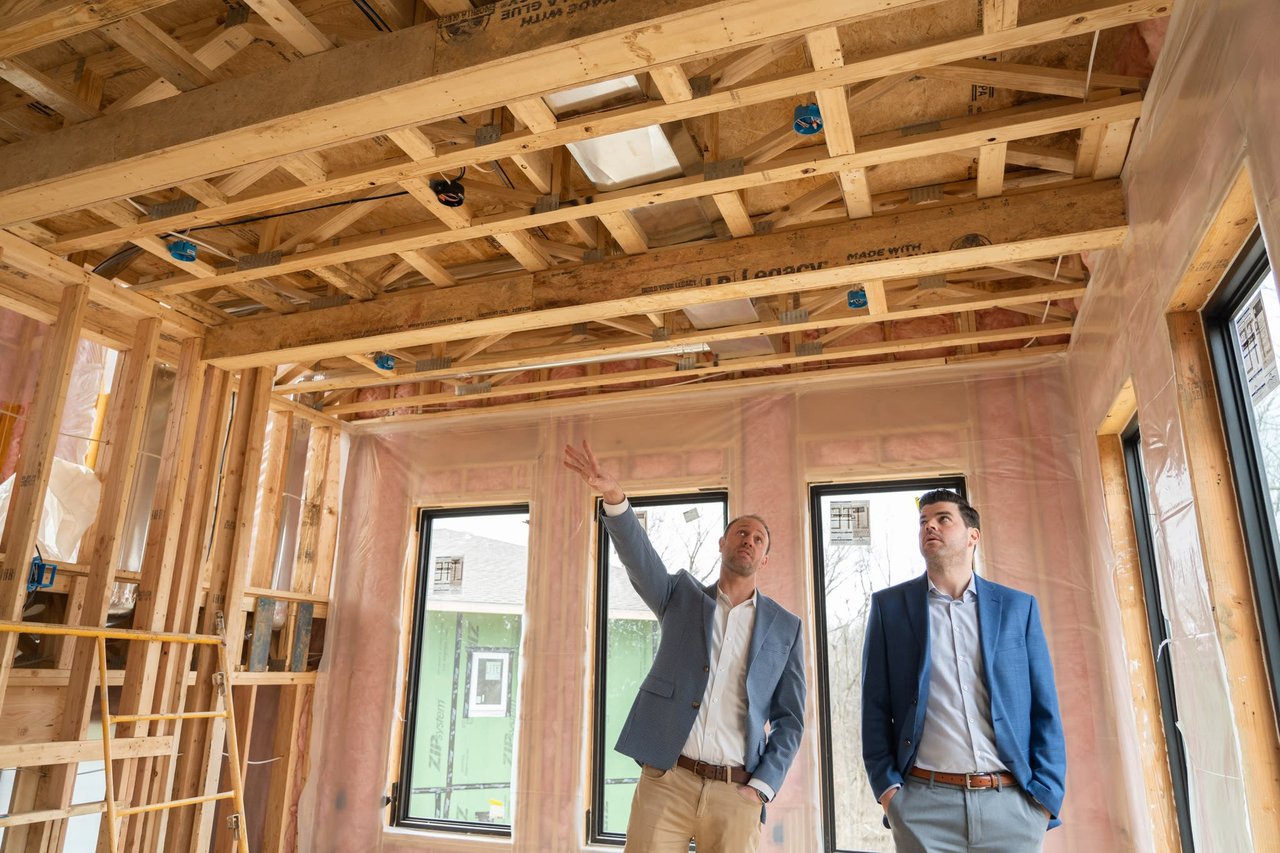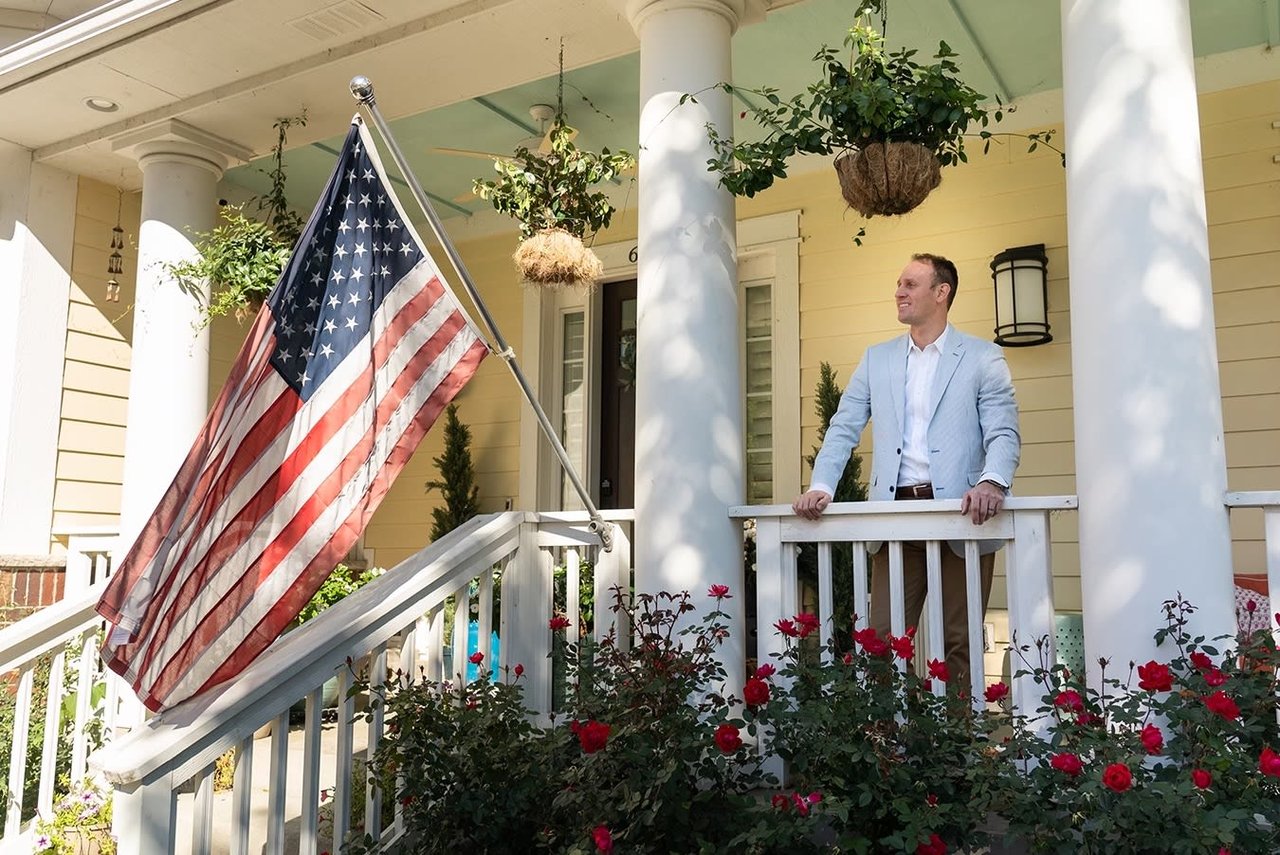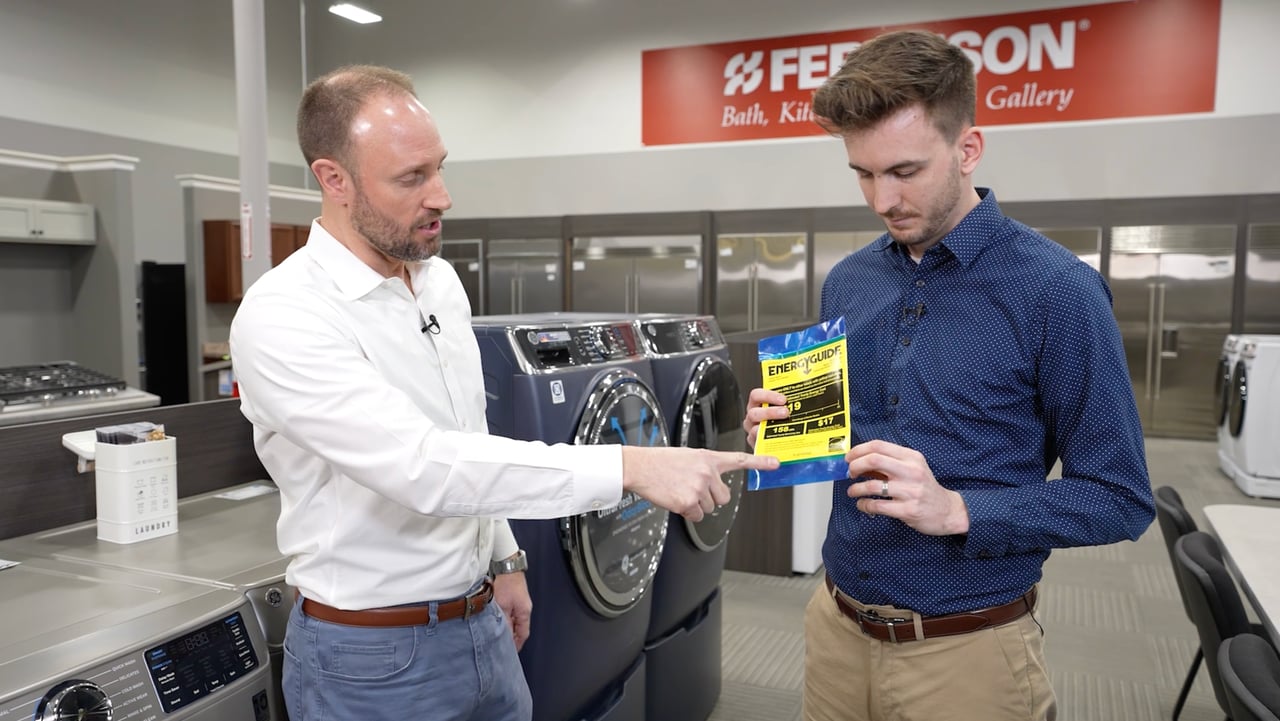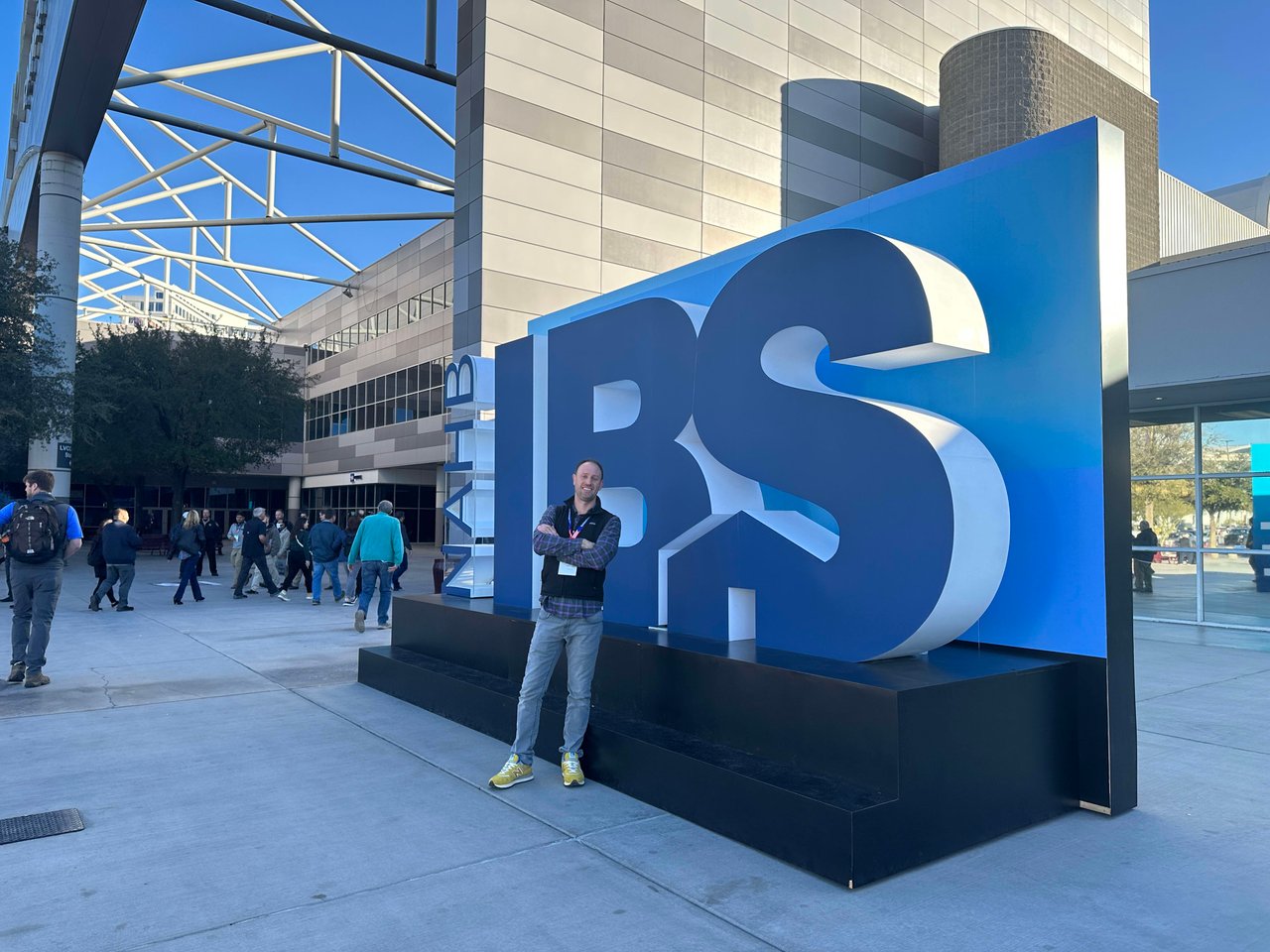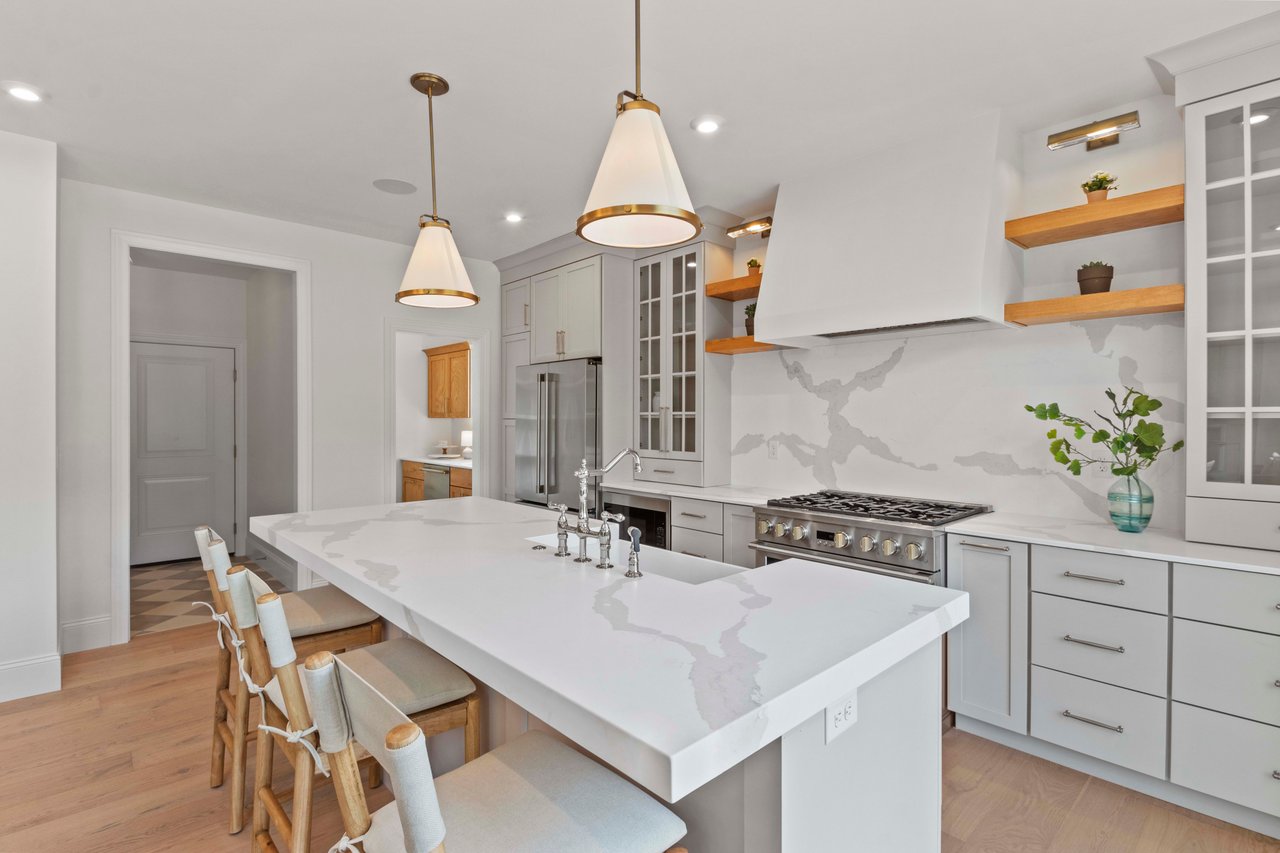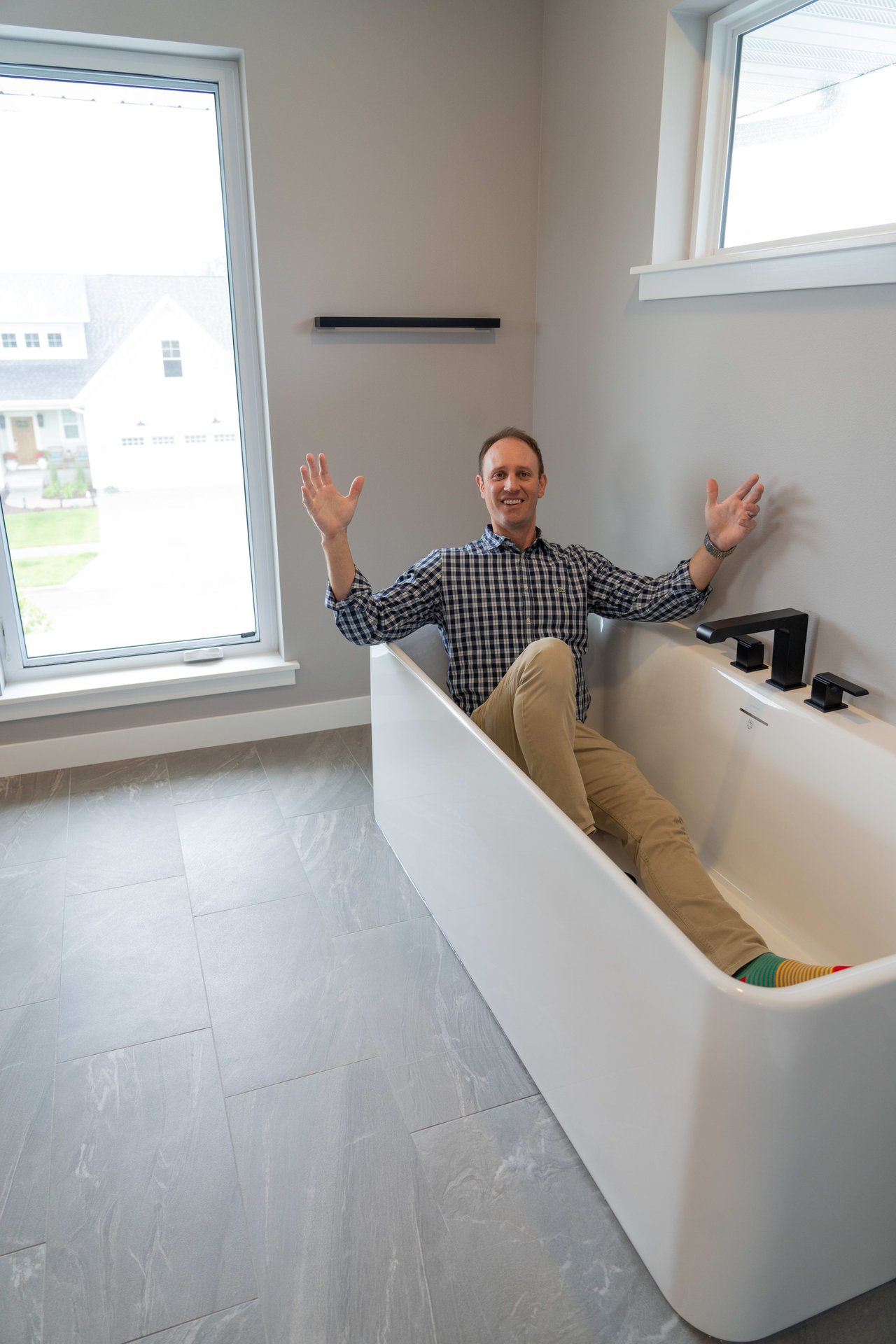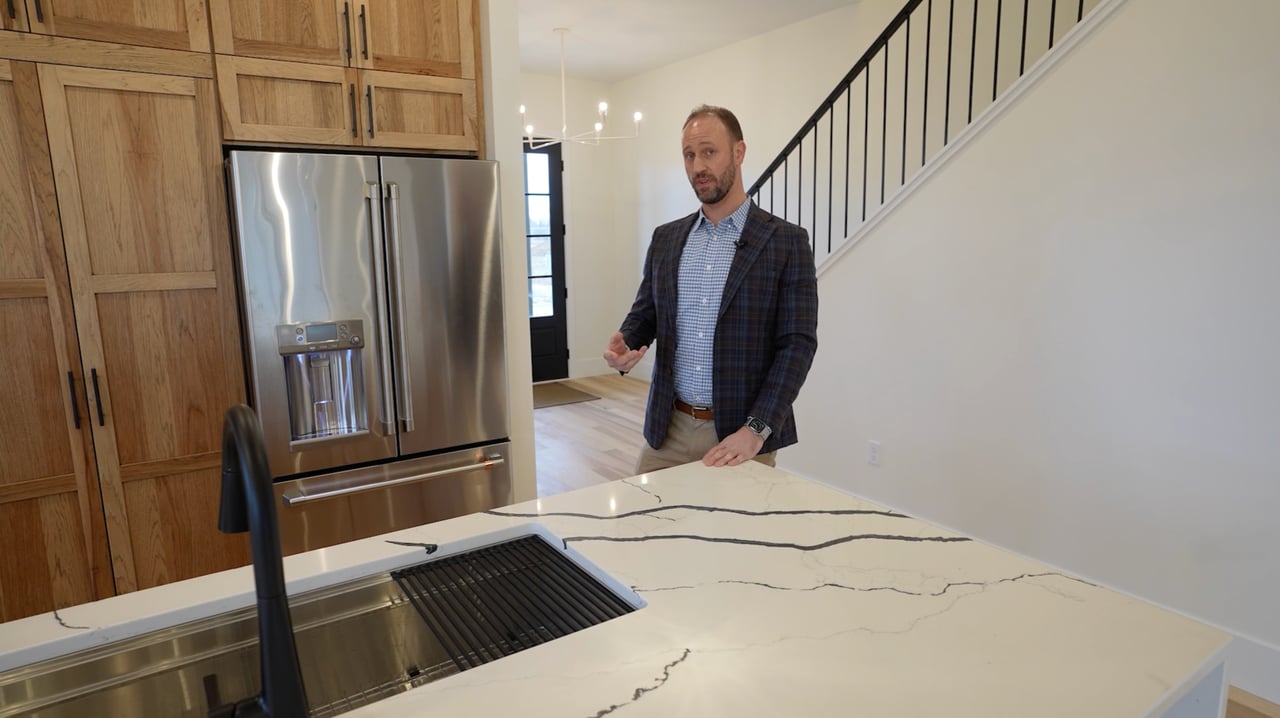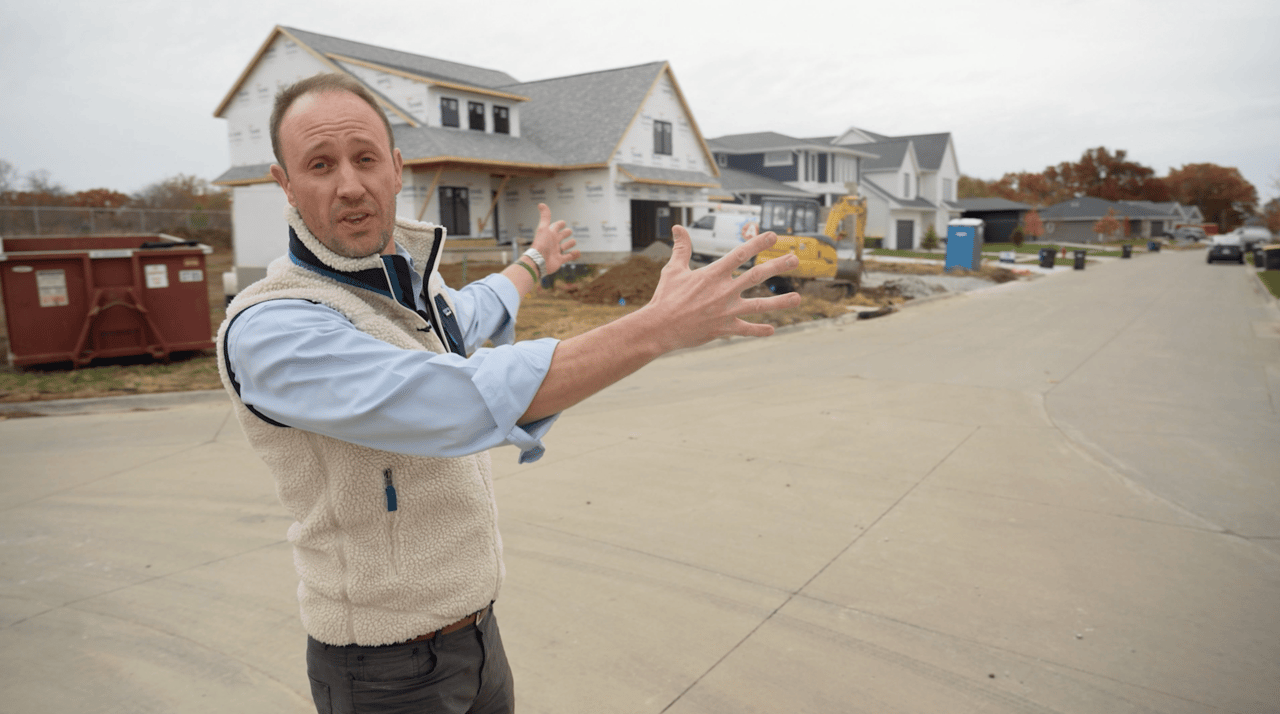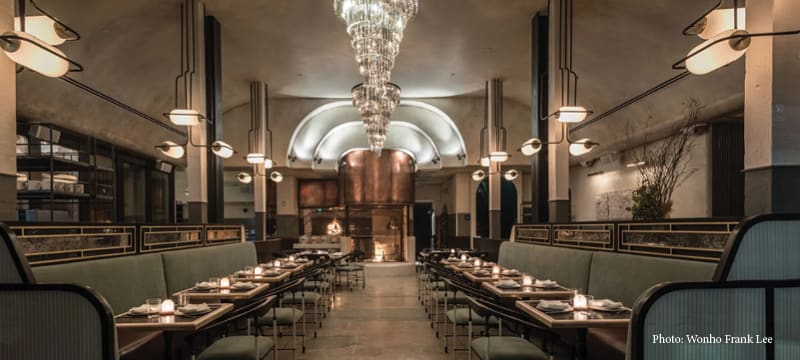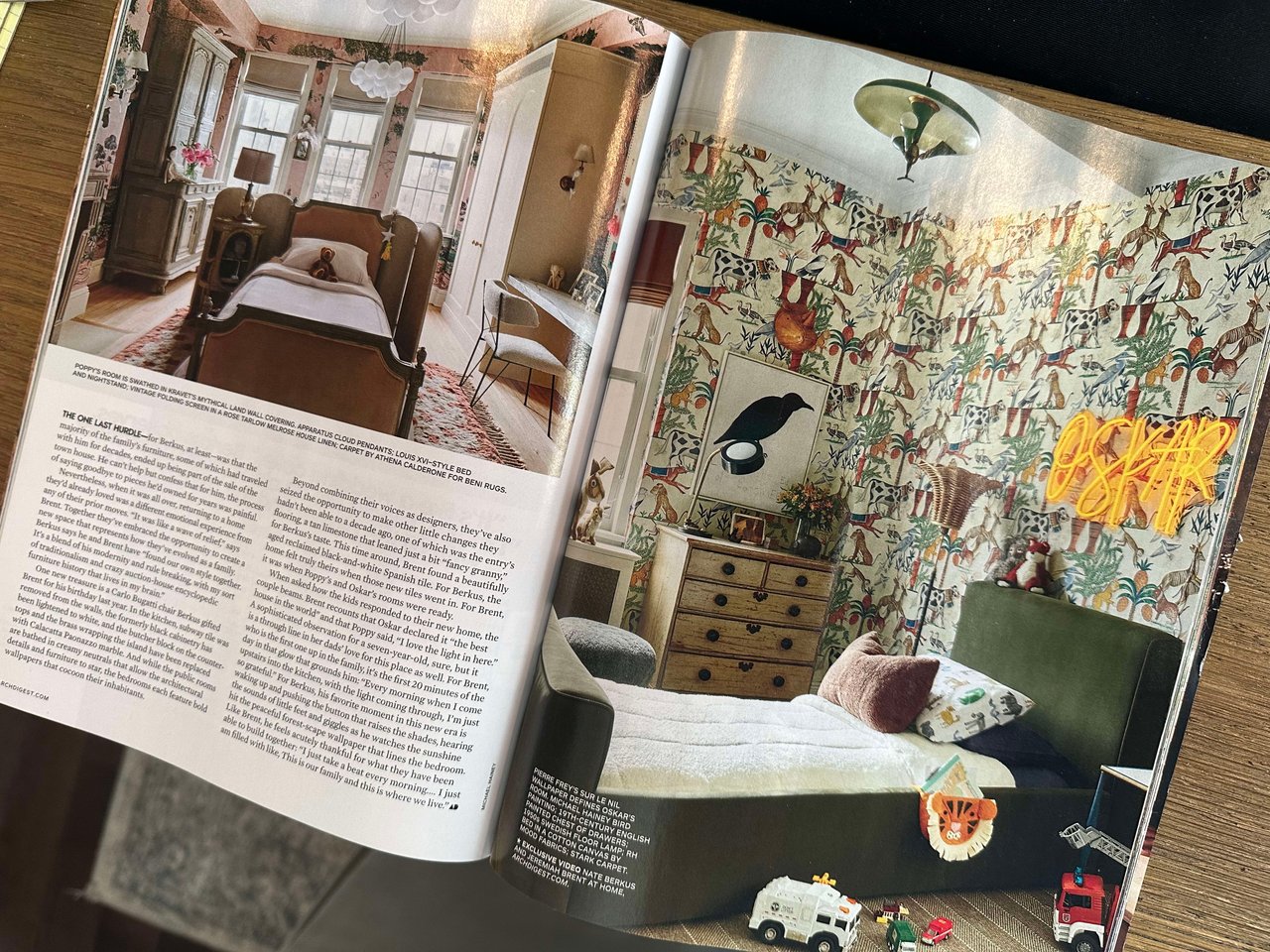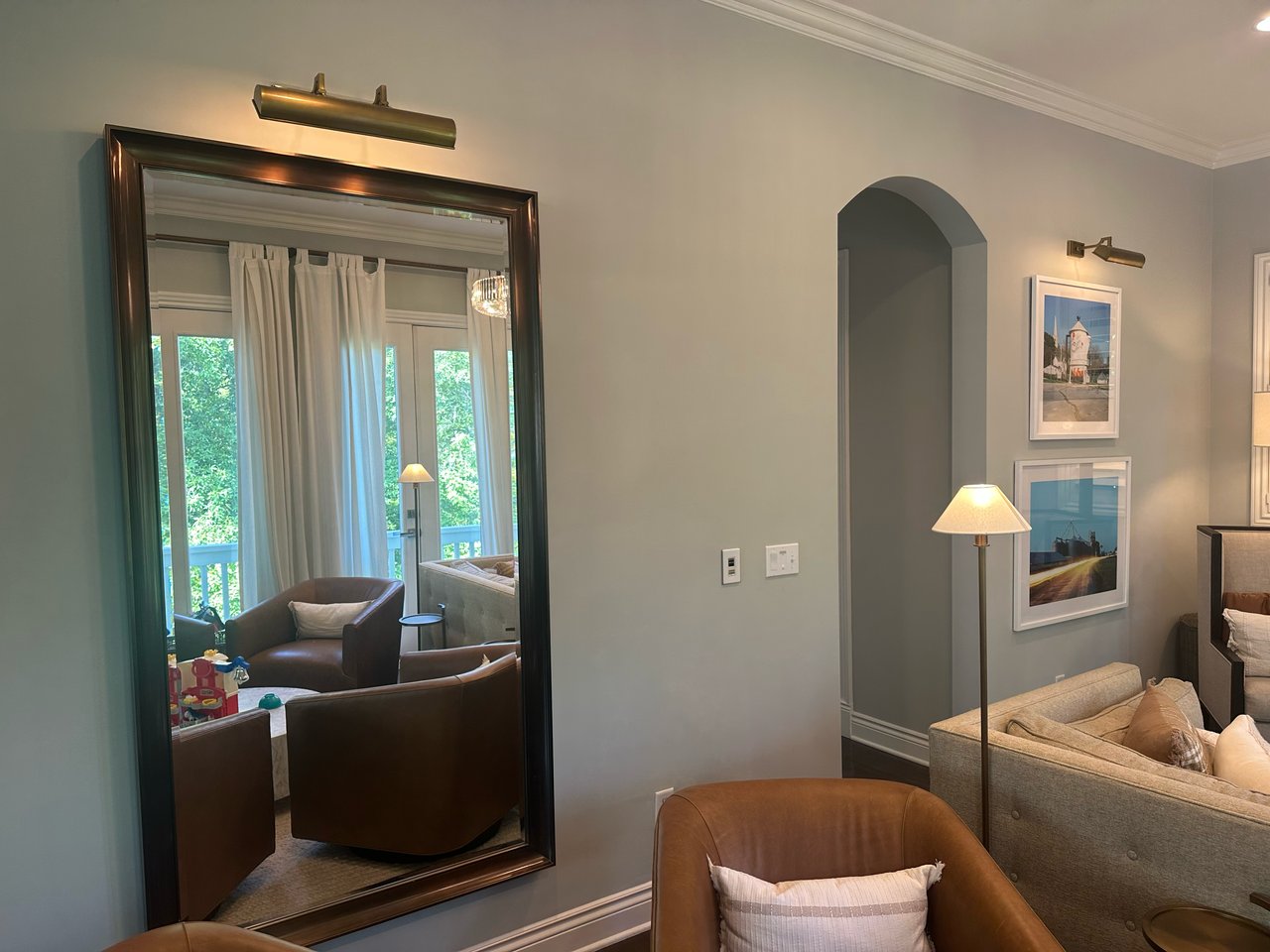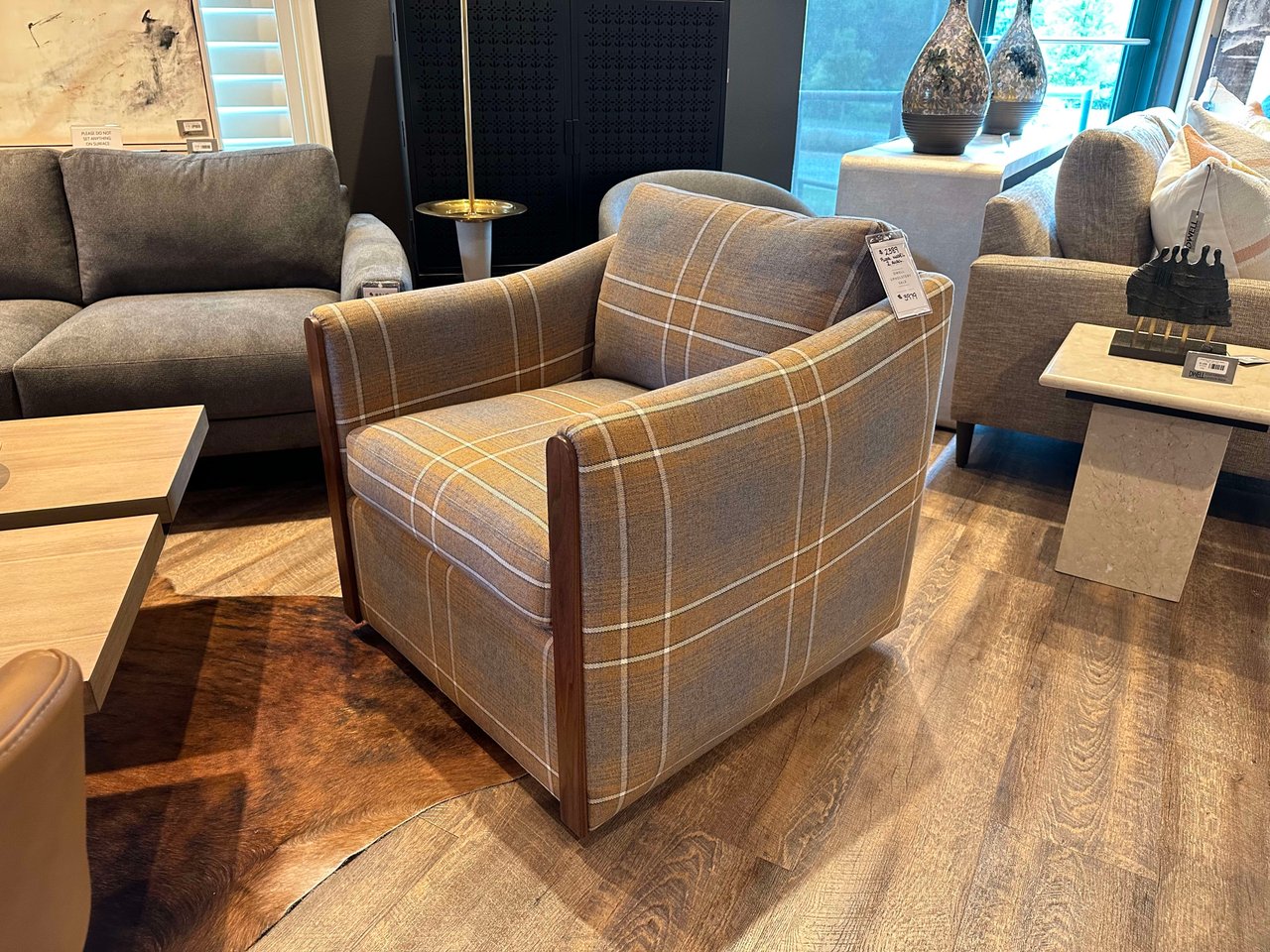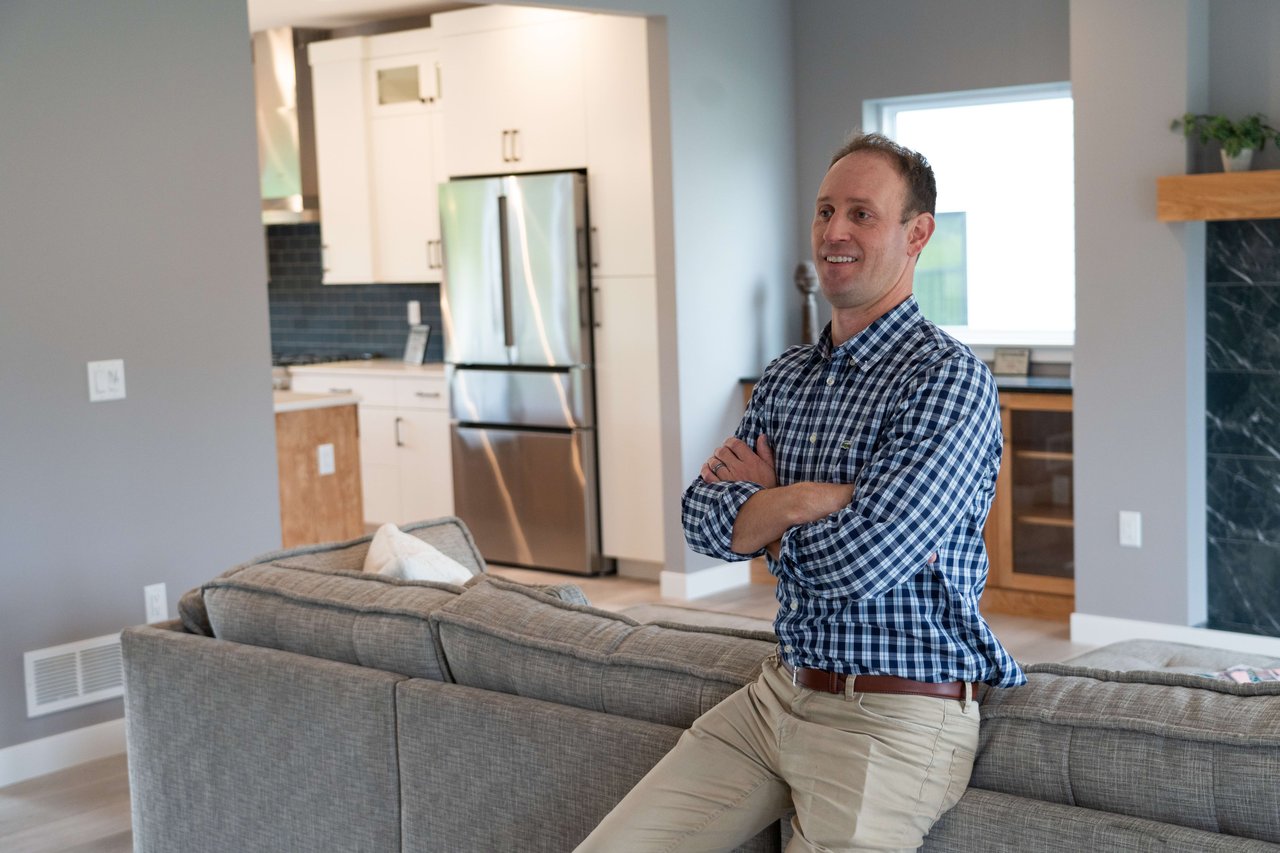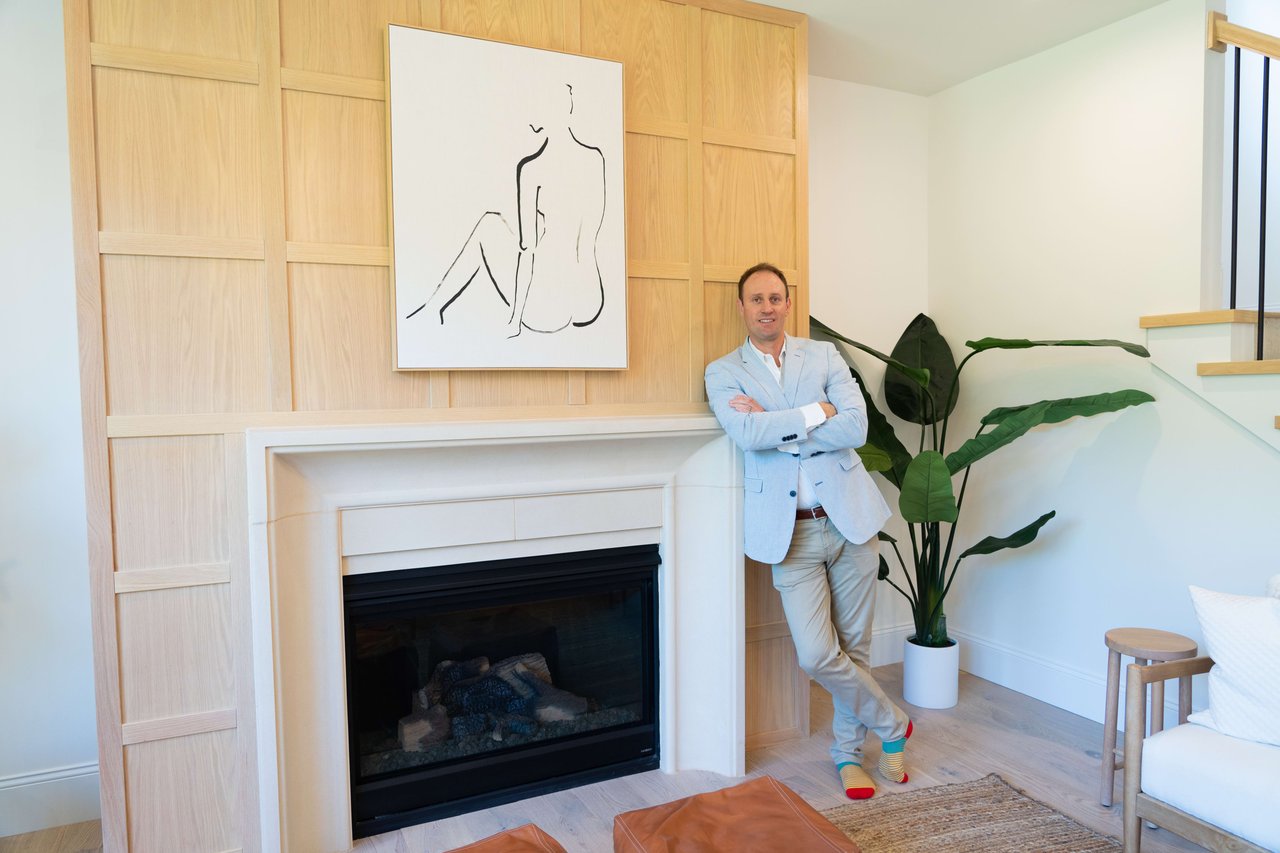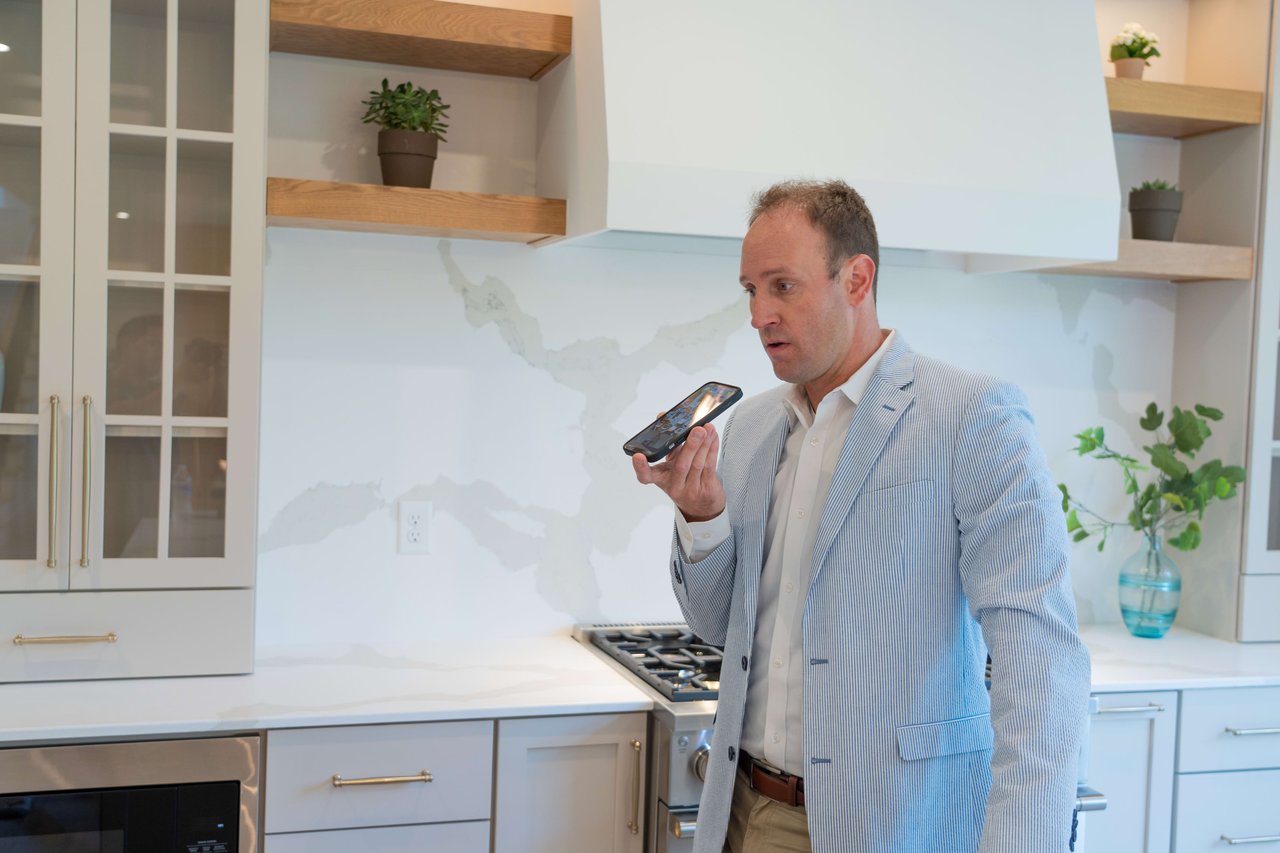A Decade in Review
Top 5 Trends of the 2010 Decade
How the real estate market has changed in a decade.
1. Interior Design
The decade began recovering from the recession. This stalled many construction projects and forced budget materials into construction practice. The result was safe colors, shapes and fabrics avoiding the adventurous and bold. Raw metals, plywood and DIY projects like shiplap became popular. Colors like beiges, grays and blues were considered safe colors. Midcentury modernism was rebooted with replica pieces being offered at mass-market furniture stores from IKEA to Amazon to West Elm. But the biggest trend of the decade was the modern farmhouse. Thanks in large part to HGTV, shows like Fixer Upper created a lifestyle (and a furniture line) of shiplap walls, industrial fixtures, antique furniture and lots of gray, white and black. What’s next? I’d expect sustainability focusing on bio materials, recycling and creating products from waste—boho and industrial styles to shape the next decade.
2. Smart Home
Few devices have changed how we interact with the world more than our smart phones. The smart phone has also changed the way we are able to connect with our homes. From home security, to light automation, to use as a virtual key—the smart phone has changed everything. Go back to 2010, three years after the iPhone arrived, and the phone was still being used for making calls or occasional text or email. A year earlier Apple had announced an apps market but apps were just starting to arrive in 2010. In the following years, some of the biggest distributors would emerge including Uber, AirBNB, and Netflix tv streaming. Apps changed functionality with our homes too. Hardware companies like Kwiskset or Schlage who make deadbolts or garage opener company Chamberlain invested in apps creating smart lock capabilities for our phones that can interact with their devices by opening, closing and locking doors. Smart home technology is a fast growing industry with limitless growth ahead.
3. Electric Vehicles
The electric car has reshaped the automotive industry. Tesla’s Model S, introduced in 2012, ushered in luxury brands like Aston Martin, Porsche, Bugatti, and Lamborghini rushing to create their own electric version of every vehicle in their lineup. Speed records are being beaten each year with the technology improving where electric vehicles able to produce more torque than internal combustion engines making them quicker on the start. Strict new EU regulations are also pushing car manufacturers of all models to invest in alternative energy to stay competitive globally. Electric cars appear to be the future. Factor in the future of high-automated and autonomous driving, a technology that will not only be revolutionary but is already here, and the possibilities of what is next are endless. The most anticipated change is that ride-sharing is the car ownership of the future—see "A Decade Ahead."
4. Rent Vs Own
This last 10 years have been the rental housing decade. In the United States, 34 percent now rent. Fueled by more rental demand, not since the 1960’s have the rental rates been so high with average rents in the past decade having increased 36 percent or $390 per month—outpacing median home prices and median income. Rental construction growth has increased to a boom not seen since the 1980’s. Of the newly built rental housing, 40 percent were classified as luxury. The biggest area of rental growth were not city centers, but suburbs, which added 17 percent compared to cities at 14 percent of residents renting.
5. Growth
This past decade saw large growth across the area with the cities of 2010 being very different than the cities they are today. In Iowa City, the city races to add more water towers to allow future growth to its limited water pressure from expansion on the west and notably growth on the east sides of the city. North Liberty is estimated to have doubled its population this past decade from 7,224 in 2004 to 19,239 (estimate) in 2018. Tiffin however has been the leader in growth touted as the fastest growing city in Iowa from 2010 to 2019. Coralville is now land-locked by Iowa City to the south and east, North Liberty to the north, and Tiffin to the west. To accommodate its growth, more buildings are being built up. The largest employer, the University of Iowa, is adding two new academic and research buildings and construction begins on a new art museum among numerous other renovations planned for its aging buildings, some being retired and torn down. But this is just the beginning. Unpresented growth for the area is expected to increase the population 75% in the next decade.
